This is section 1, covering sheets 1 through 10 of 65 pages from the archives of the U.S. Navy in a declassified document.
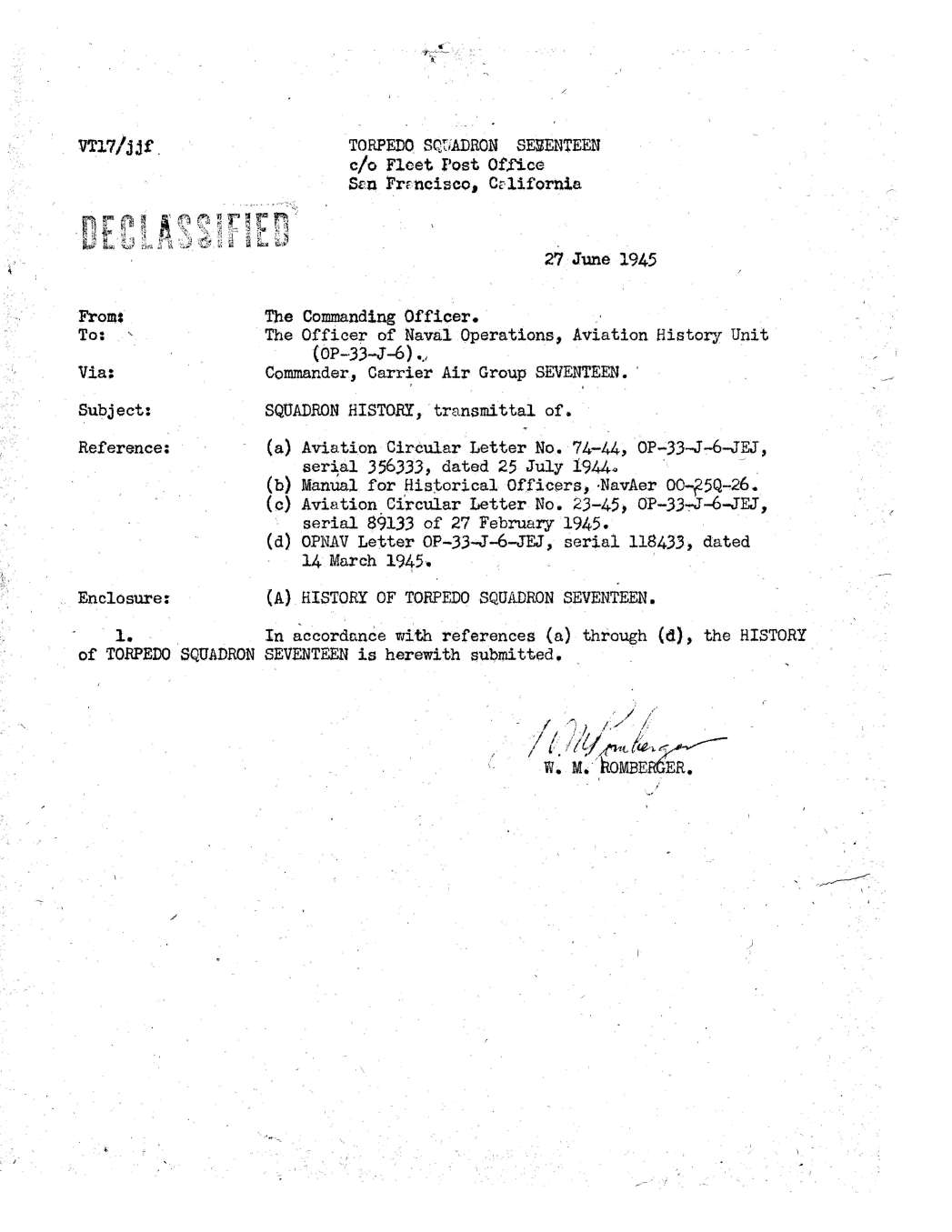
TORPEDO SQUADRON SEVENTEEN
c/o Fleet Post Office
San Francisco, California
DECLASSIFIED
27 June 1945
From: The Commanding Officer.
To: The Officer of Naval Operations, Aviation History Unit (OP-33-J-6).
Via: Commander, Carrier Air Group SEVENTEEN.
Subject: SQUADRON HISTORY, transmittal of.
Reference: (a) Aviation Circular Letter No. 74-44, OP-33-J-6-JEJ, serial 356333, dated 25 July 1944.
(b) Manual for Historical Officers, NavAer 00-25Q-26.
(c) Aviation Circular Letter No. 23-45, OP-33-J-6-JEJ, serial 89133 of 27 February 1945.
(d) OPNAV Letter OP-33-J-6-JEJ, serial 118433, dated 14 March 1945.
Enclosure: (A) HISTORY OF TORPEDO SQUADRON SEVENTEEN.
1. In accordance with references (a) through (d), the HISTORY of TORPEDO SQUADRON SEVENTEEN is herewith submitted.
/signed/ W.M. ROMBERGER.
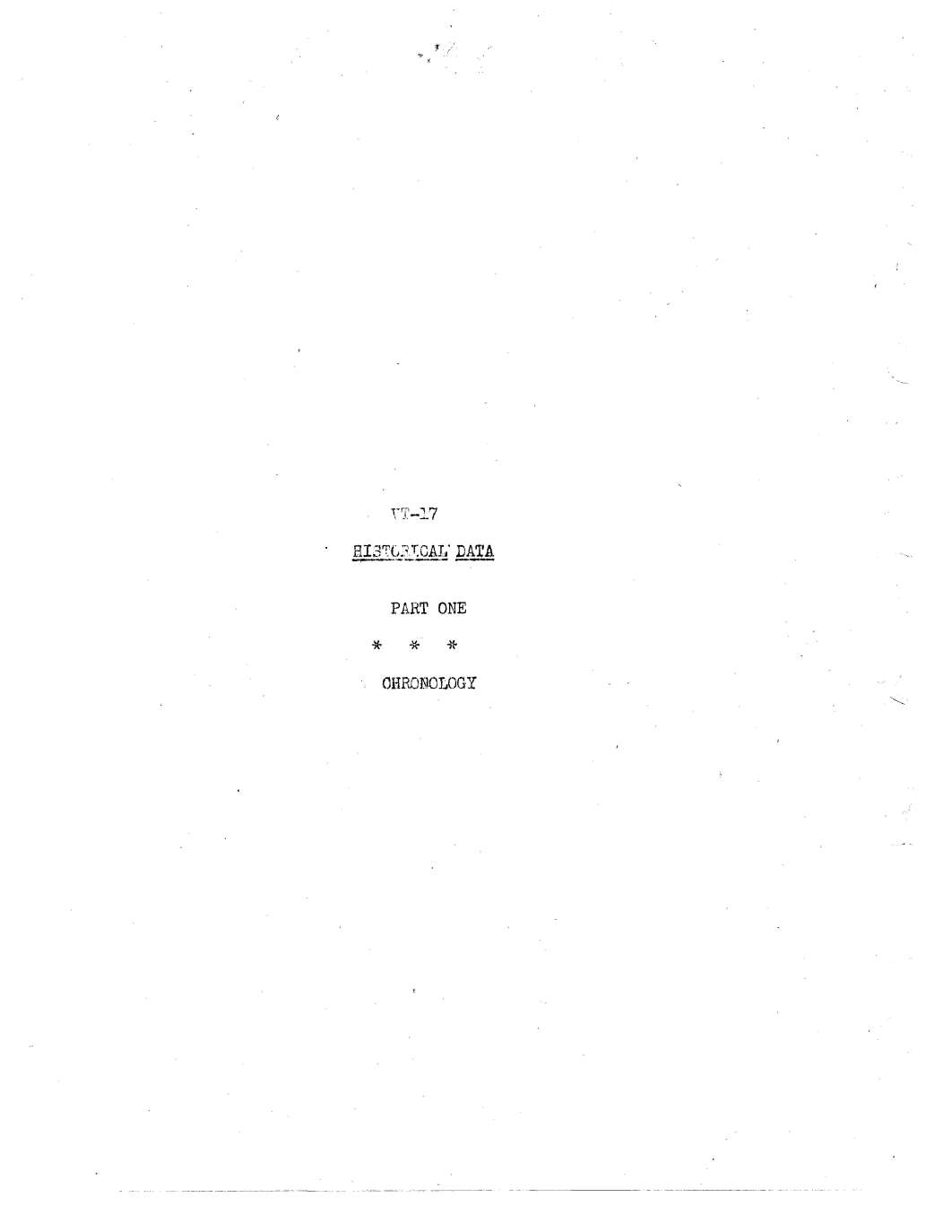
VT-17
HISTORICAL DATA
PART ONE
* * *
CHRONOLOGY
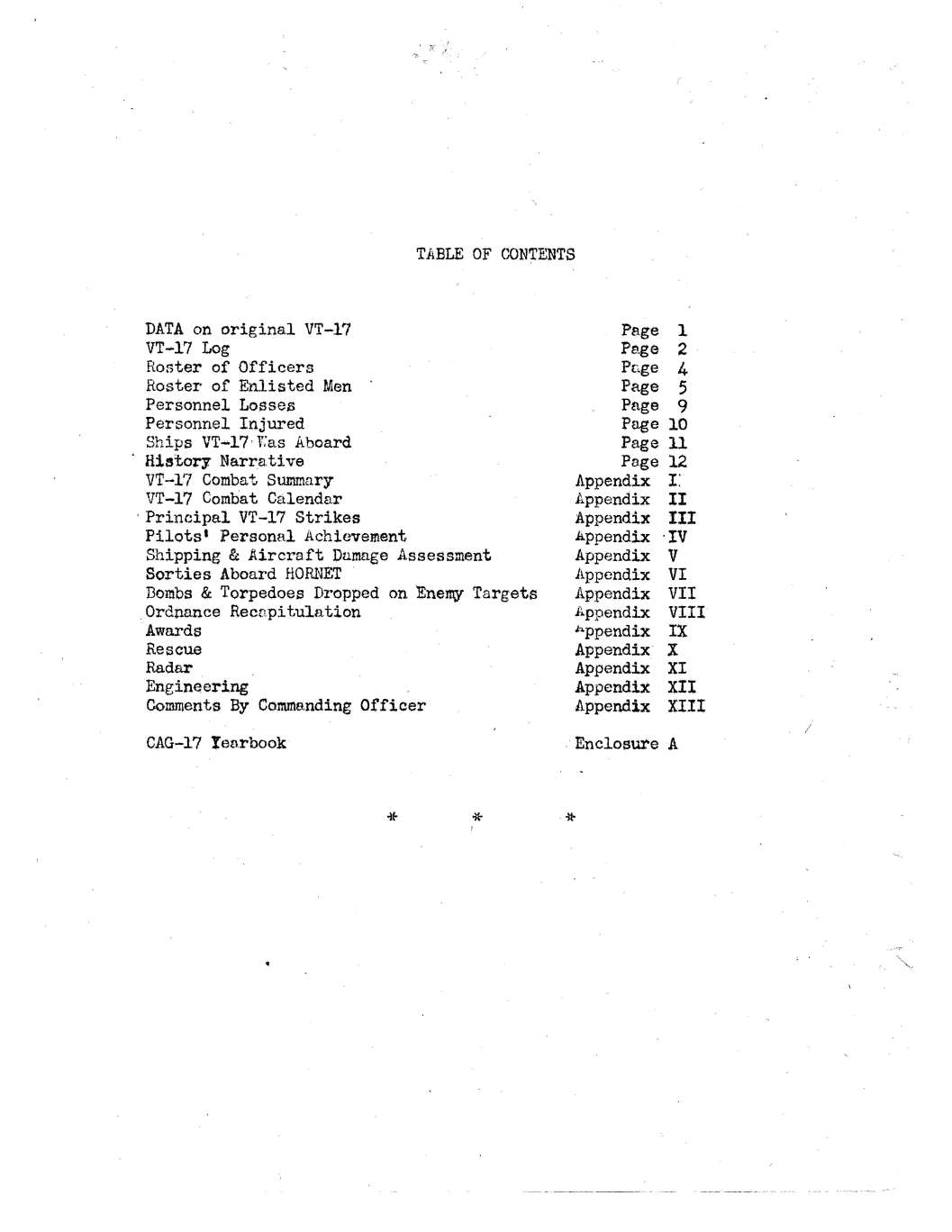
TABLE OF CONTENTS
DATA on original VT-17 Page 1
VT-17 Log Page 2
Roster of Officers Page 4
Roster of Enlisted Men Page 5
Personnel Losses Page 9
Personnel Injured Page 10
Ships VT-17 Was Aboard Page 11
History Narrative Page 12
VT-17 Combat Summary Appendix I
VT-17 Combat Calendar Appendix II
Principal VT-17 Strikes Appendix III
Pilots’ Personal Achievement Appendix IV
Shipping & Aircraft Damage Assessment Appendix V
Sorties Aboard HORNET Appendix VI
Bombs & Torpedoes Dropped on Enemy Targets Appendix VII
Ordnance Recapitulation Appendix VIII
Awards Appendix IX
Rescue Appendix X
Radar Appendix XI
Engineering Appendix XII
Comments By Commanding Officer Appendix XIII
CAG-17 Yearbook Enclosure A
* * *
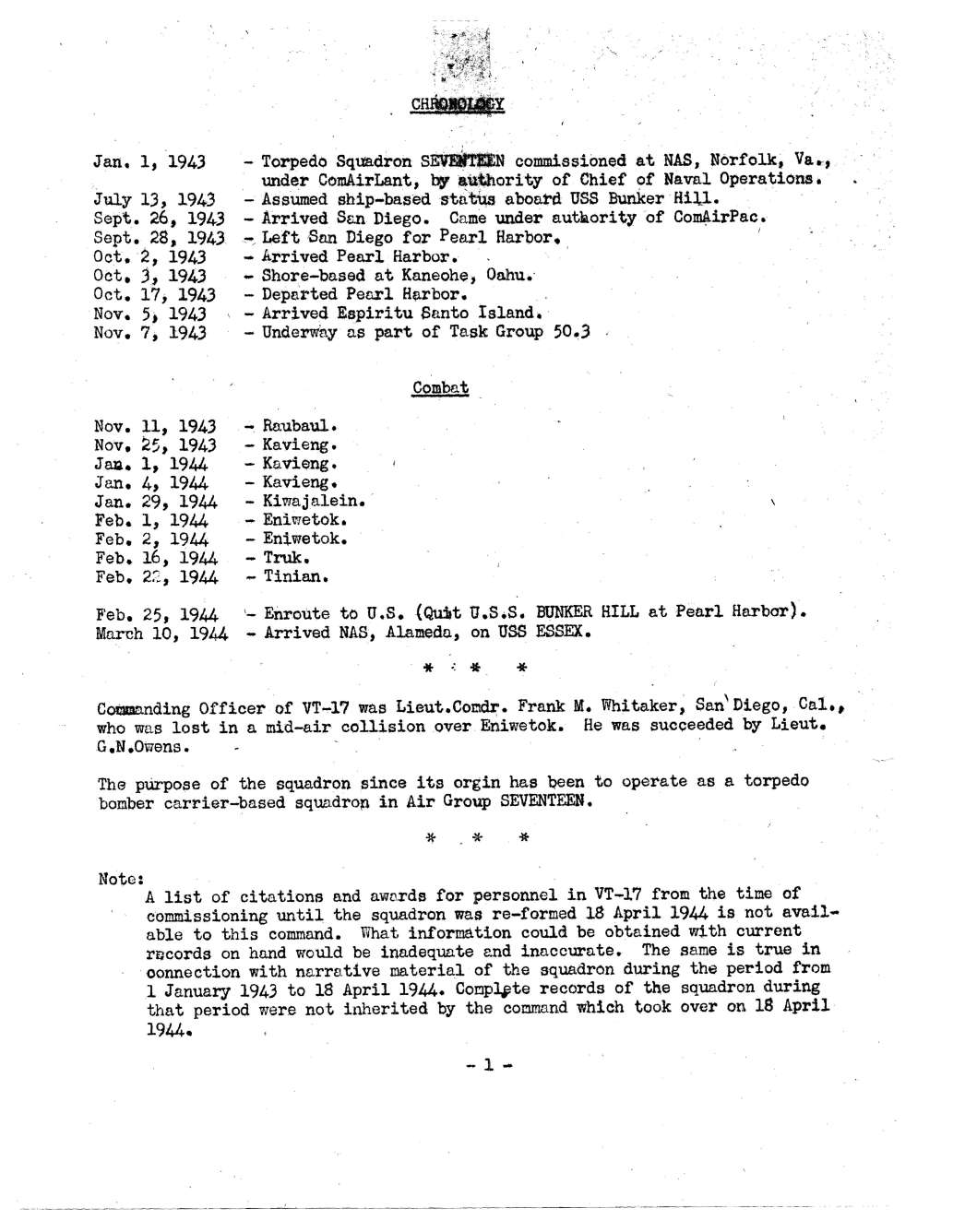
CHRONOLOGY
Jan. 1, 1943 – Torpedo Squadron SEVENTEEN commissioned at NAS, Norfolk, VA., under ComAirLant, by authority of Chief of Naval Operations.
July 13, 1943 – Assumed ship-based status aboard USS Bunker Hill.
Sept. 26, 1943 – Arrived San Diego. Came under authority of ComAirPac.
Sept. 28, 1943 – Left San Diego for Pearl Harbor.
Oct. 2, 1943 – Arrived Pearl Harbor.
Oct. 3, 1943 – Shore-based at Kaneohe, Oahu.
Oct. 17, 1943 – Departed Pearl Harbor.
Nov. 5, 1943 – Arrived Espiritu Santo Island.
Nov. 7, 1943 – Underway as part of Task Group 50.3 (This was the “Southern Attack Force lead by Rear Admiral Alfred E. Montgomery aboard the USS Essex)
Combat
Nov. 11, 1943 – Raubaul.
Nov. 25, 1943 – Kavieng.
Jan. 1, 1944 – Kavieng.
Jan. 4, 1944 – Kavieng.
Jan. 29, 1944 – Kiwajalein.
Feb. 1, 1944 – Eniwetok.
Feb. 2, 1944 – Eniwetok.
Feb. 16, 1944 – Truk.
Feb. 22, 1944 – Tinian.
Feb. 25, 1944 – Enroute to U.S. (Quit U.S.S. BUNKER HILL at Pearl Harbor).
March 10, 1944 – Arrived NAS, Alameda, on USS ESSEX.
* * *
Commanding Officer of VT-17 was Lieut. Comdr. Frank M. Whitaker, San Diego, Cal., who was lost in a mid-air collision over Eniwetok. He was succeeded by Lieut. G.N. Owens.
The purpose of the squadron since its origin has been to operate as a torpedo bomber carrier-based squadron in Air Group SEVENTEEN.
* * *
Note:
A list of citations and awards for personnel in VT-17 from the time of commissioning until the squadron was re-formed 18 April 1944 is not availabl to this command. What information could be obtained with current records on hand would be inadequate and inaccurate. The same is true in connection with narrative material of the squadron during the period from 1 January 1943 to 18 April 1944. Complete records of the squadron during that period were not inherited by the command which took over on 18 April 1944.
– 1 –
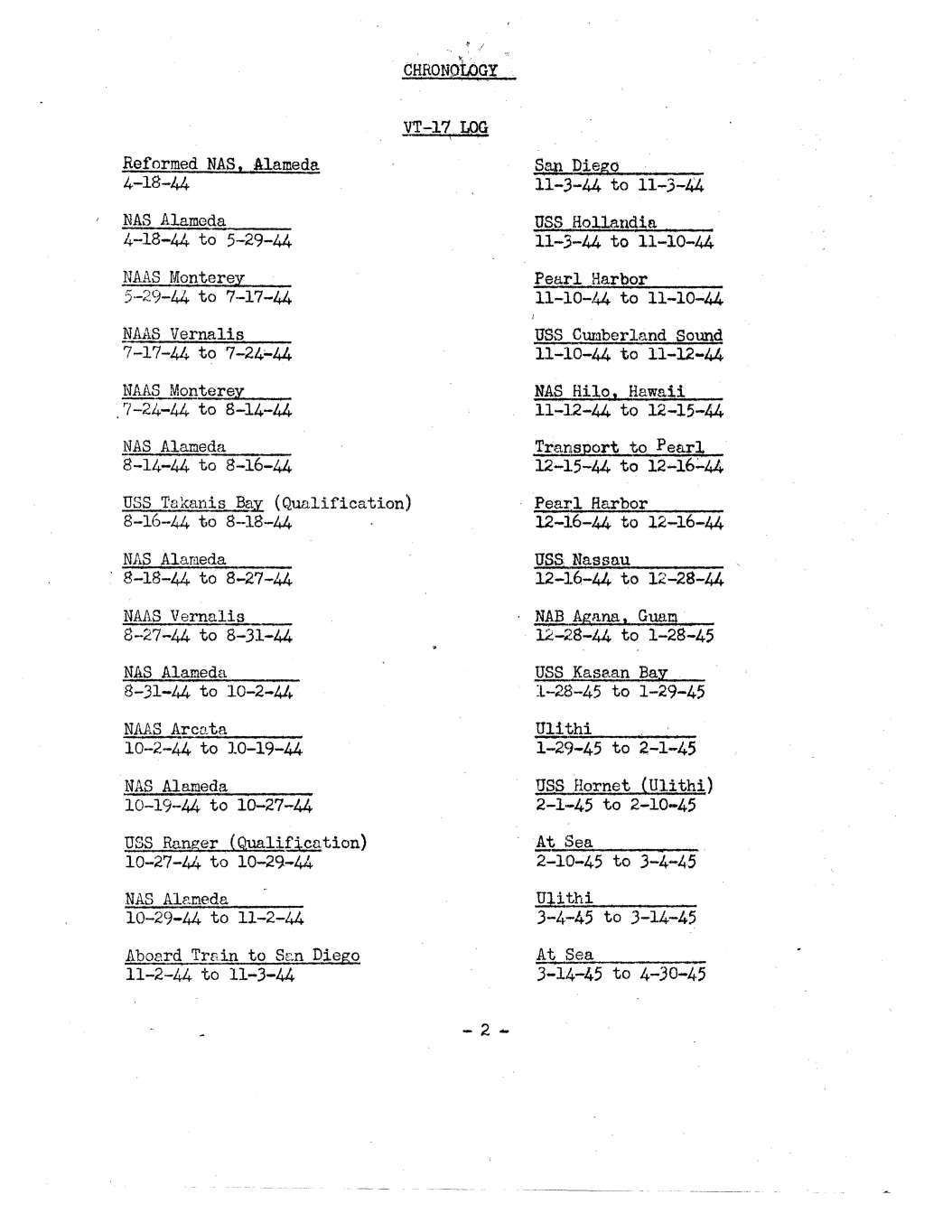
CHRONOLOGY
VT-17 LOG
Reformed NAS, Alameda 4-18-44
NAS Alameda 4-18-44 to 5-29-44
NAAS Monterey 5-29-44 to 7-17-44
NAAS Vernalis 7-17-44 to 7-24-44
NAAS Monterey 7-24-44 to 8-14-44
NAS Alameda 8-14-44 to 8-16-44
USS Takanis Bay (Qualification) 8-16-44 to 8-18-44
NAS Alameda 8-18-44 to 8-27-44
NAAS Vernalis 8-27-44 to 8-31-44
NAS Alameda 8-31-44 to 10-2-44
NAAS Arcata 10-2-44 to 10-19-44
NAS Alameda 10-19-44 to 10-27-44
USS Ranger (Qualification) 10-27-44 to 10-29-44
NAS Alameda 10-29-44 to 11-2-44
Aboard Train to San Diego 11-2-44 to 11-3-44
San Diego 11-3-44 to 11-3-44
USS Hollandia 11-3-44 to 11-10-44
Pearl Harbor 11-10-44 to 11-10-44
USS Cumberland Sound 11-10-44 to 11-12-44
NAS Hilo, Hawaii 11-12-44 to 12-15-44
Transport to Pearl 12-15-44 to 12-16-44
Pearl Harbor 12-16-44 to 12-16-44
USS Nassau 12-16-44 to 12-28-44
NAB Agana, Guam 12-28-44 to 1-28-45
USS Jasaan Bay 1-28-45 to 1-29-45
Ulithi 1-29-45 to 2-1-45
USS Hornet (Ulithi) 2-1-45 to 2-10-45
(USS Hornet) At Sea 2-10-45 to 3-4-45
Ulithi 3-4-45 to 3-14-45
(USS Hornet) At Sea 3-14-45 to 4-30-45
– 2 –
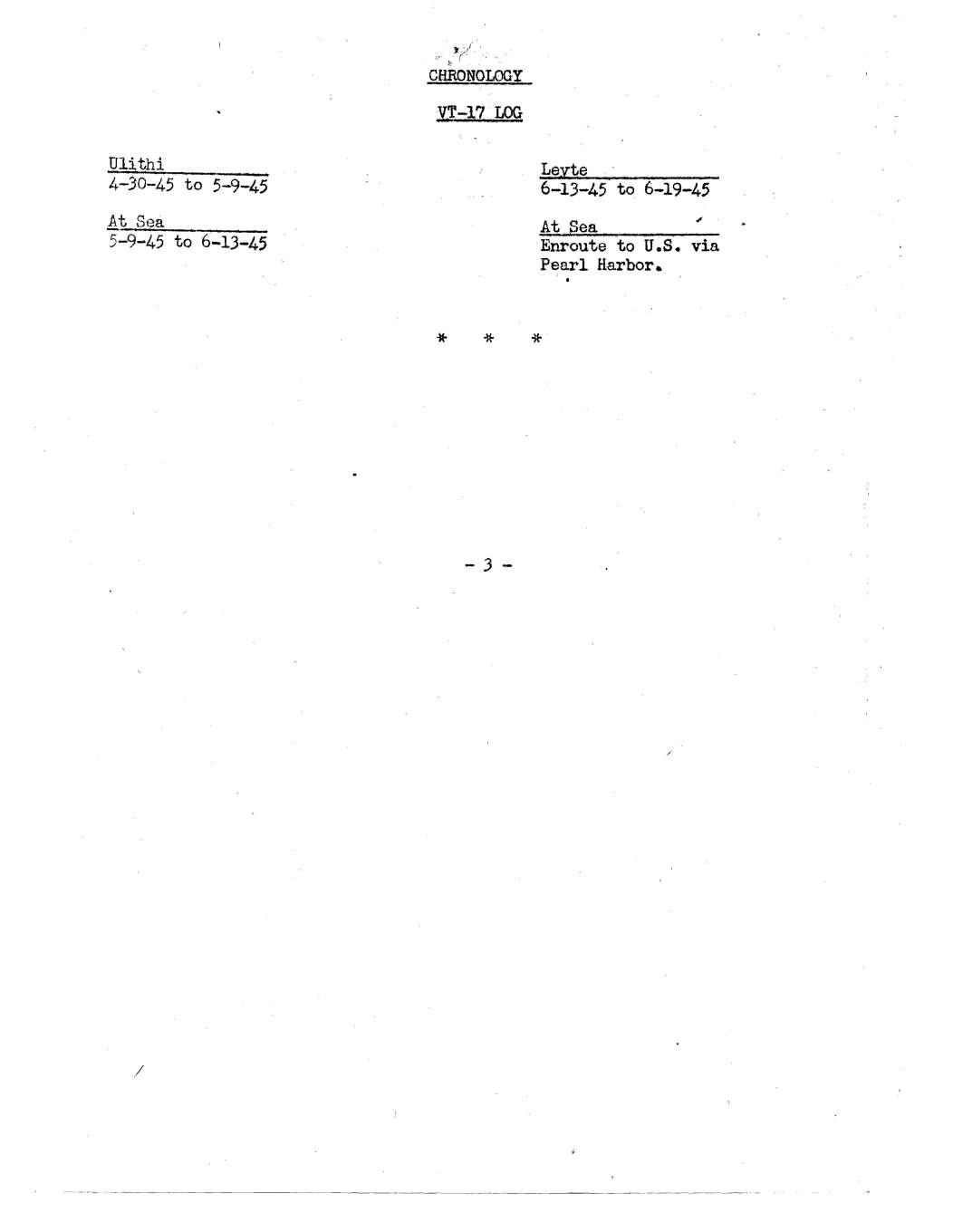
CHRONOLOGY
VT-17 LOG
Ulithi 4-30-45 to 5-9-45
(USS Hornet) At Sea 5-9-45 to 6-13-45
Leyte 6-13-45 to 6-19-45
At Sea, Enroute to U.S. via Pearl Harbor 6-19-45 to (6-26-45)
* * *
– 3 –
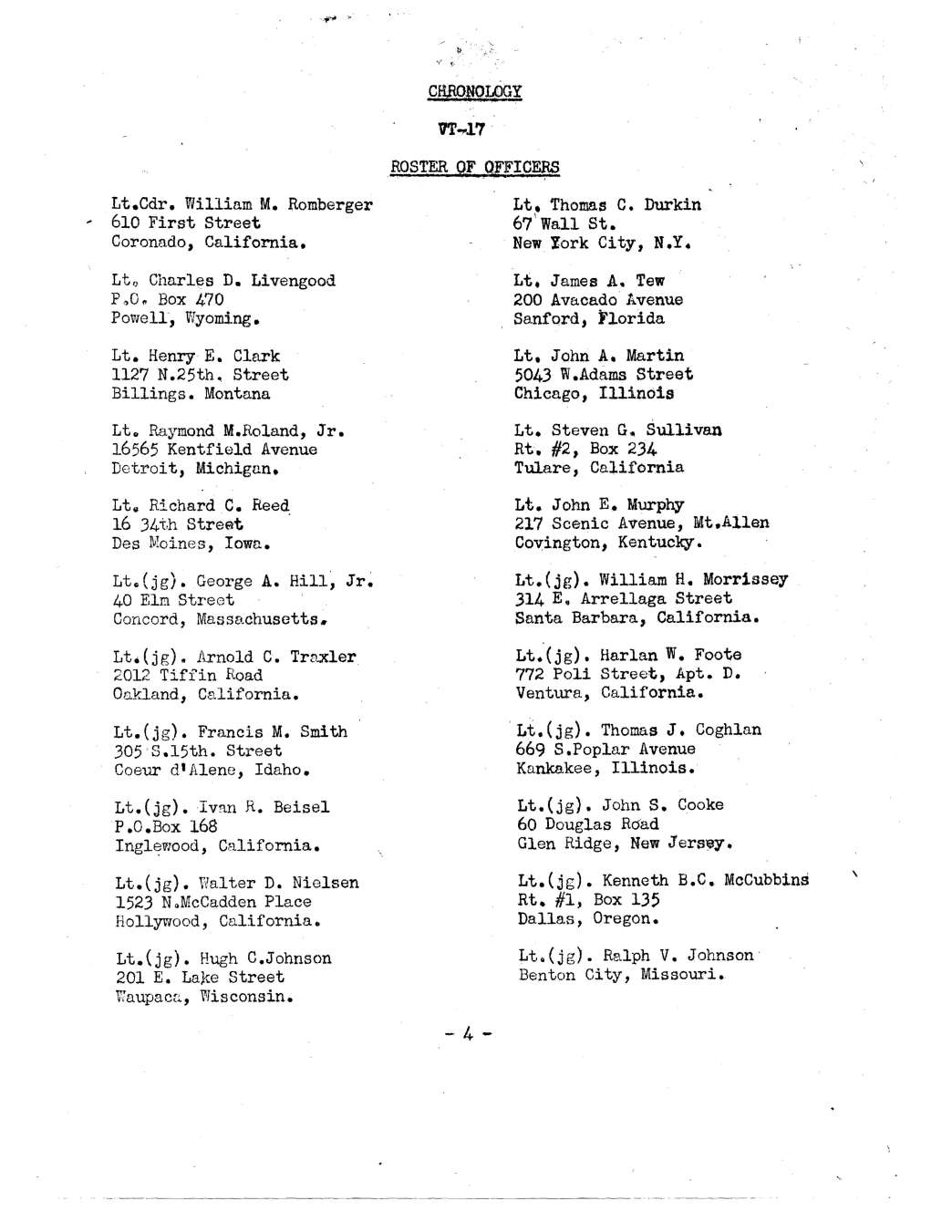
CHRONOLOGY
VT-17
ROSTER OF OFFICERS
Lt. Cdr. William M. Romberger, 610 First Street, Coronado, California
Lt. Thomas C. Durkin, 67 Wall St., New York City, N.Y.
Lt. Charles D. Livengood, P.O. Box 470, Powell, Wyoming.
Lt. James A. Tew, 200 Avacado Avenue, Sanford, Florida
Lt. Henry E. Clark, 1127 N. 25th Street, Billings, Montana
Lt. John A. Martin, 5043 W. Adams Street, Chicago, Illinois
Lt. Raymond M. Roland, Jr., 16565 Kentfield Avenue, Detroit, Michigan.
Lt. Steven G. Sullivan, Rt. #2, Box 234, Tulare, California
Lt. Richard C. Reed, 16 34th Street, Des Moines, Iowa.
Lt. John E. Murphy, 217 Scenic Avenue, Mt. Allen, Covington, Kentucky.
Lt. (jg). George A. Hill, Jr., 40 Elm Street, Concord, Massachusetts.
Lt. (jg). William H. Morrissey, 314 E. Arrellaga Street, Santa Barbara, California.
Lt. (jg). Arnold C. Traxler, 2012 Tiffin Road, Oakland, California
Lt. (jg). Harlan W. Foote, 772 Poli Street, Apt. D., Ventura, California.
Lt. (jg). Francis M. Smith, 305 S. 15th. Street, Coeur d’Alene, Idaho.
Lt. (jg). Thomas J. Coghlan, 669 S. Poplar Avenue, Kankakee, Illinois.
Lt. (jg). Ivan R. Beisel, P.O. Box 168, Inglewood, California.
Lt. (jg). John S. Cooke, 60 Douglas Road, Glen Ridge, New Jersey.
Lt. (jg). Walter D. Nielsen, 1523 N. McCadden Place, Hollywood, California.
Lt. (jg). Kenneth B.C. McCubbins, Rt. #1, Box 135, Dallas, Oregon.
Lt. (jg). Hugh C. Johnson, 201 E. Lake Street, Waupaca, Wisconsin.
Lt. (jg). Ralph V. Johnson, Benton City, Missouri.
– 4 –
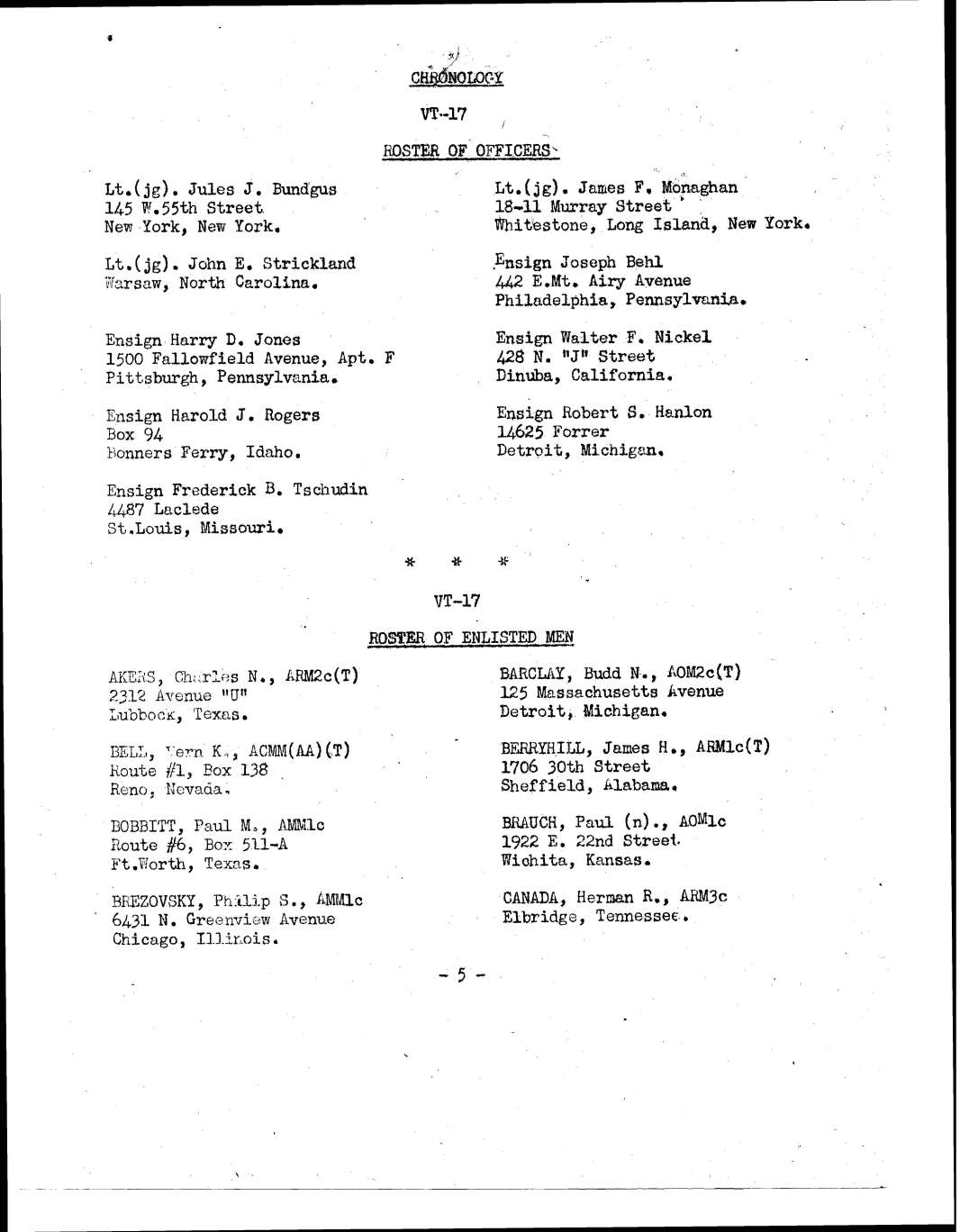
Lt. (jg). Jules J. Bungus, 145 W. 55th Street, New York, New York.
Lt. (jg). James F. Monaghan, 18-11 Murray Street, Whitestone, Long Island, New York.
Lt. (jg). John E. Strickland, Warsaw, North Carolina.
Ensign Joseph Behl, 442 E. Mt. Airy Avenue, Philadelphia, Pennsylvania.
Ensign Harry D. Jones, 1500 Fallowfield Avenue, Apt. F, Pittsburgh, Pennsylvania.
Ensign Walter F. Nickel, 428 N. “J” Street, Dinuba, California.
Ensign Harold J. Rogers, Box 94, Bonners Ferry, Idaho.
Ensign Robert S. Hanlon, 14625 Forrer, Detroit, Michigan.
Ensign Frederick B. Tschudin, 4487 Laclede, St. Louis, Missouri.
* * *
VT-17
ROSTER OF ENLISTED MEN
AKERS, Charles N., ARM2c(T), 2312 Avenue “U”, Lubbock, Texas.
BARKLAY, Budd N., AOM2c(T), 125 Massachusetts Avenue, Detroit, Michigan.
BELL, Vern K., ACMM(AA)(T), Route #1, Box 138, Reno, Nevada.
BERRYHILL, James H., ARM1c(T), 1706 30th Street, Sheffield, Alabama.
BOBBITT, Paul M., AMM1c, Route #6, Box 511-A, Ft. Worth, Texas.
BRAUCH, Paul (n)., AOM1c, 1922 E. 22nd Street, Wichita, Kansas
BREZOVSKY, Philip S., AMM1c, 6431 N. Greenview Avenue, Chicago, Illinois.
CANADA, Herman R., ARM3c, Elbridge, Tennessee.
– 5 –
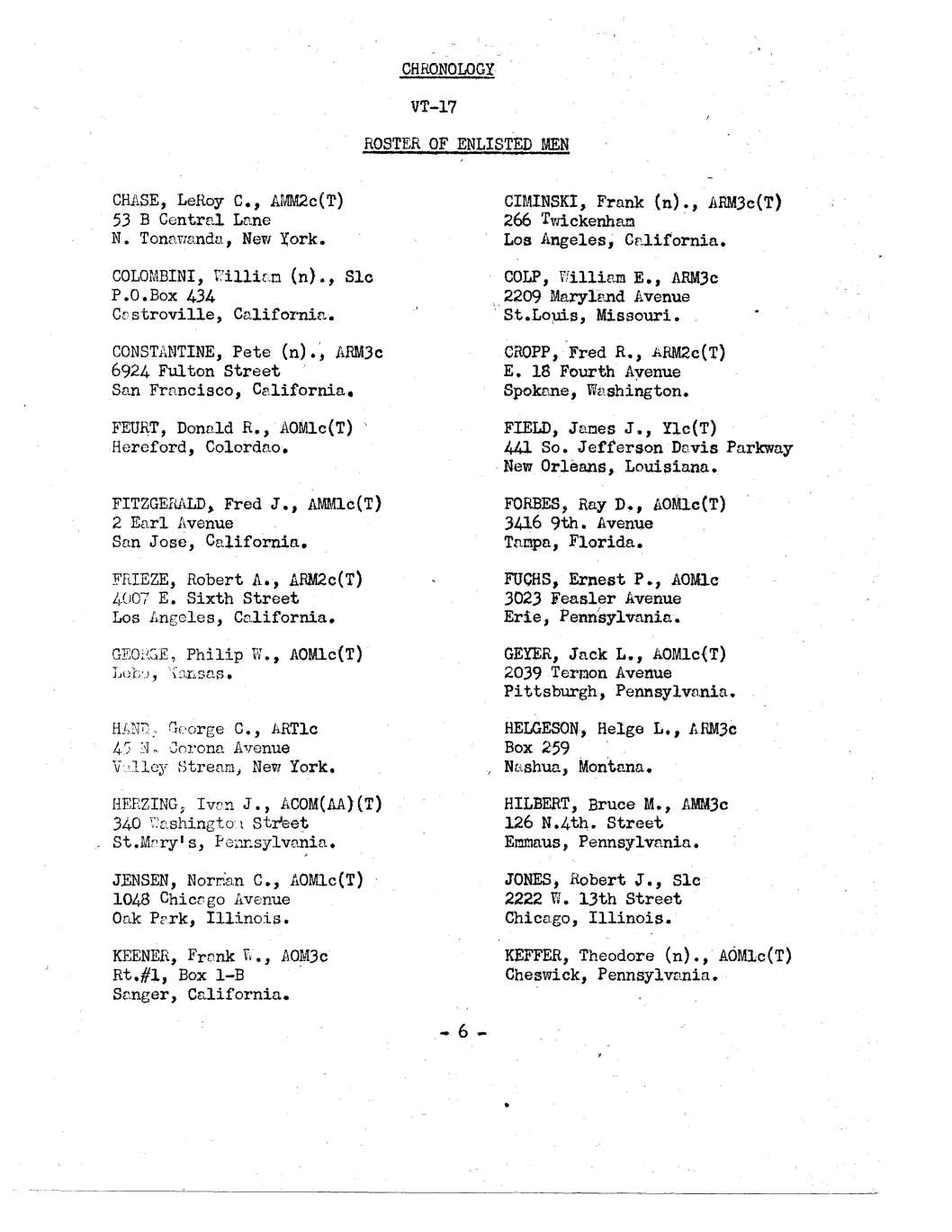
CHRONOLOGY
VT-17
ROSTER OF ENLISTED MEN
CHASE, LeRoy C., AMM2c(T), 53 B Central Lane, N. Tonawanda, New York.
CIMINSKI, Frank (n)., ARM3c(T), 266 Twickenham, Los Angeles, California.
COLOMBINI, William (n)., S1c, P.O. Box 434, Castroville, California.
COLP, William E., ARM3c, 2209 Maryland Avenue, St. Louis, Missouri.
CONSTANTINE, Pete (n)., ARM3c, 6924 Fulton Street, San Francisco, California.
CROPP, Fred R., ARM2c(T), E. 18 Fourth Avenue, Spokane, Washington.
FEURT, Donald R., AOM1c(T), Hereford, Colorado.
FIELD, James J., Y1c(T), 441 So. Jefferson Davis Parkway, New Orleans, Louisiana.
FITZGERALD, Fred J., AMM1c(T), 2 Earl Avenue, San Jose, California.
FORBES, Ray D., AOM1c(T), 3416 9th Avenue, Tampa, Florida.
FRIEZE, Robert A., ARM2c(T), 4007 E. Sixth Street, Los Angeles, California.
FUCHS, Ernest P., AOM1c, 3023 Feasler Avenue, Erie, Pennsylvania.
GEORGE, Philip W., AOM1c(T), Lebo, Kansas.
GEYER, Jack L., AOM1c(T), 2039 Termon Avenue, Pittsburgh, Pennsylvania.
HAND, George C., ART1c, 45 N. Corona Avenue, Valley Stream, New York.
HELGESON, Helge KL., ARM3c, Box 259, Nashua, Montana.
HERZING, Ivan J., ACOM(AA)(T), 340 Washington Street, St. Mary’s, Pennsylvania.
HILBERT, Bruce M., AMM3c, 126 N. 4th Street, Emmaus, Pennsylvania.
JENSEN, Norman C., AOM1c(T), 1048 Chicago Avenue, Oak Park, Illinois
JONES, Robert J., S1c, 2222 W. 13th Street, Chicago, Illinois.
KEENER, Frank W., AOM3c, Rt. #1, Box 1-B, Sanger, California.
KEFFER, Theodore (n)., AOM1c(T), Cheswick, Pennsylvania.
– 6 –
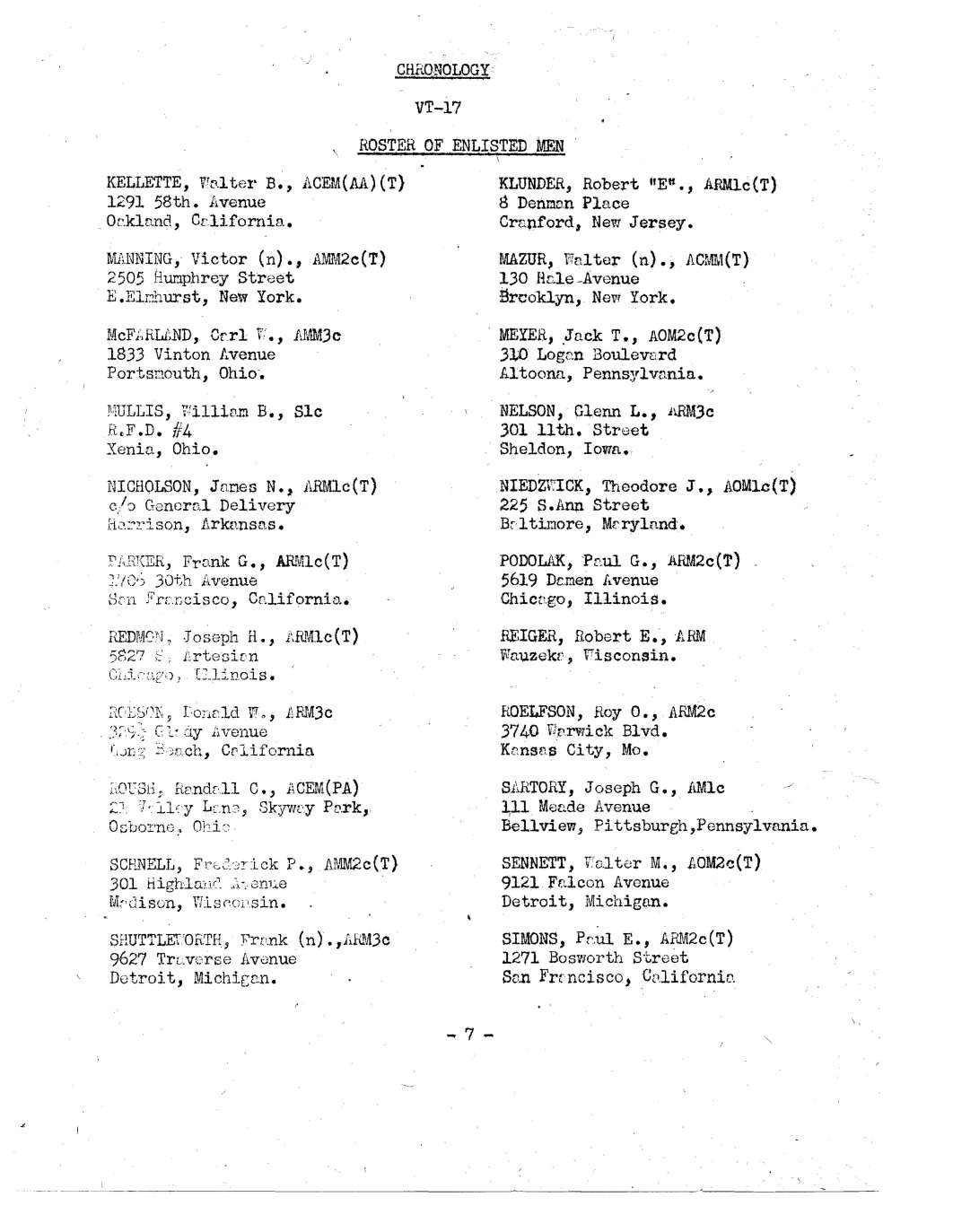
CHRONOLOGY
VT-17
ROSTER OF ENLISTED MEN
KELLETTE, Walter B., ACEM(AA)(T), 1291 58th Avenue, Oakland, California.
KLUNDER, Robert “E”., ARM1c(T), 8 Denman Place, Cranford, New Jersey
MANNING, Victor (n)., AMM2c(T), 2505 Humphrey Street, E. Elmhurst, New York.
MAZUR, Walter (n)., ACMM(T), 130 Hale Avenue, Brooklyn, New York.
McFARLAND, Carl W., AMM3c, 1833 Vinton Avenue, Portsmouth, Ohio.
MEYER, Jack T., AOM2c(T), 310 Logan Boulevard, Altoona, Pennsylvania.
MULLIS, William B., S1c, R.F.D. #4, Xenia, Ohio.
NELSON, Glenn L., ARM3c, 301 11th Street, Sheldon, Iowa.
NICHOLSON, James N, ARM1c(T), c/o General Delivery, Harrison, Arkansas.
NIEDZWICK, Theodore J., AOM1c(T), 225 S. Ann Street, Baltimore, Maryland.
PARKER, Frank G., ARM1c(T), 1706 30th Avenue, San Francisco, California.
PODOLAK, Paul G., ARM2c(T), 5619 Damen Avenue, Chicago, Illinois.
REDMON, Joseph H., ARM1c(T), 5827 S. Artesian, Chicago, Illinois
REIGER, Robert E., ARM, Wauzeka, Wisconsin.
ROBSON, Donald W., ARM3c, 329 1/2 Glady Avenue, Long Beach, California.
ROELFSON, Roy O., ARM2c, 3740 Warwick Blvd., Kansas City, Mo.
ROUSH, Randall C., ACEM(PA), 21 Valley Lane, Skyway Park, Osborne, Ohio.
SARTORY, Joseph G., AM1c, 111 Meade Avenue, Bellview, Pittsburgh, Pennsylvania.
SCHNELL, Frederick P., AMM2c(T), 301 Highland Avenue, Madison, Wisconsin.
SENNETT, Walter M., AOM2c(T), 9121 Falcon Avenue, Detroit, Michigan
SHUTTLEWORTH, Frank (n)., ARM3c, 9627 Traverse Avenue, Detroit, Michigan.
SIMONS, Paul E., ARM2c(T), 1271 Bosworth Street, San Francisco, California.
– 7 –
(continued)
VT-17 Historical Report by W. M. Romberger : Click – Part 1 – Part 2 – Part 3 – Part 4 – Part 5 – Part 6 – Part 7
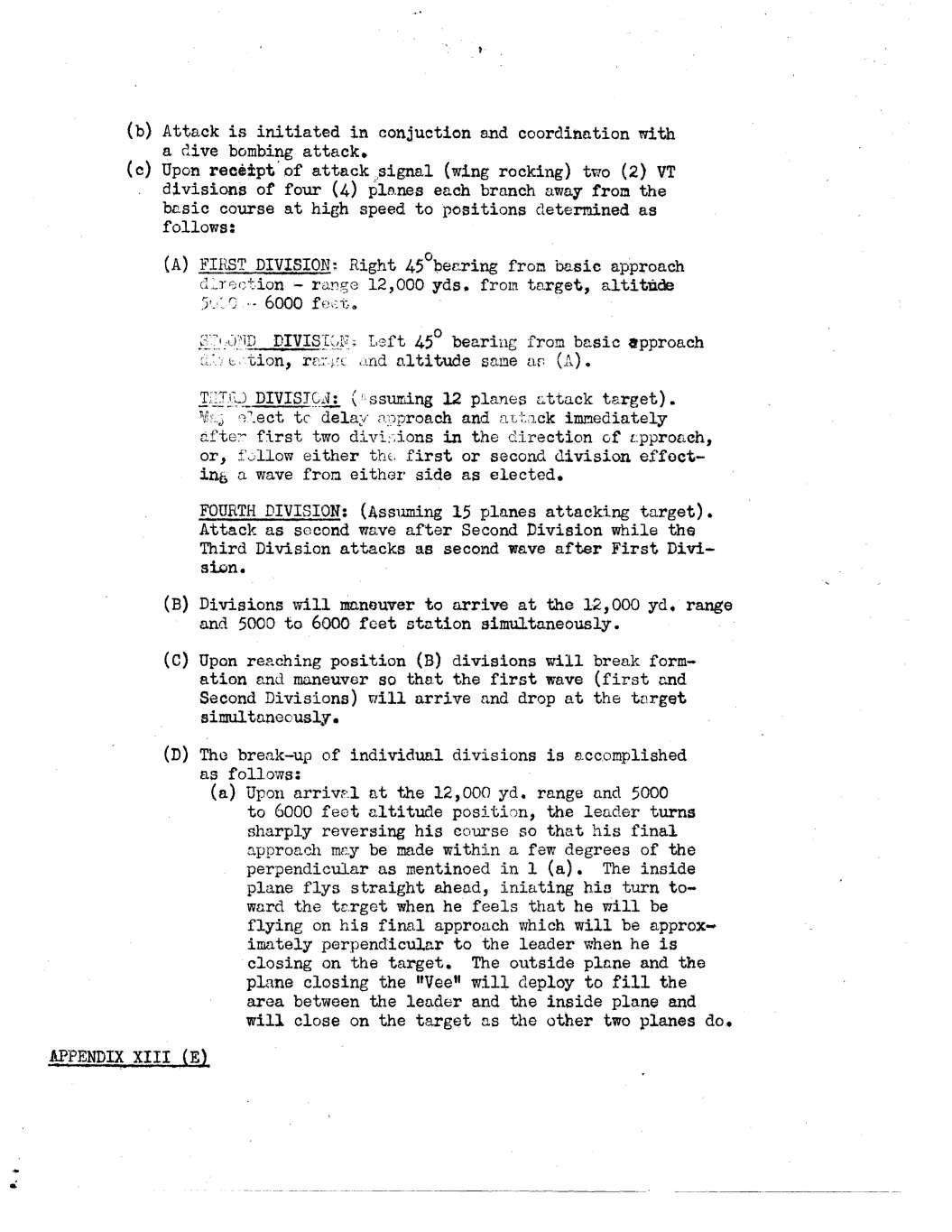
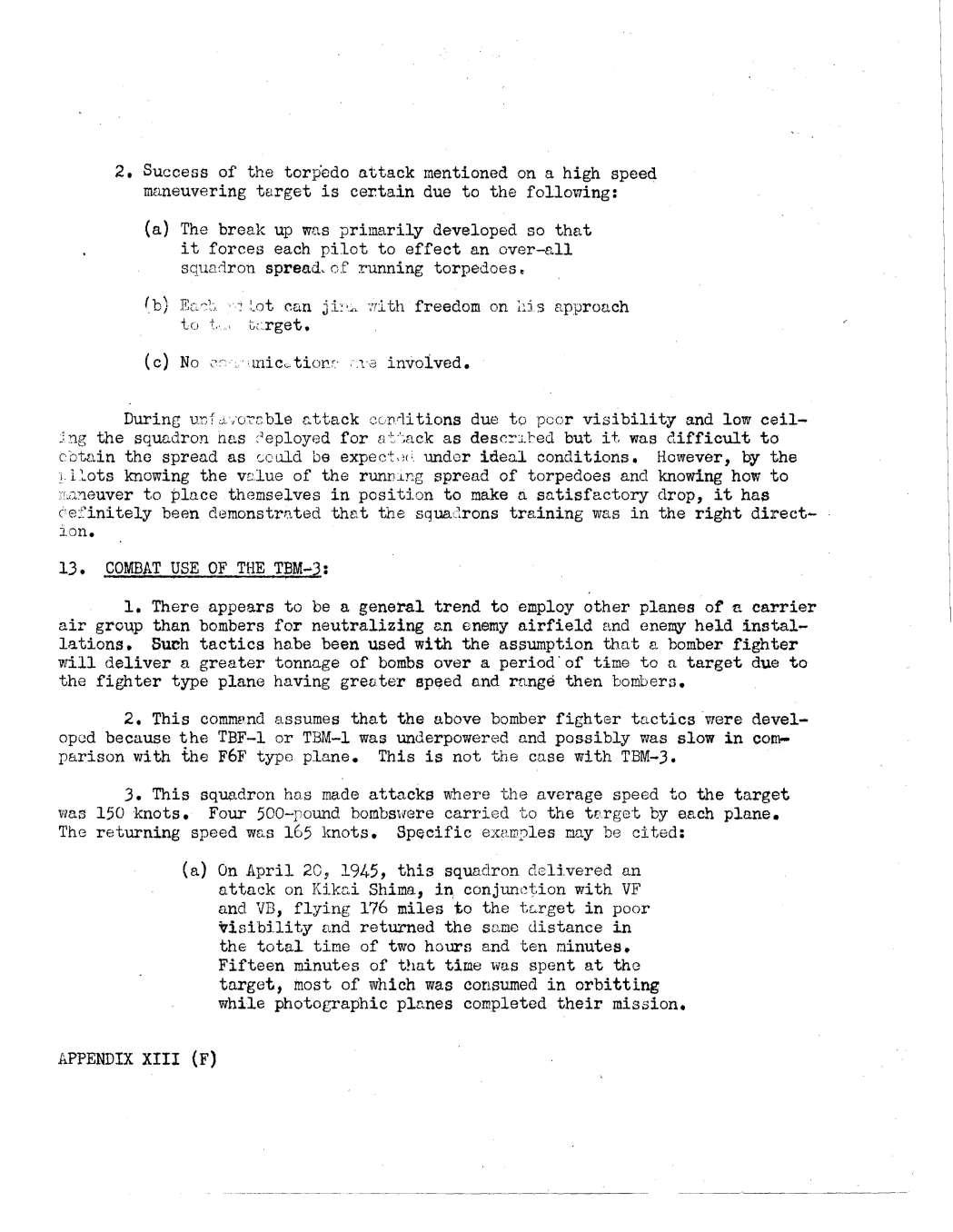
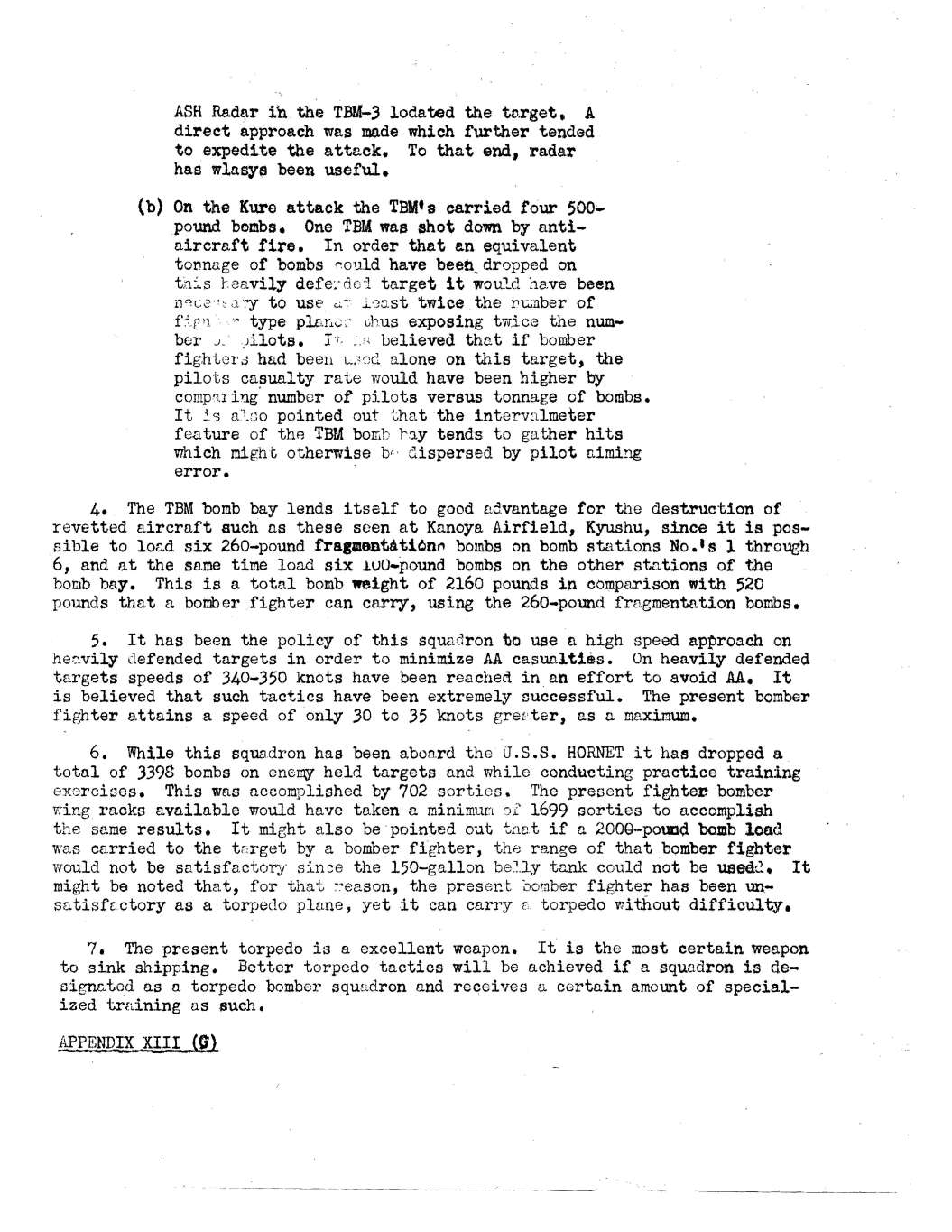
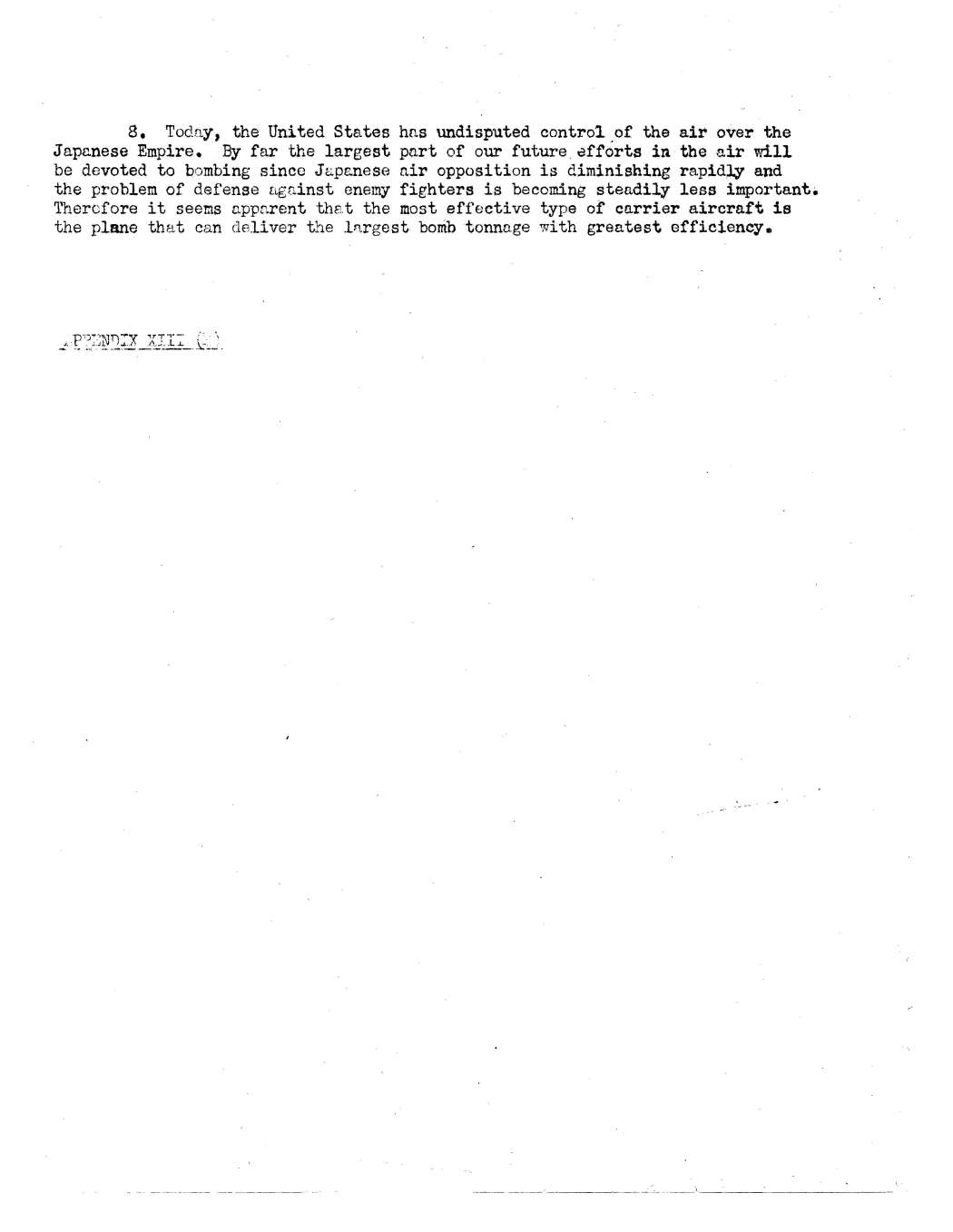
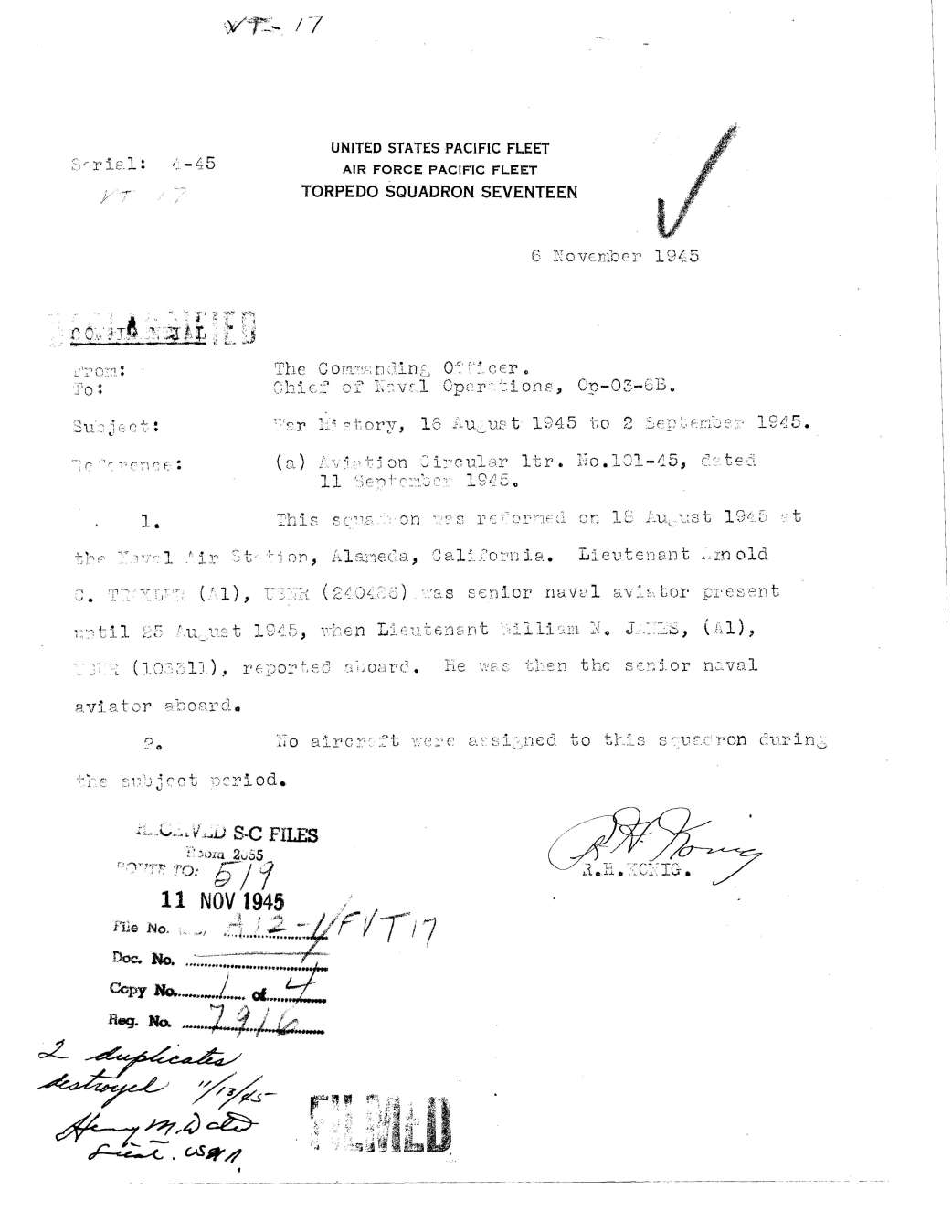


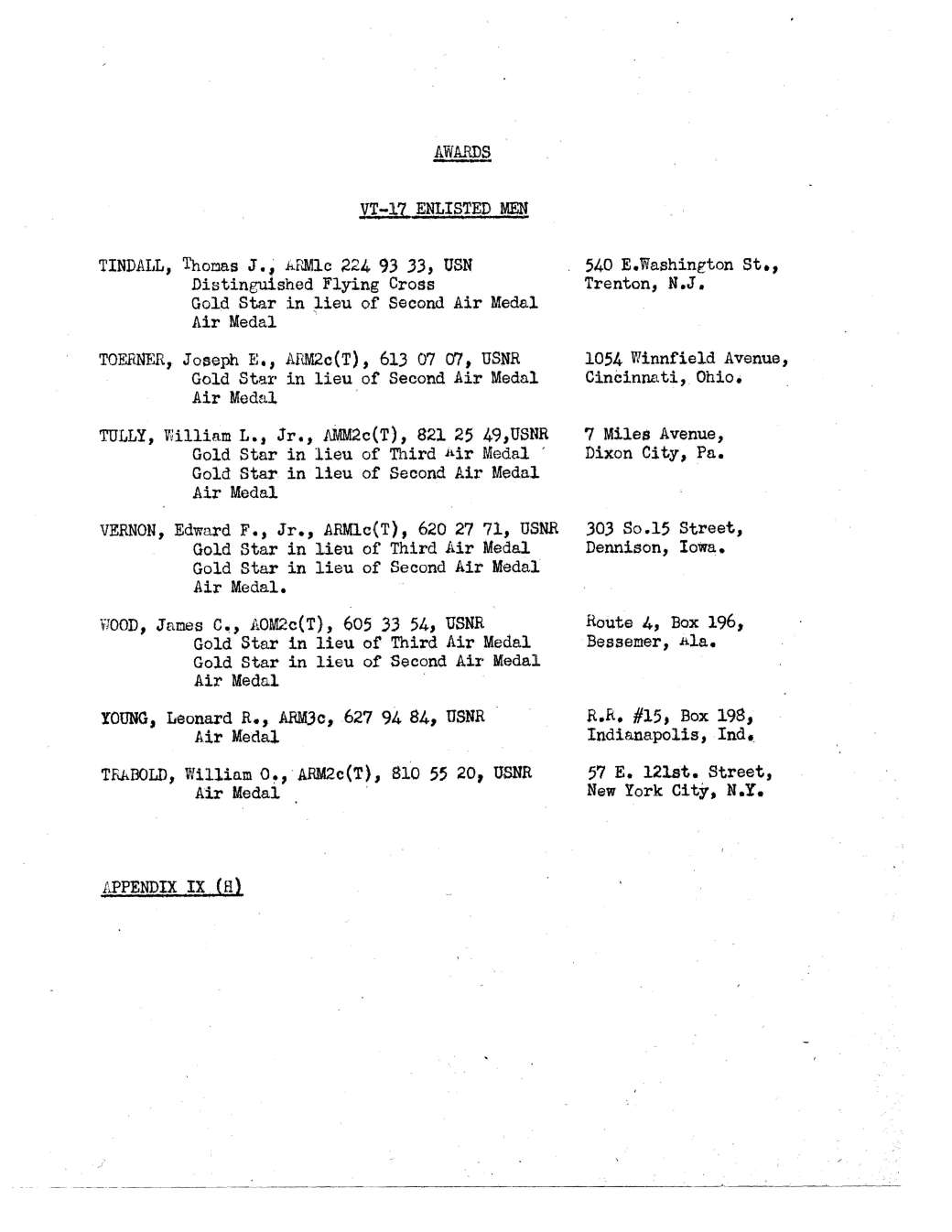
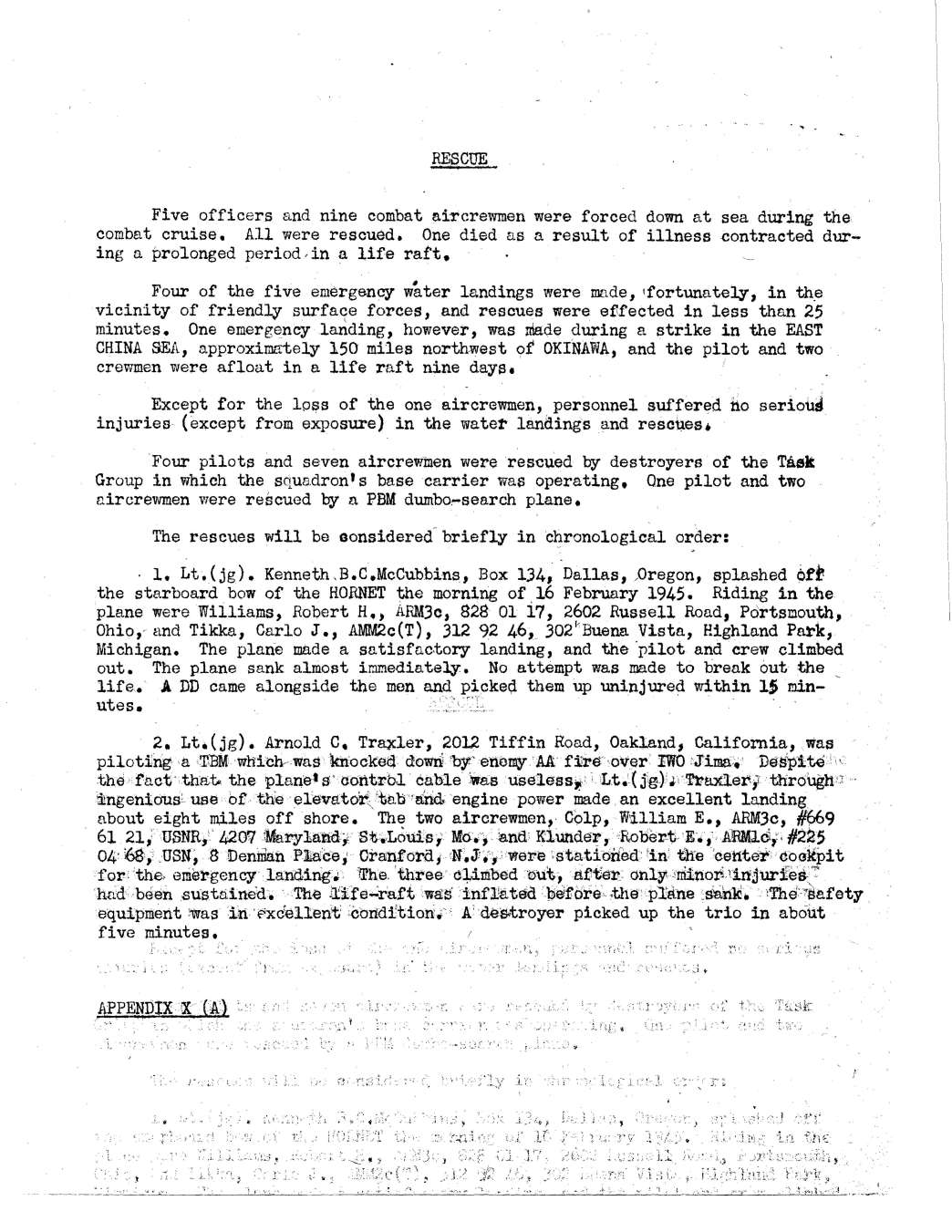
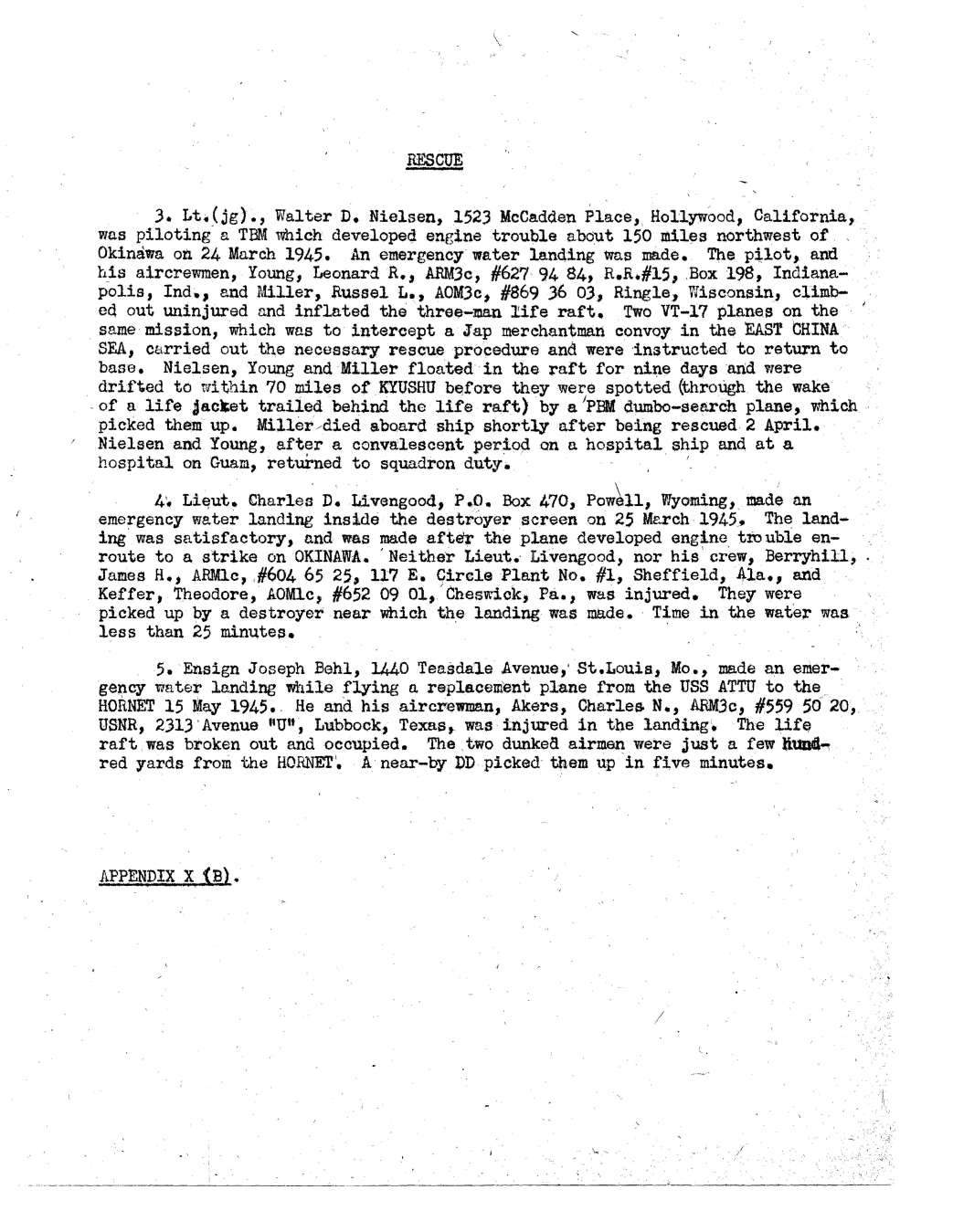
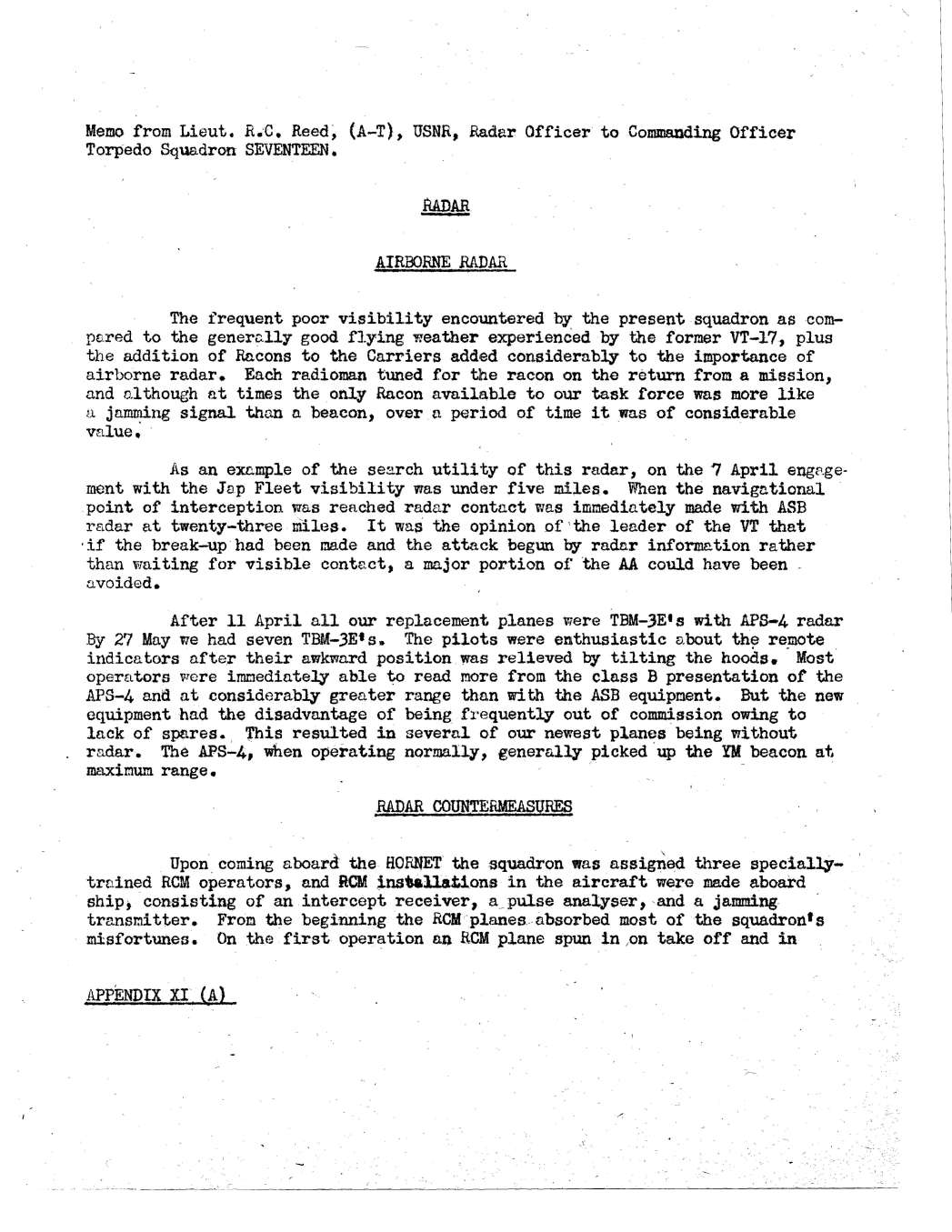
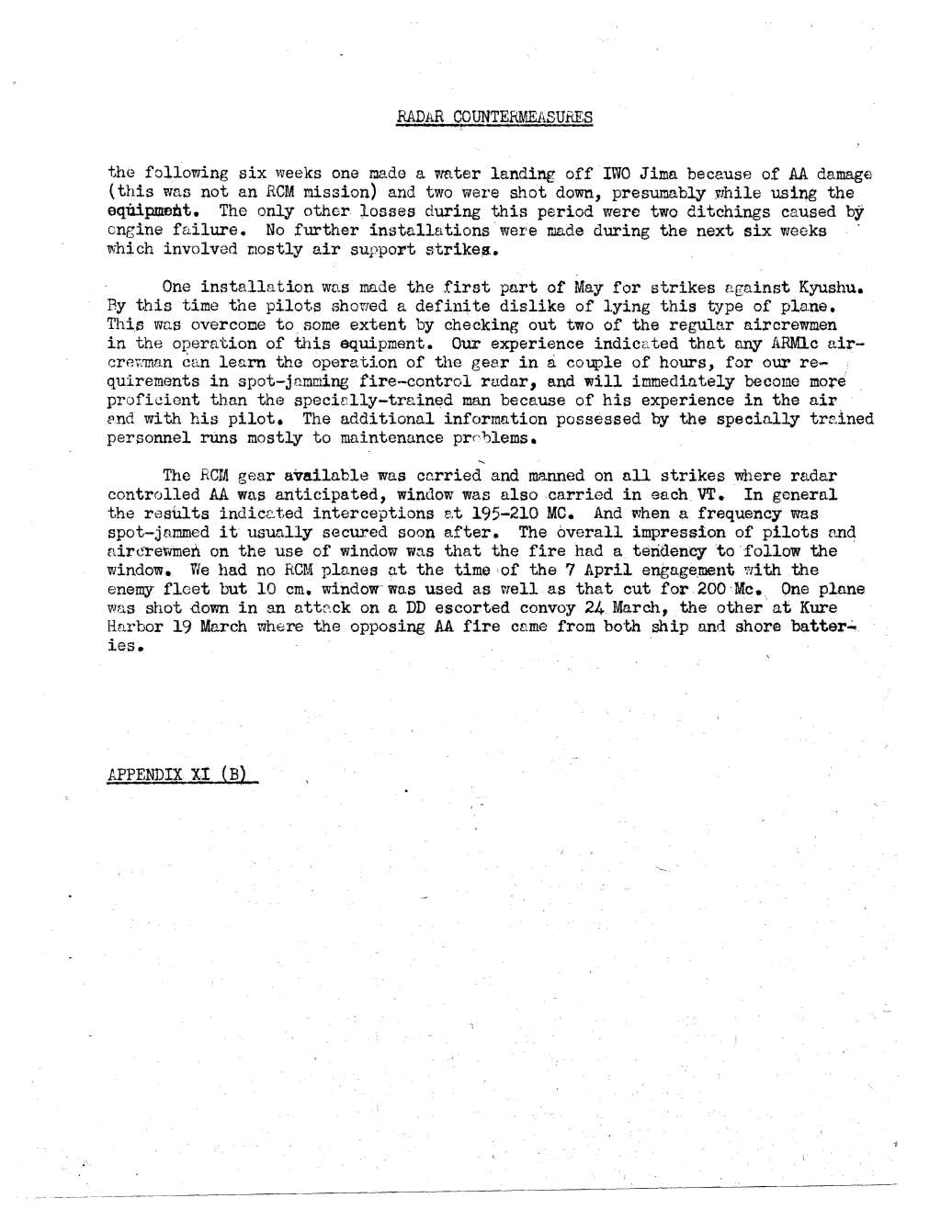
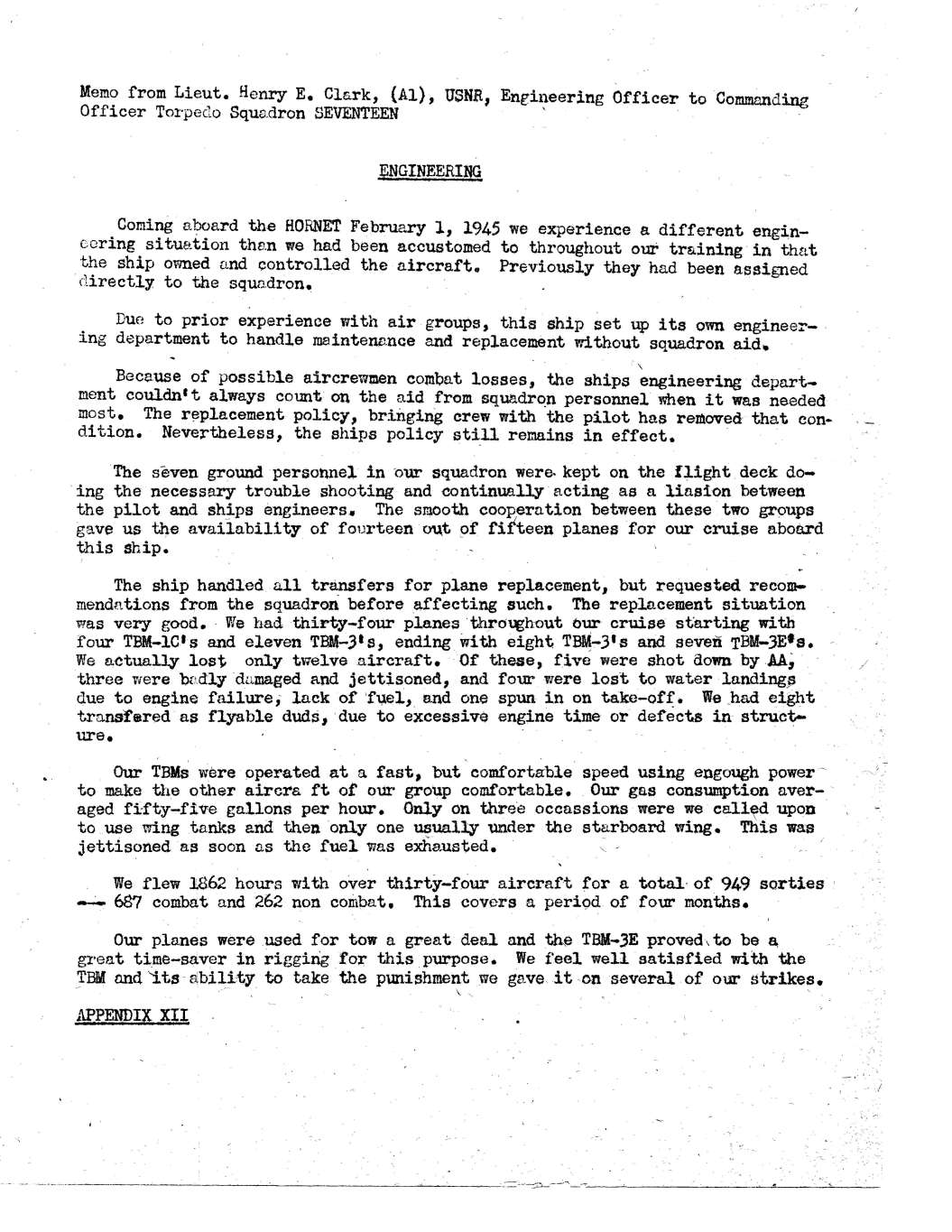
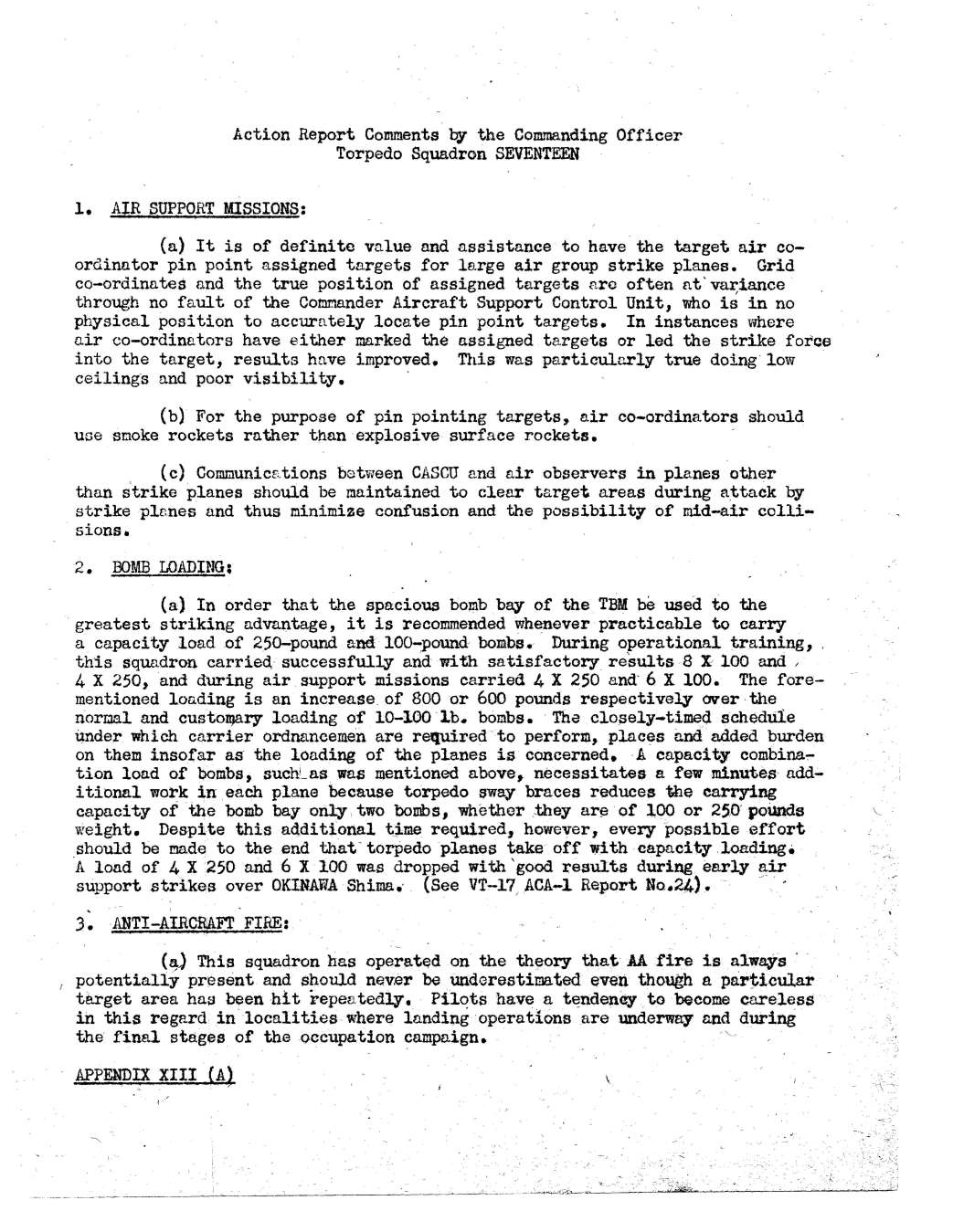
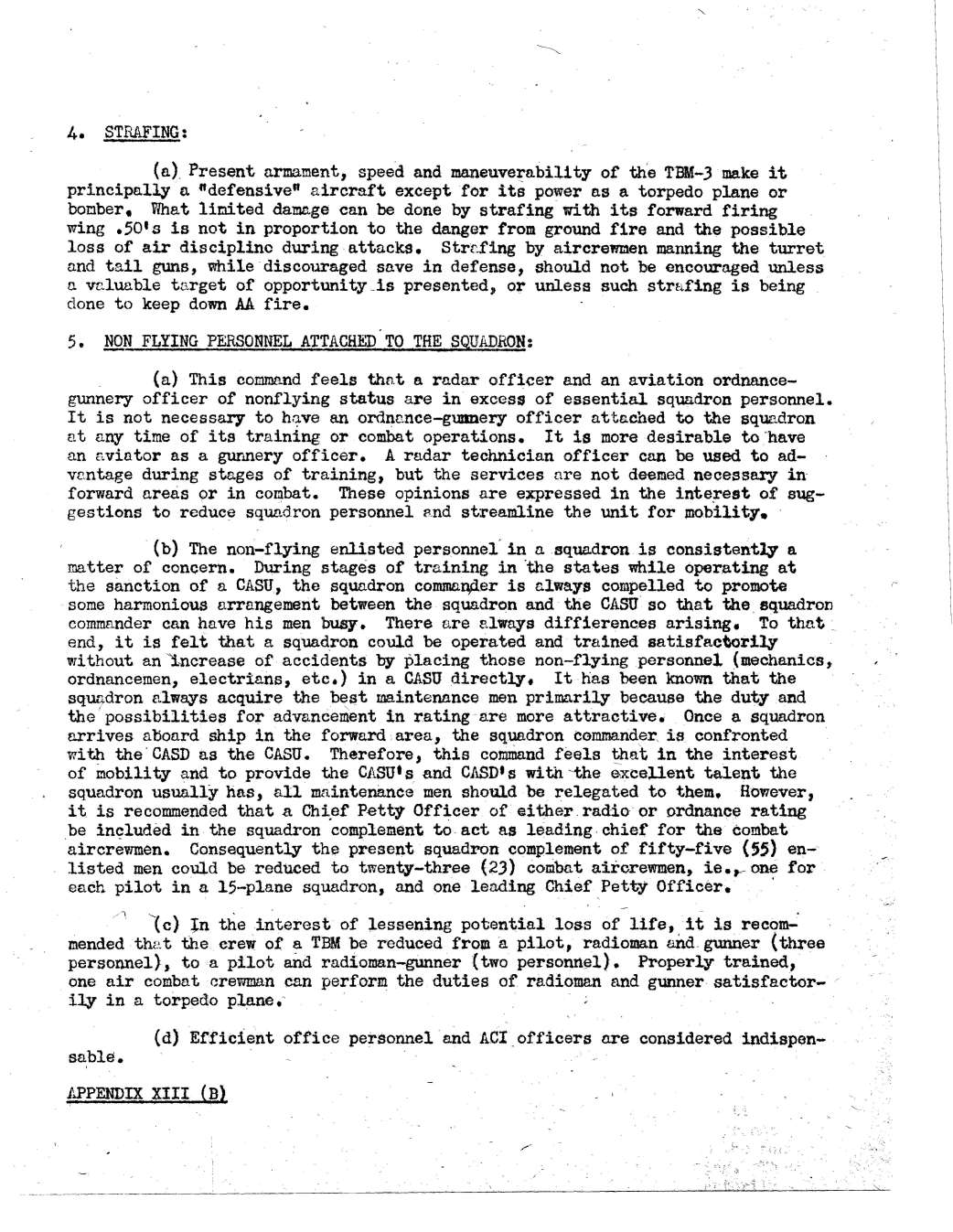
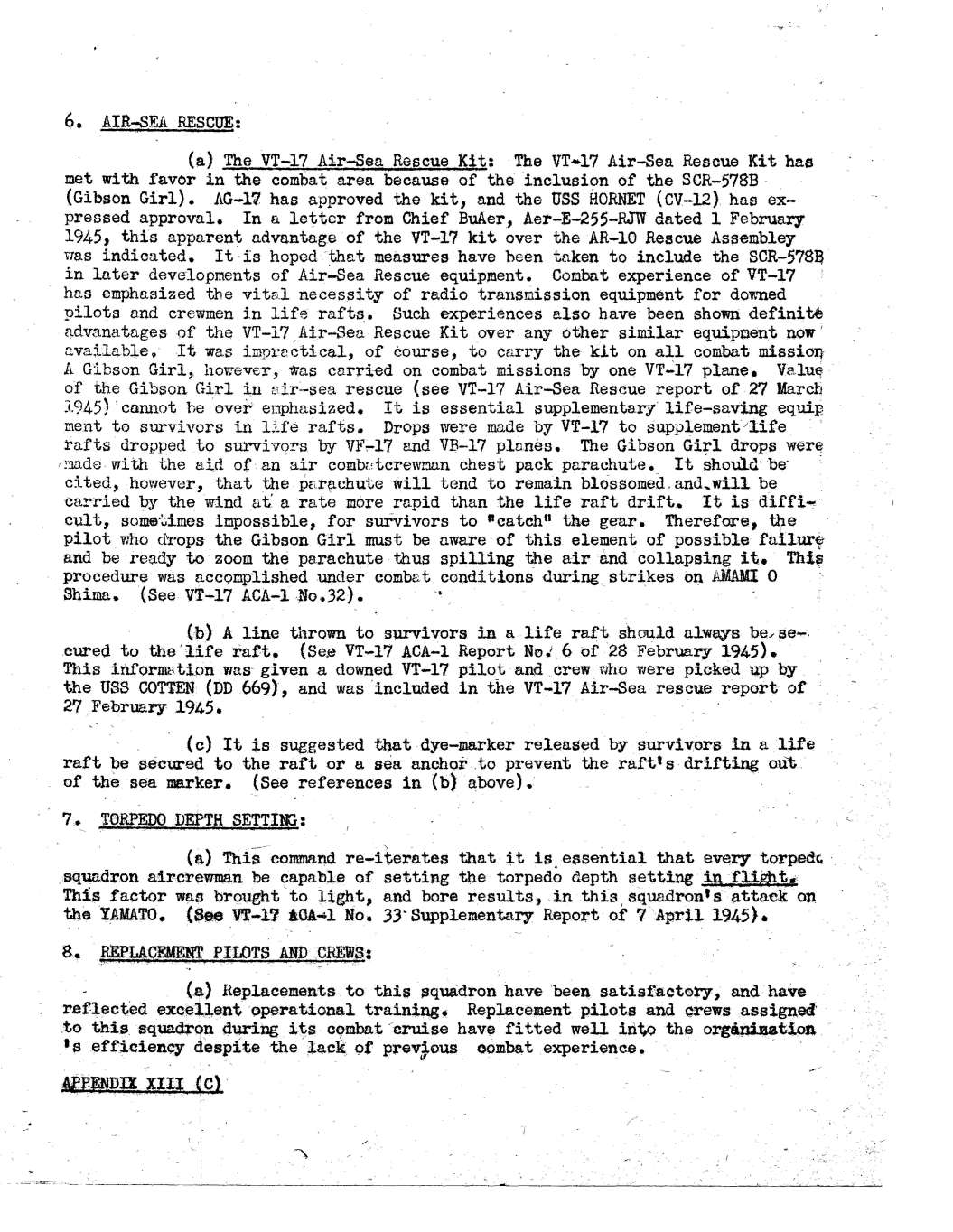
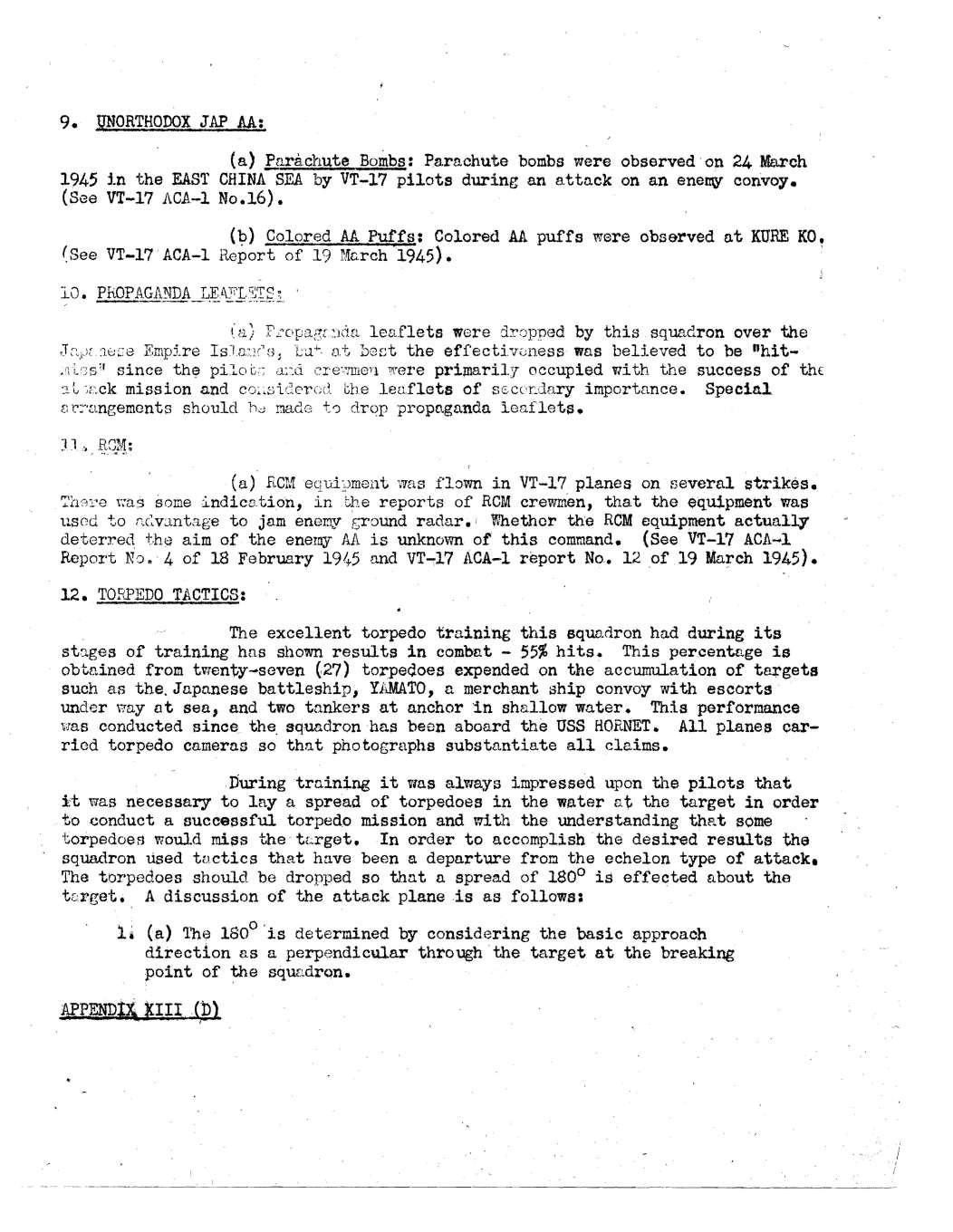
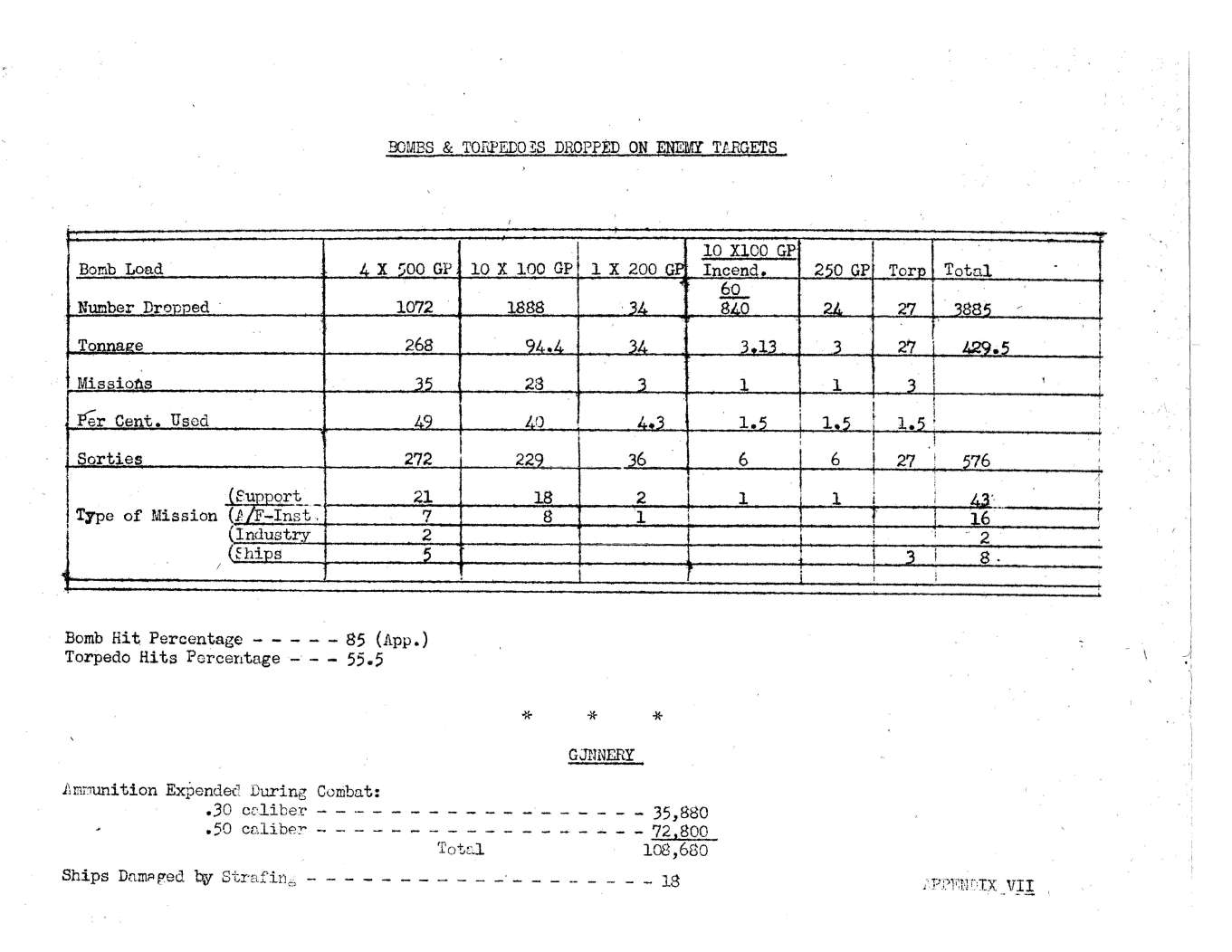
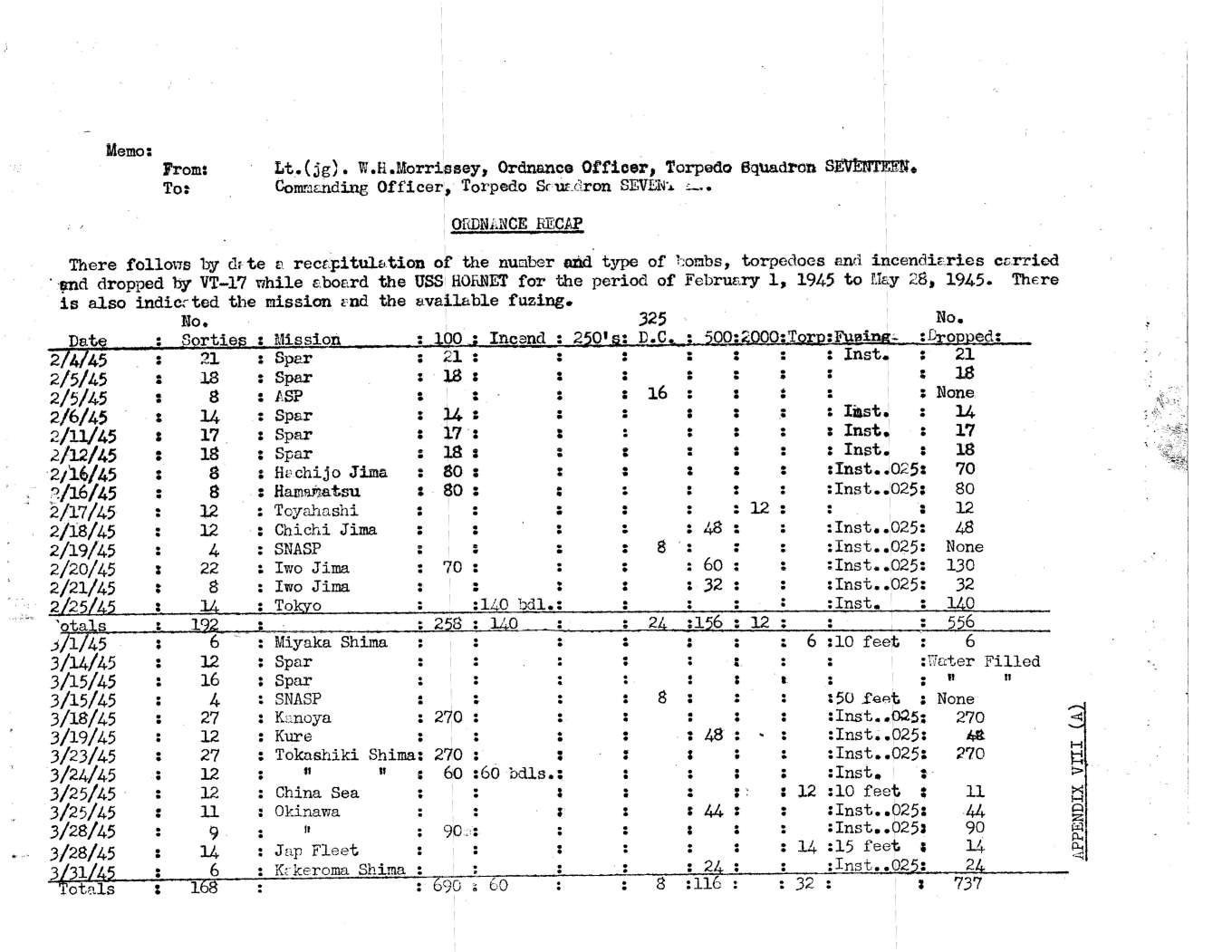
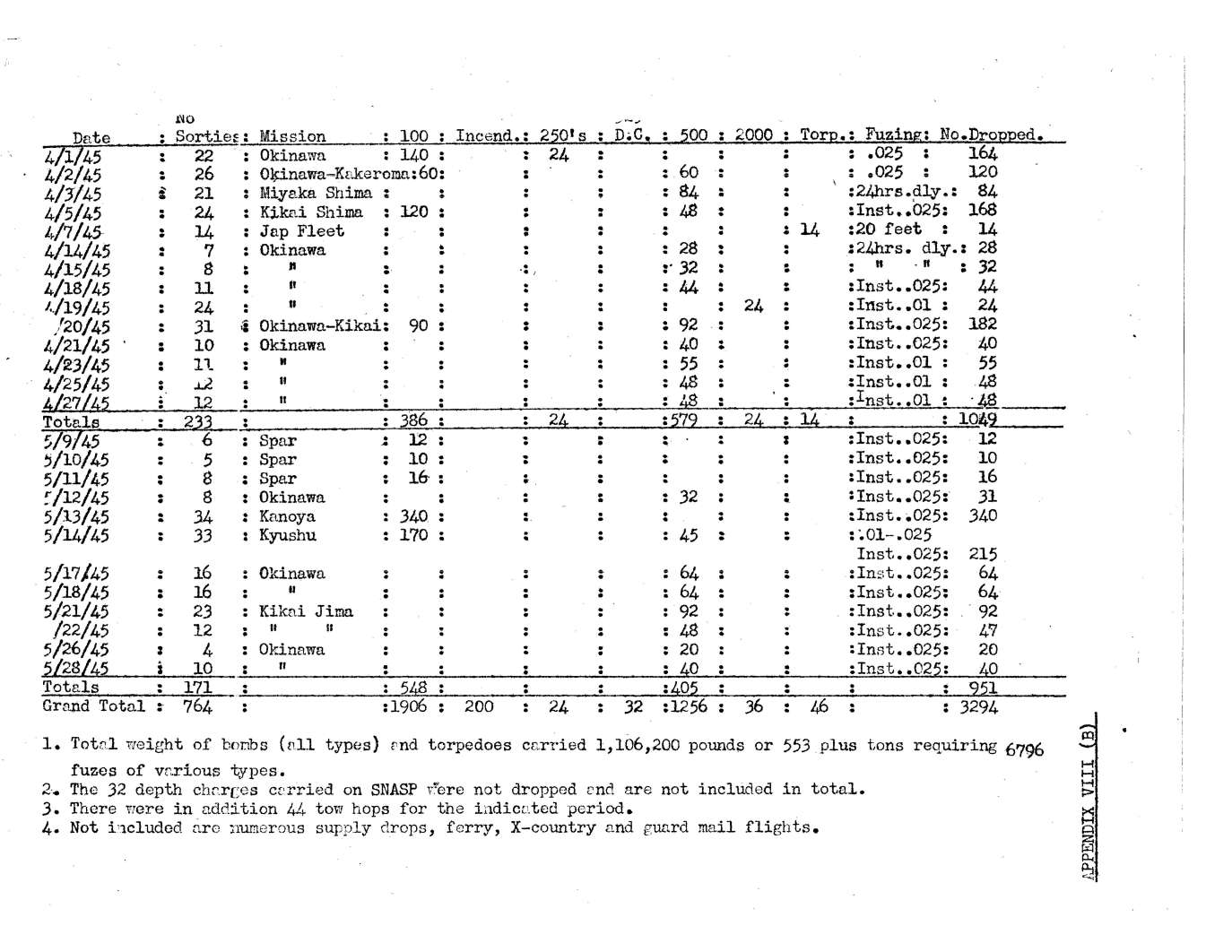
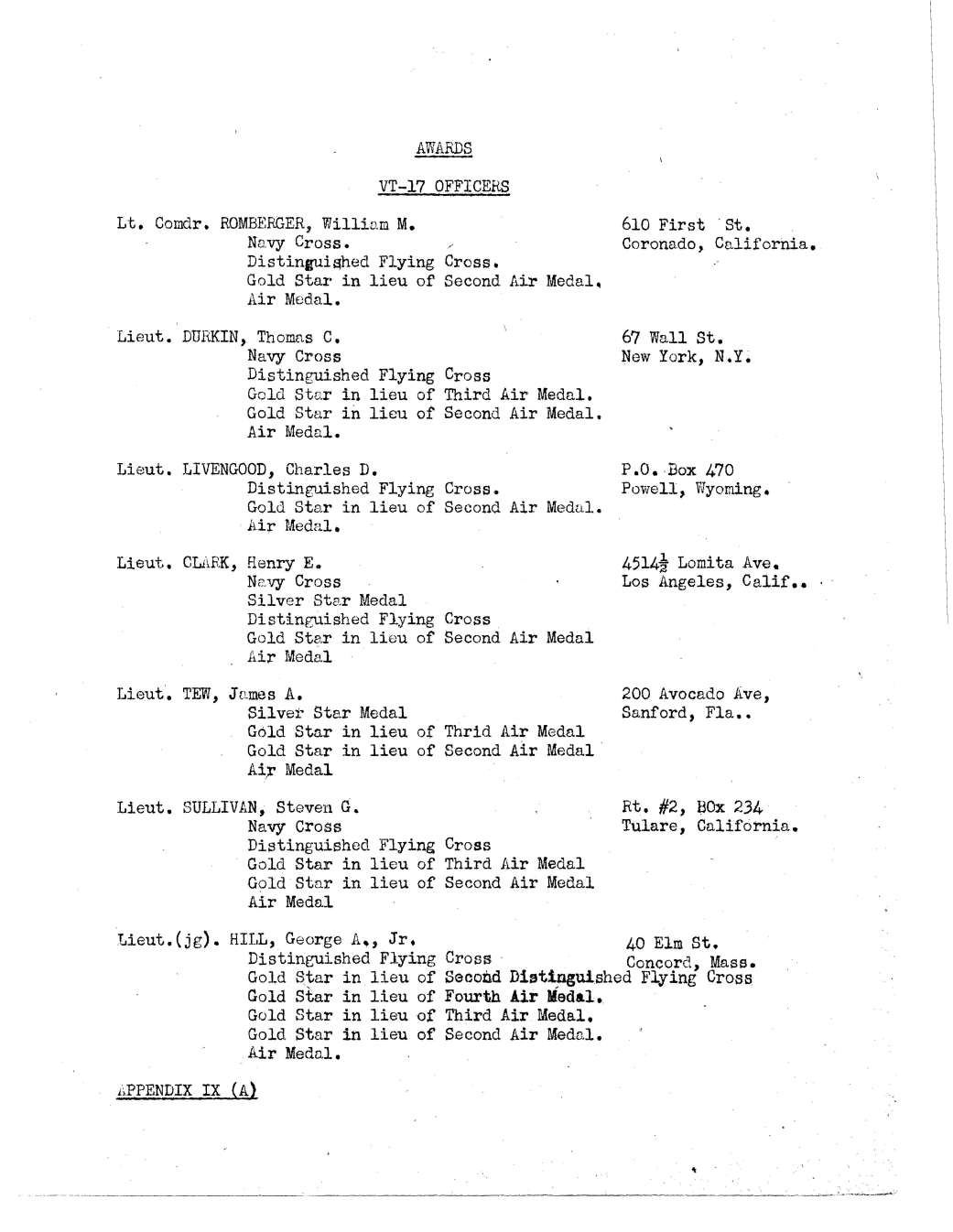
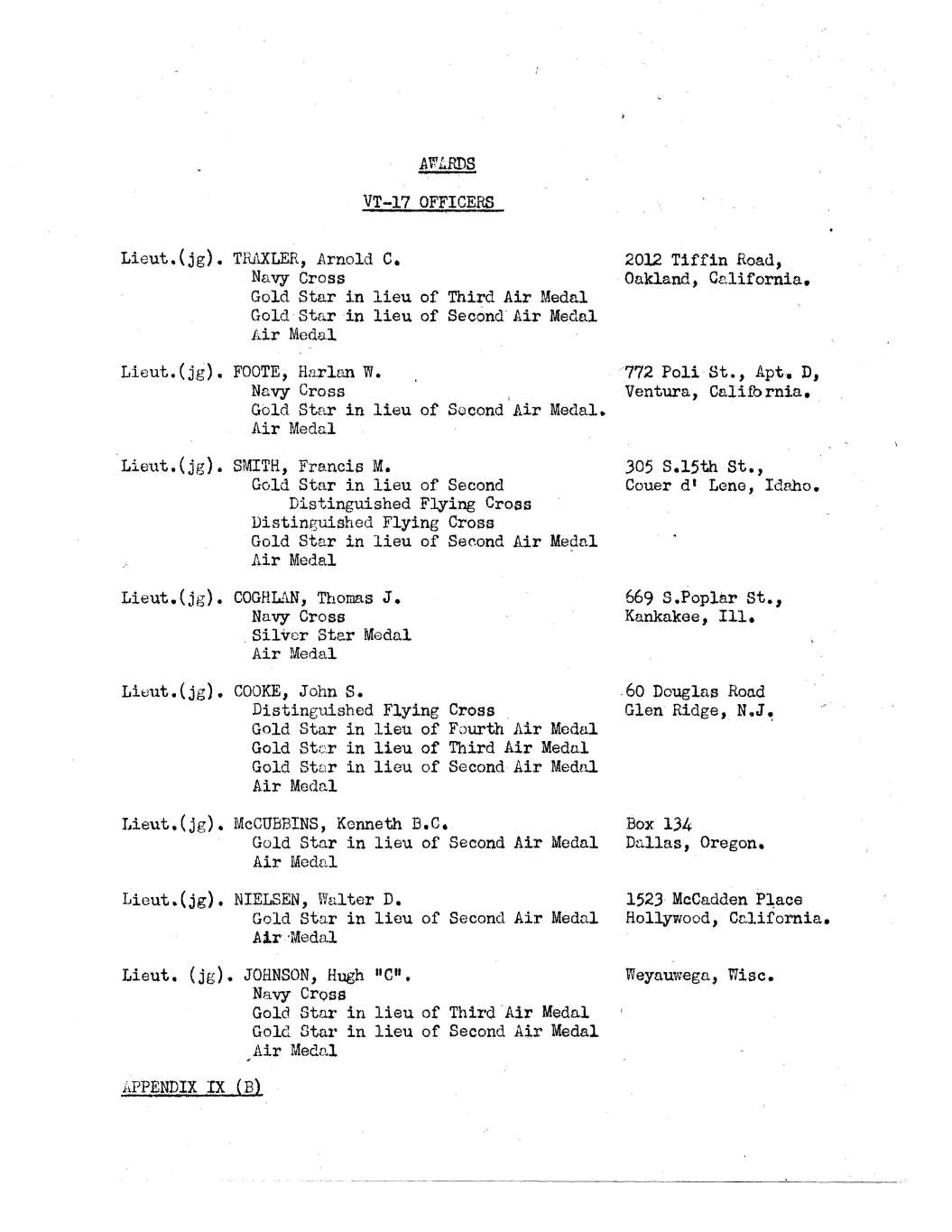
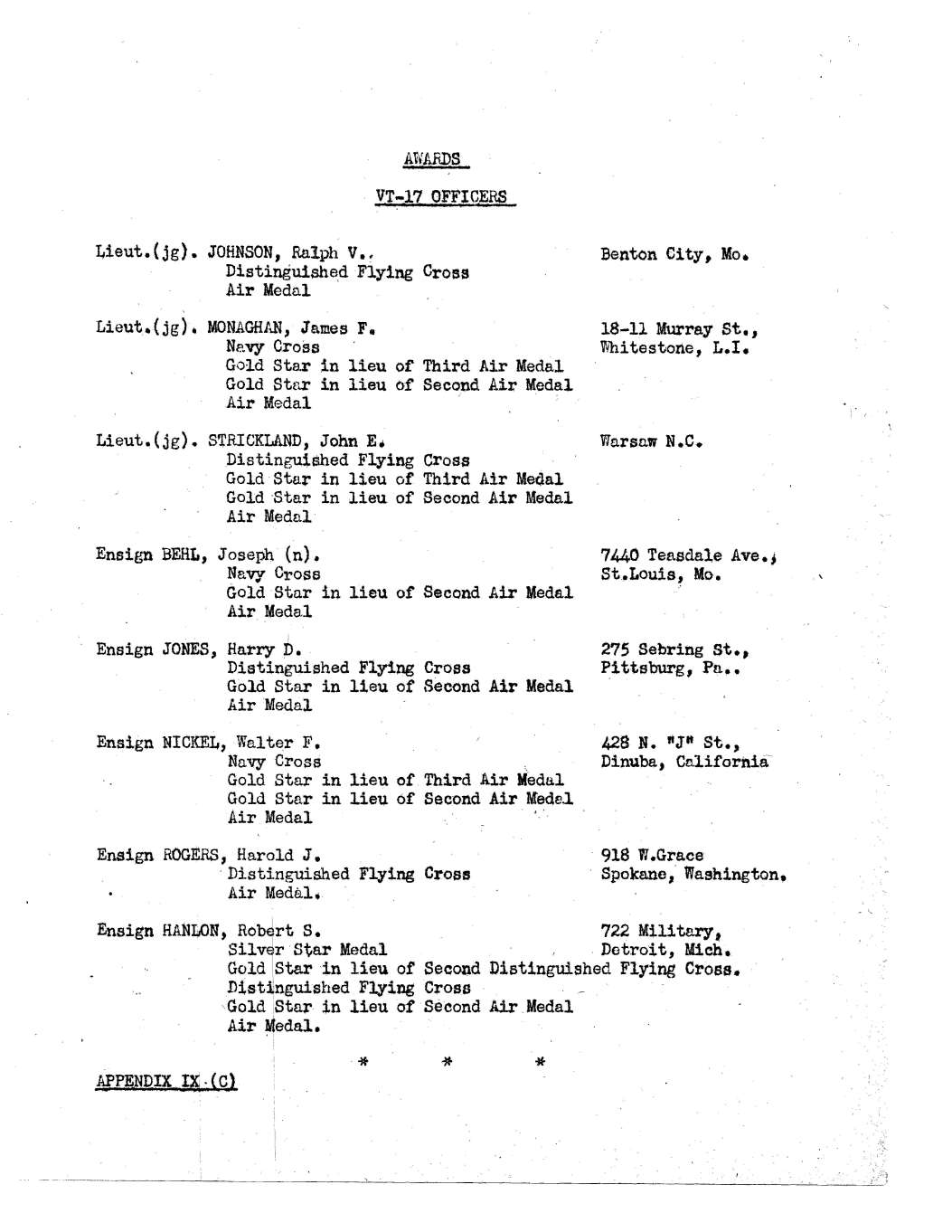
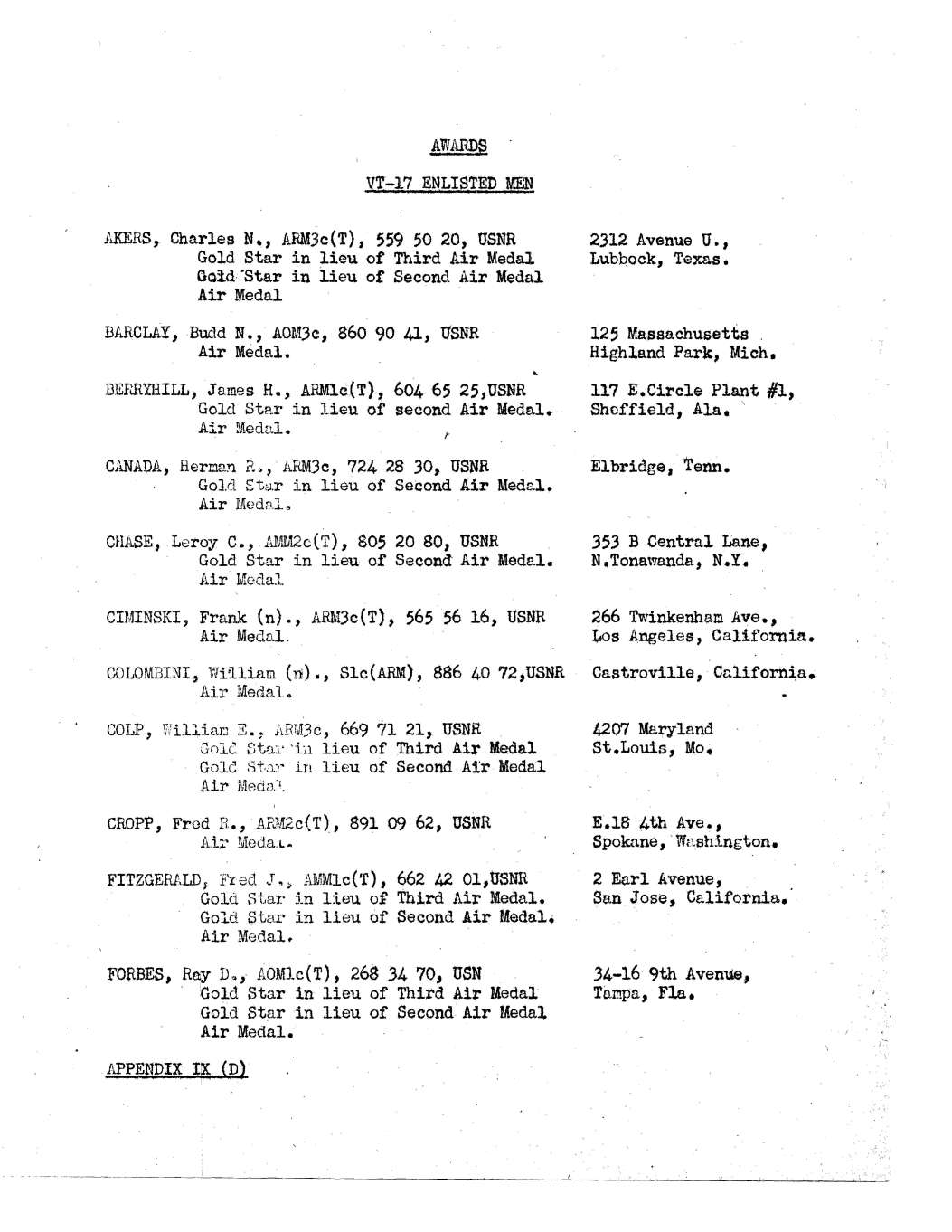
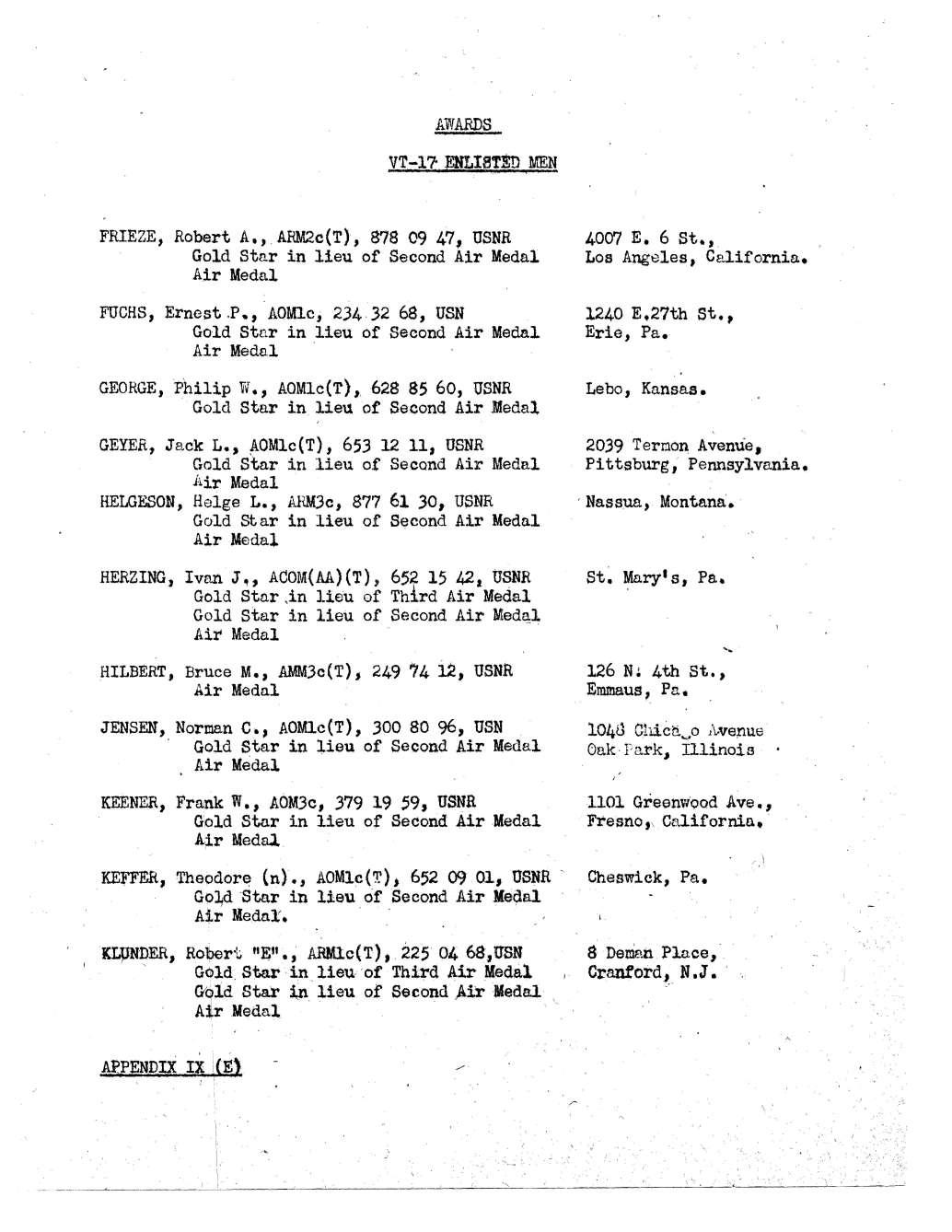
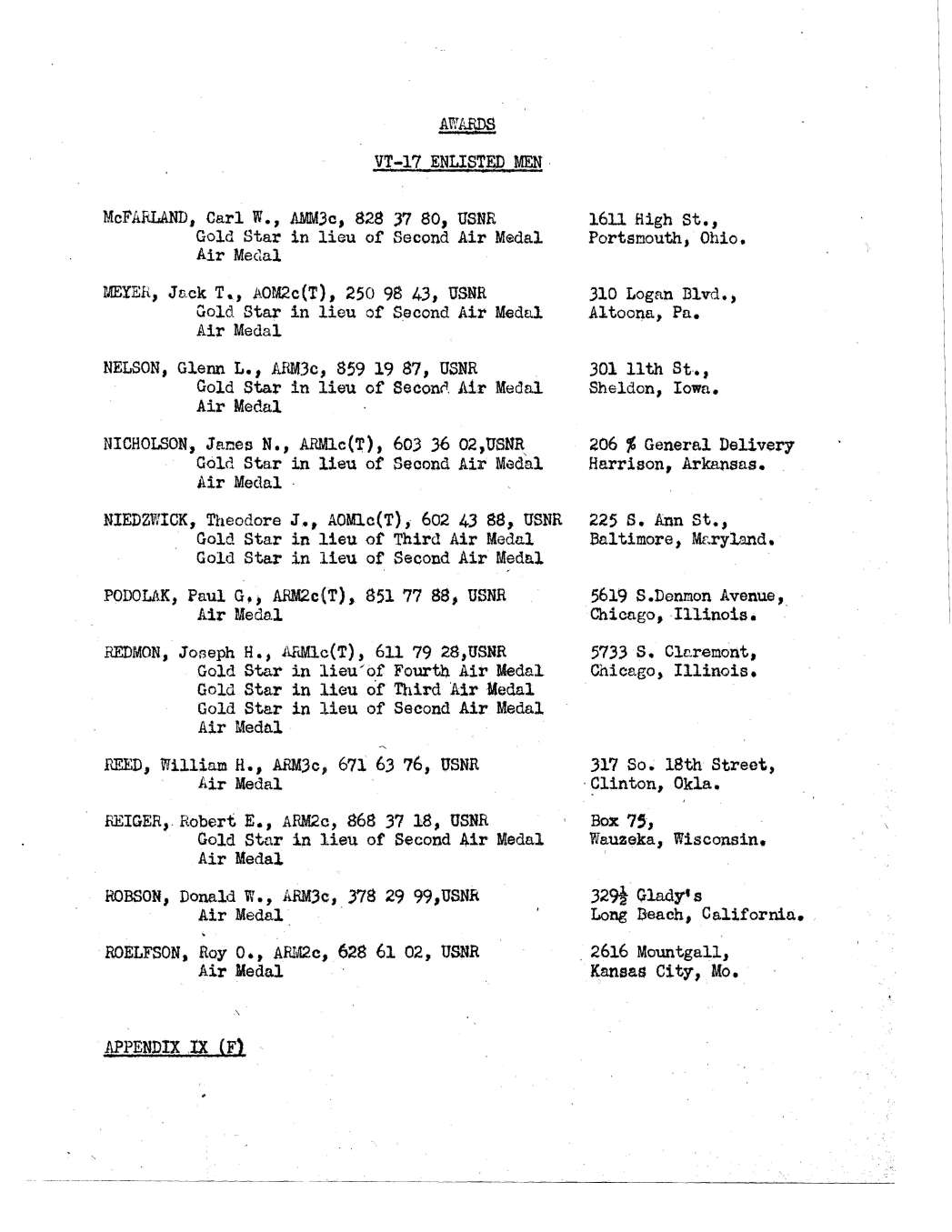
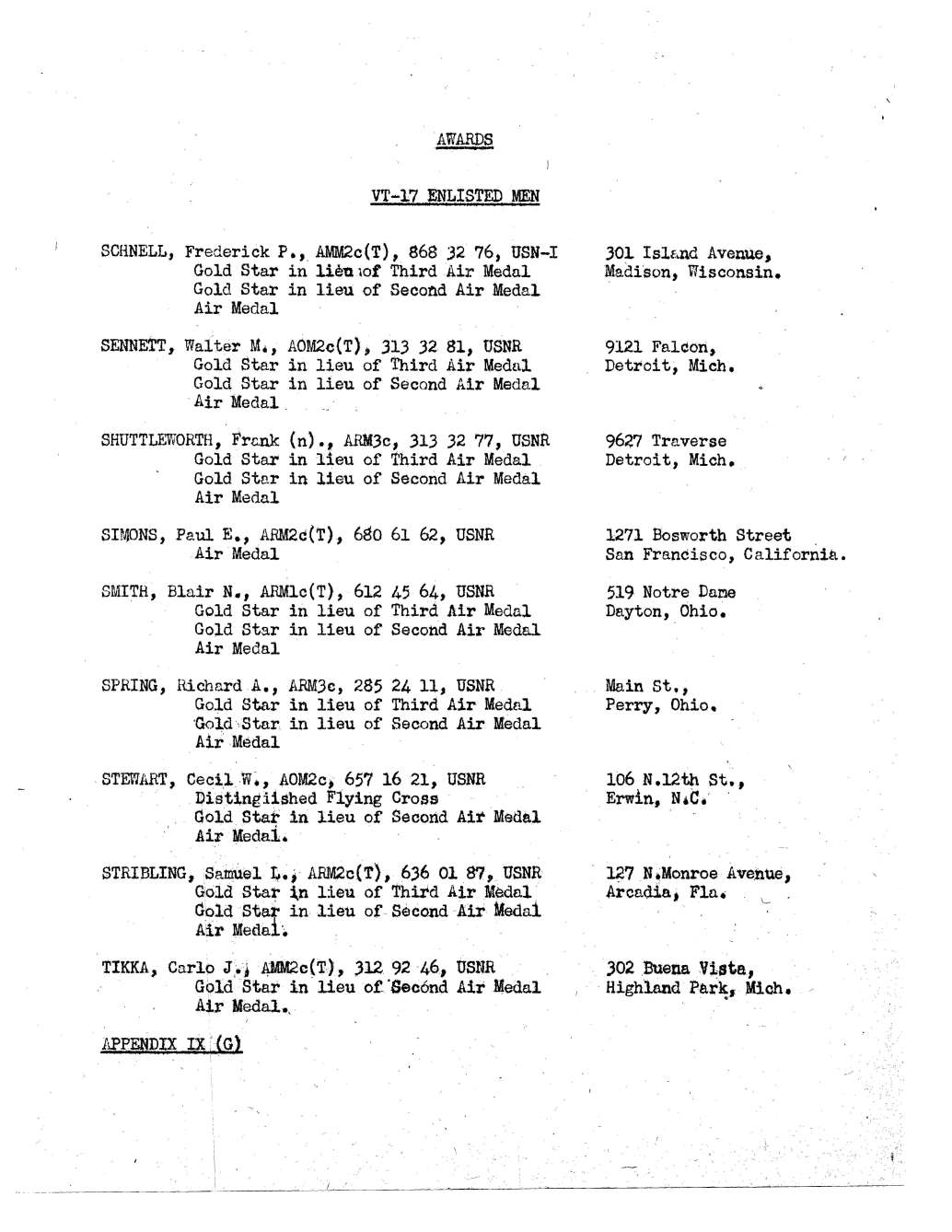
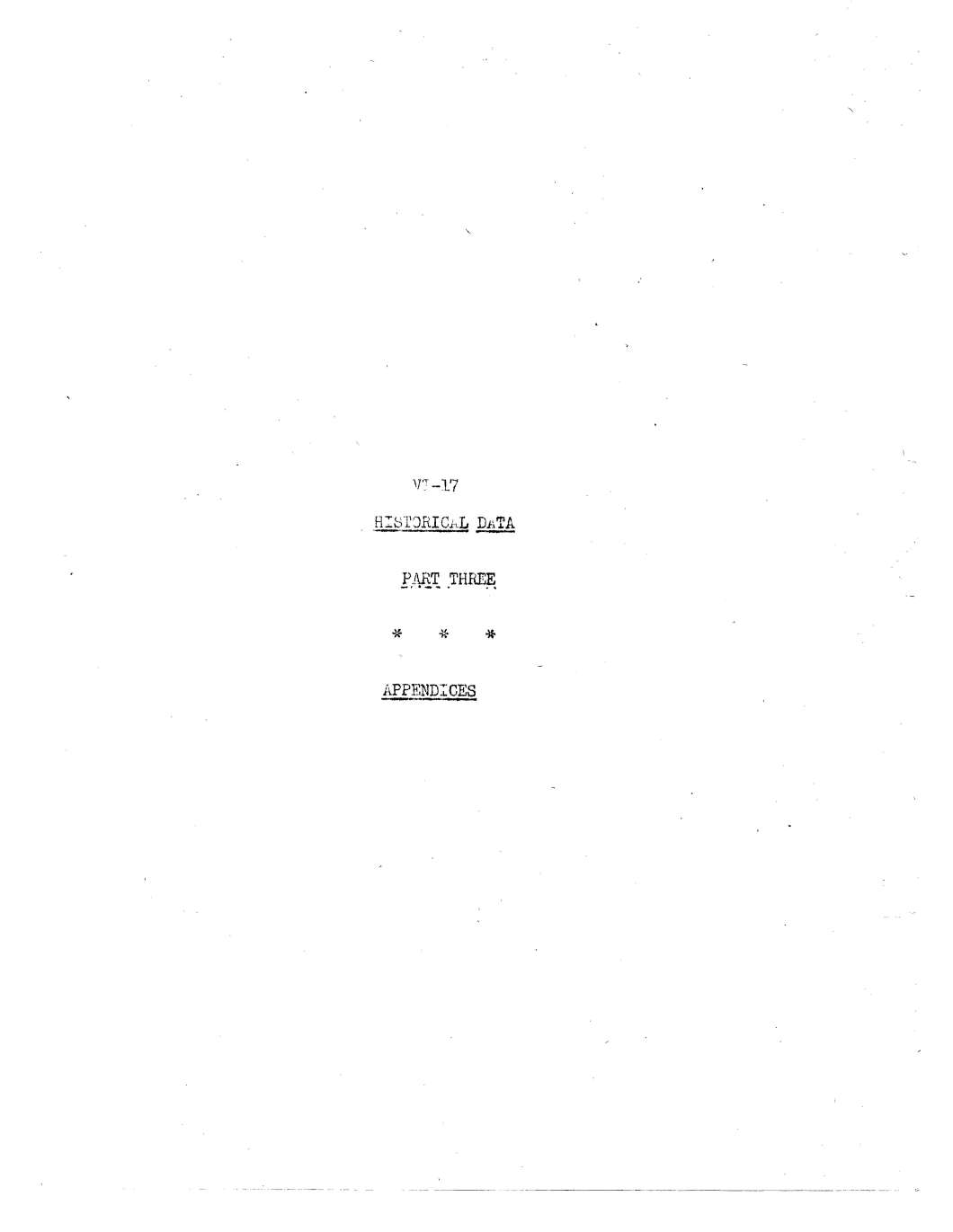
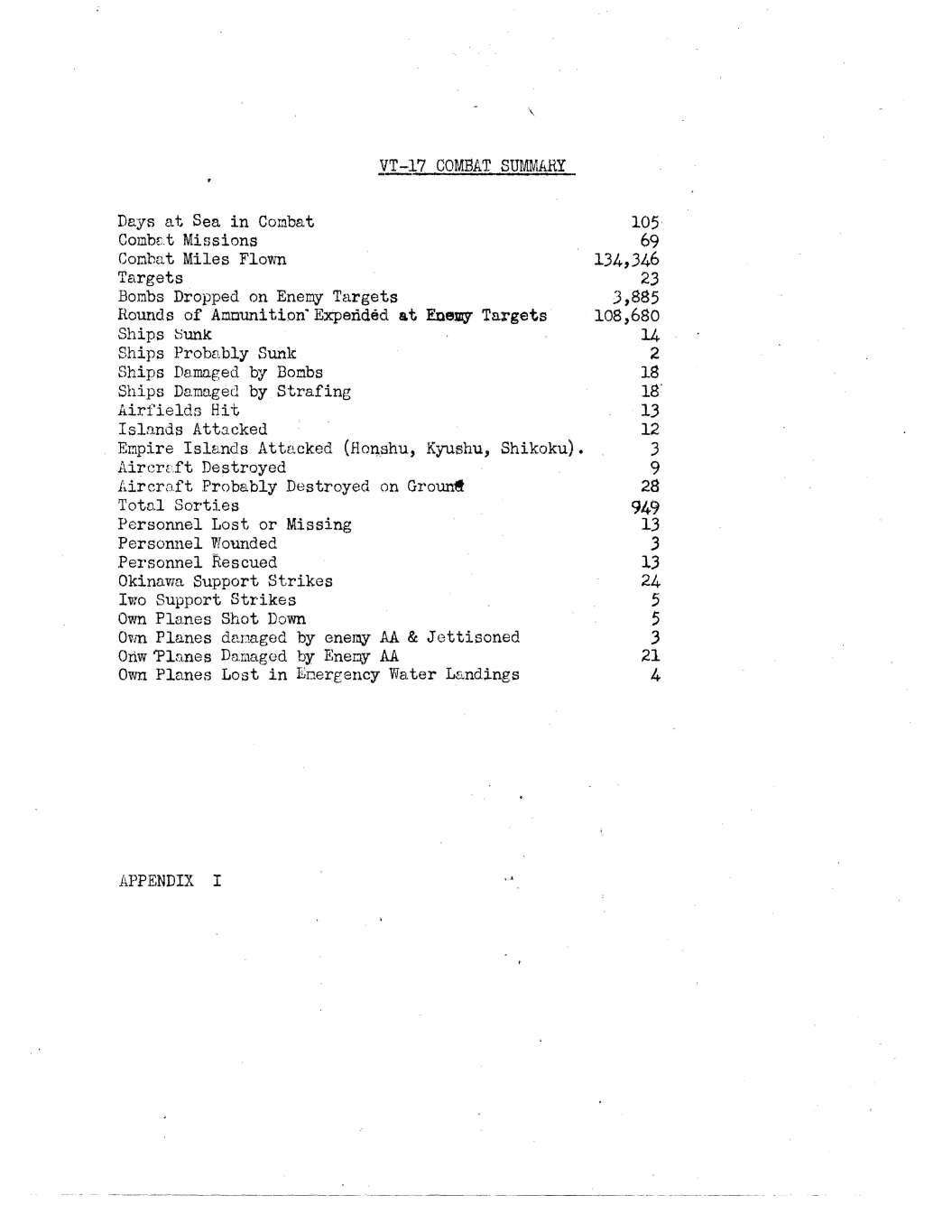
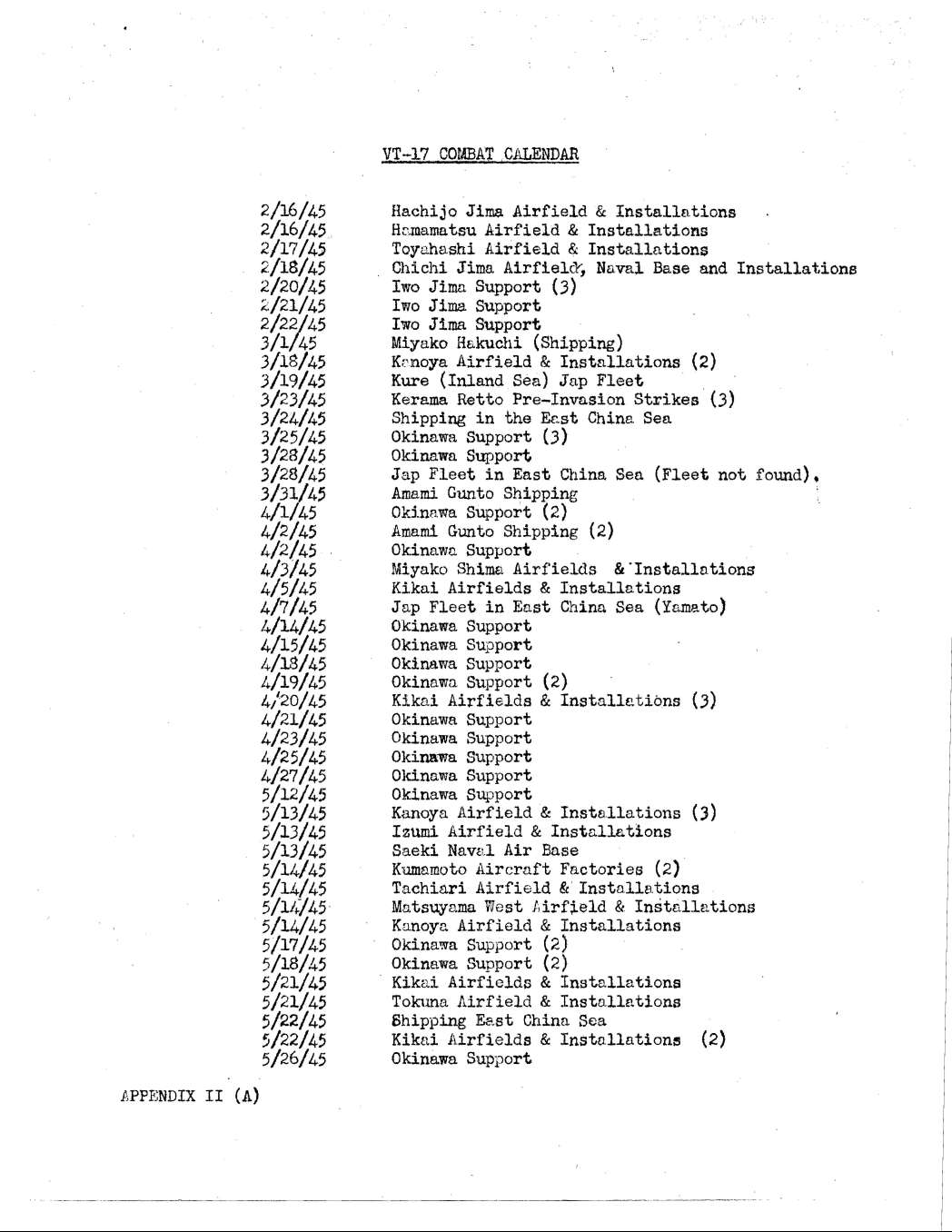
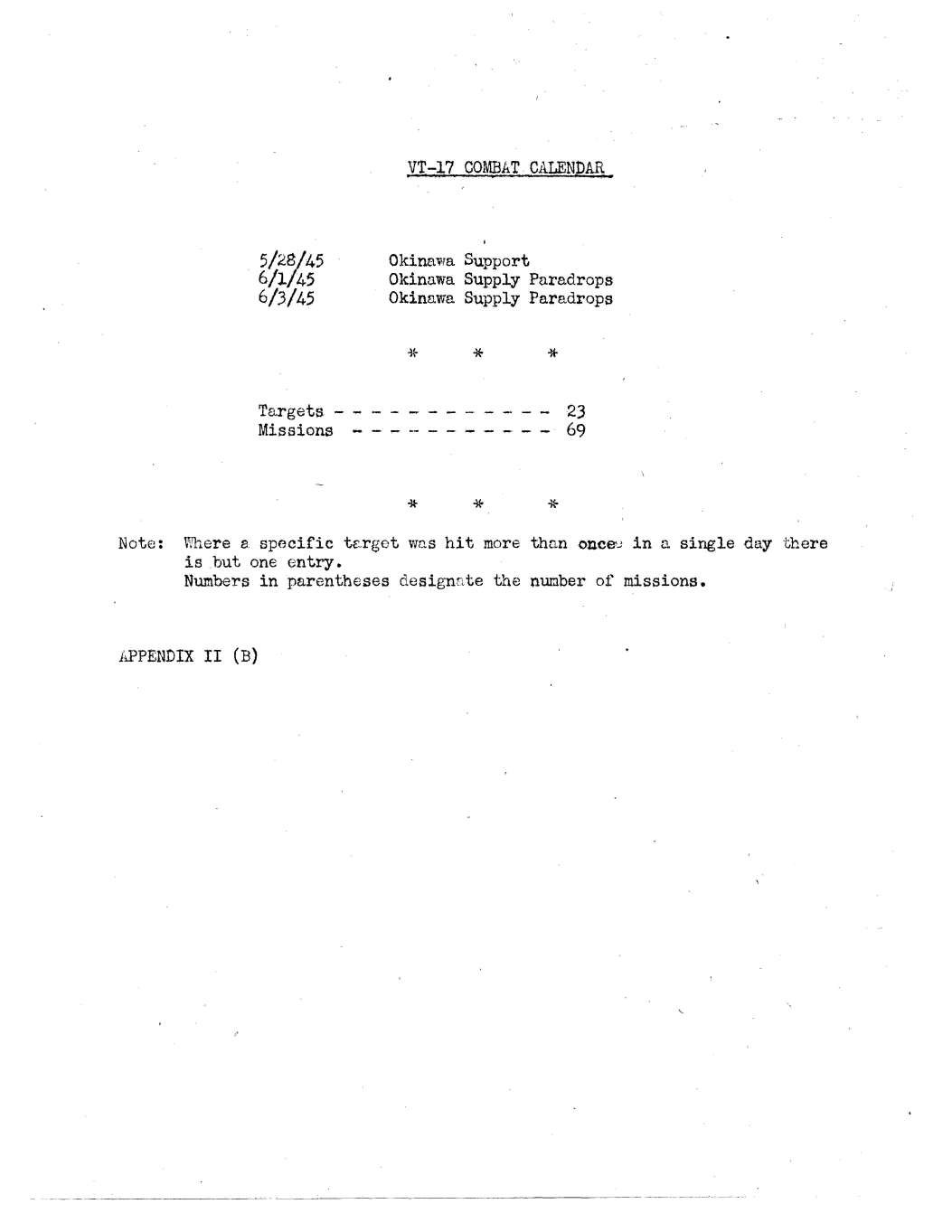
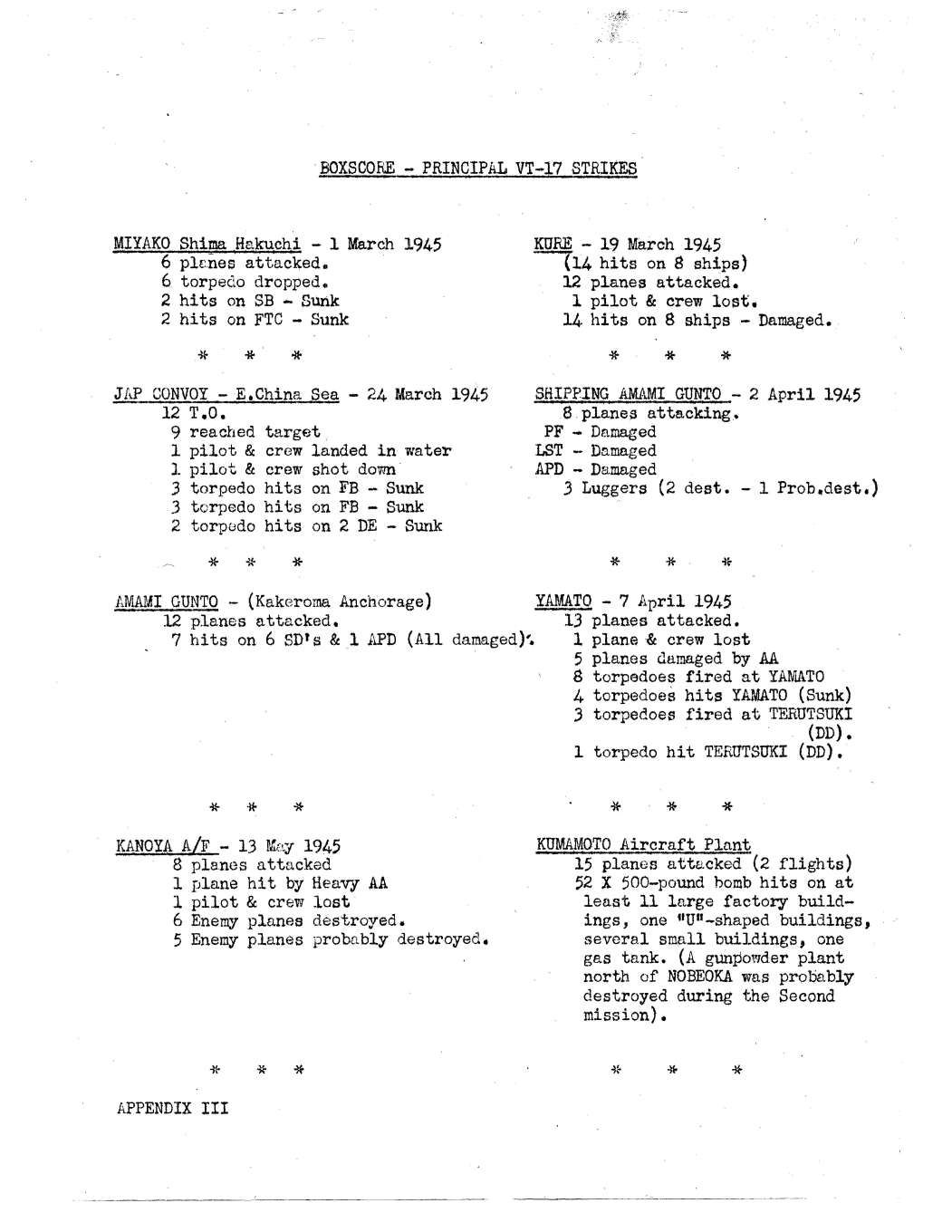
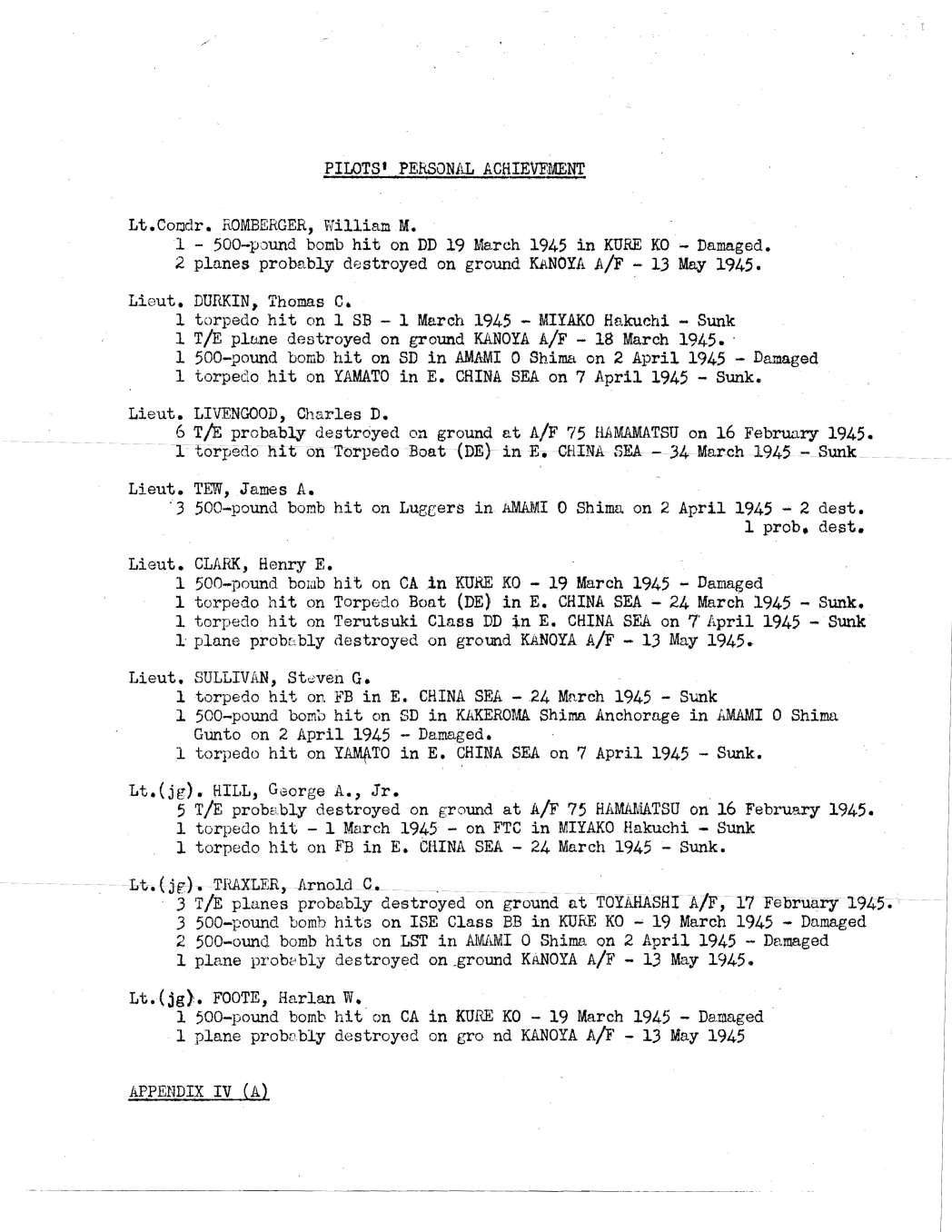
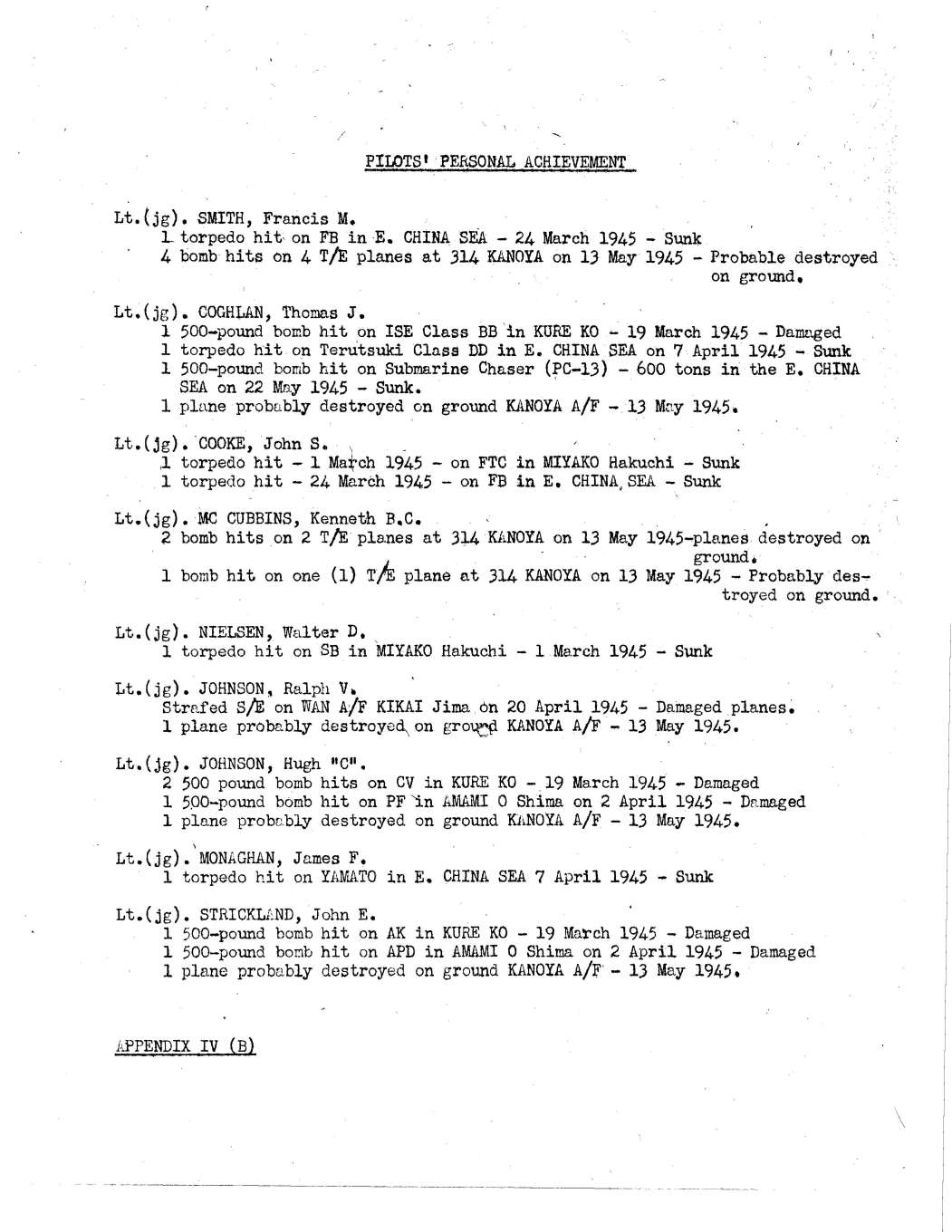
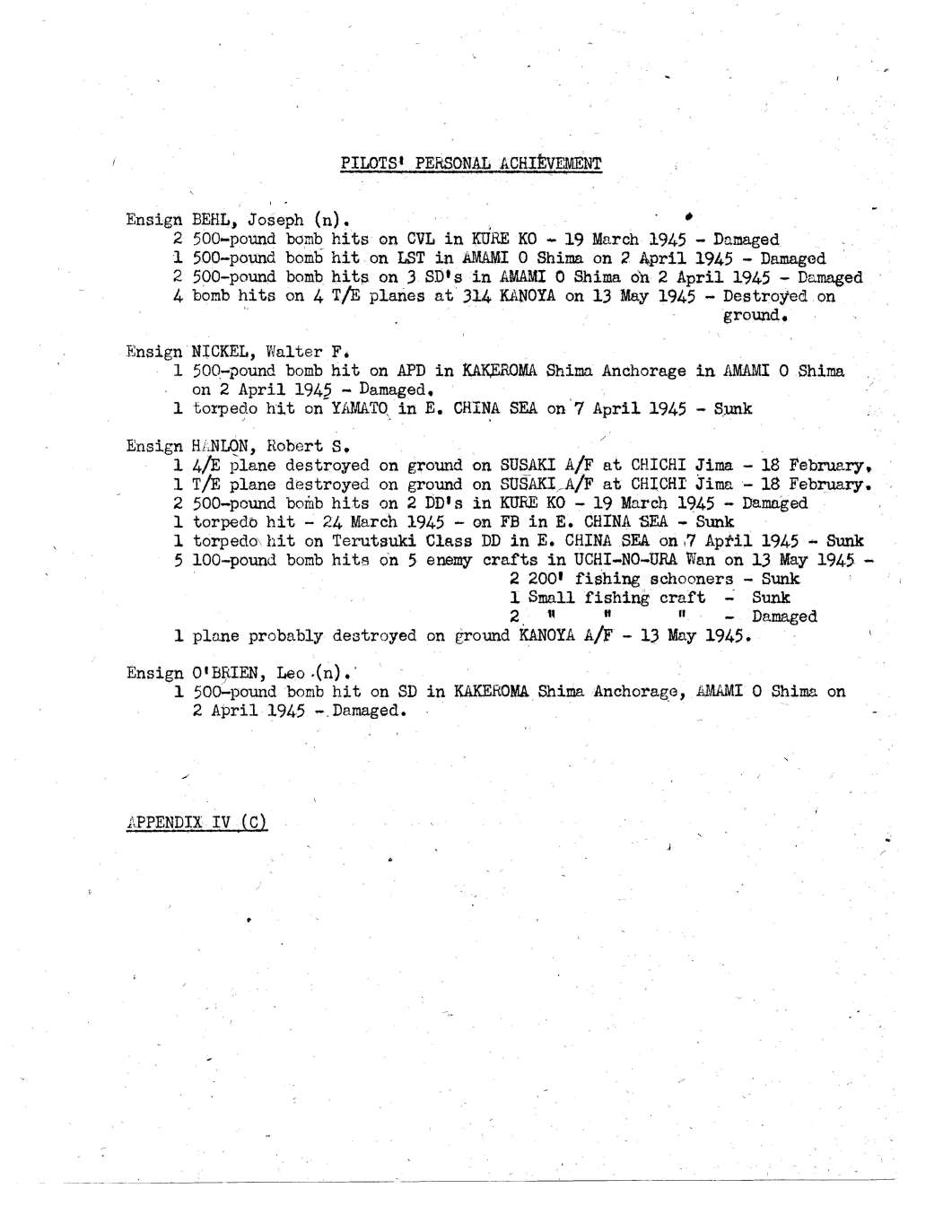
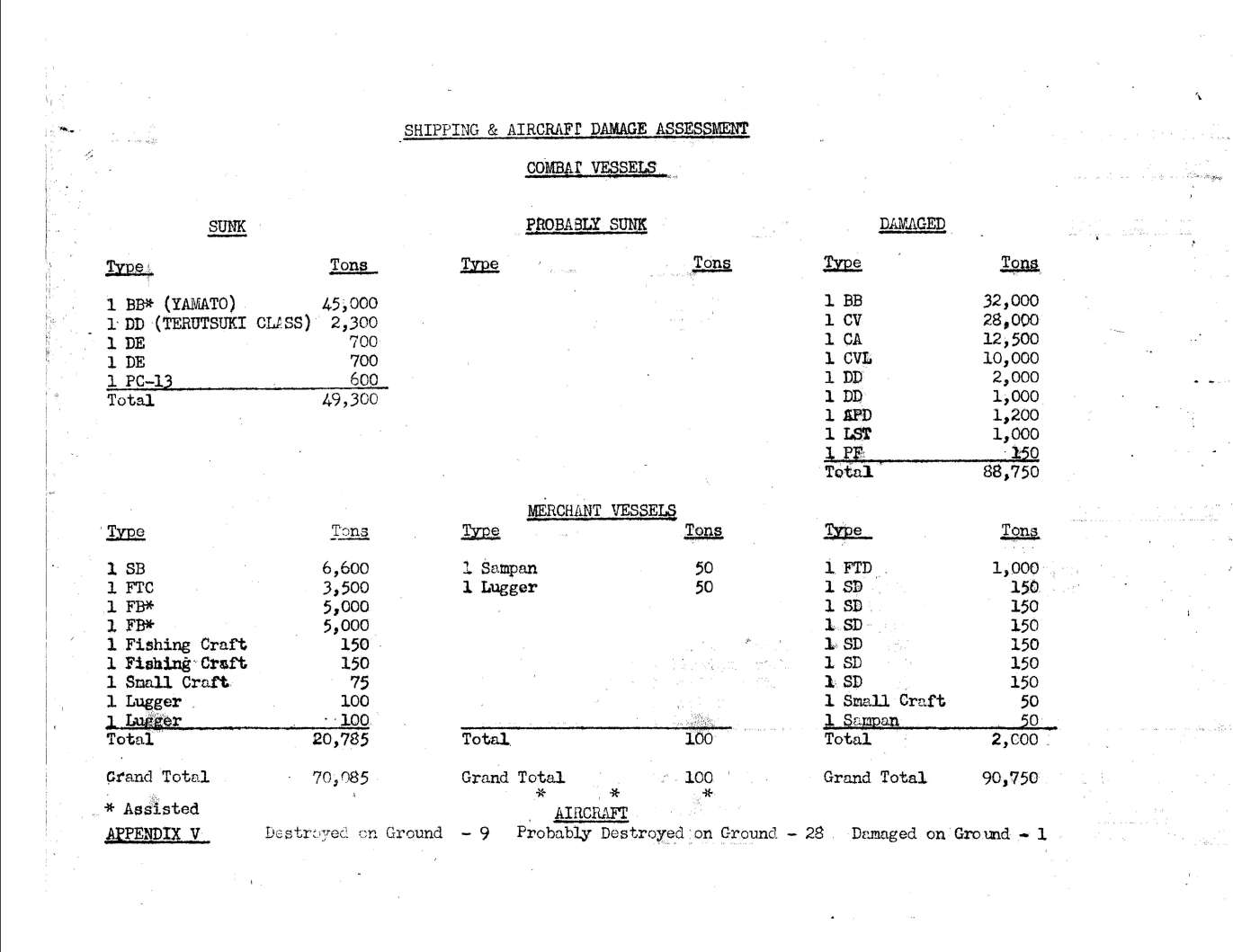
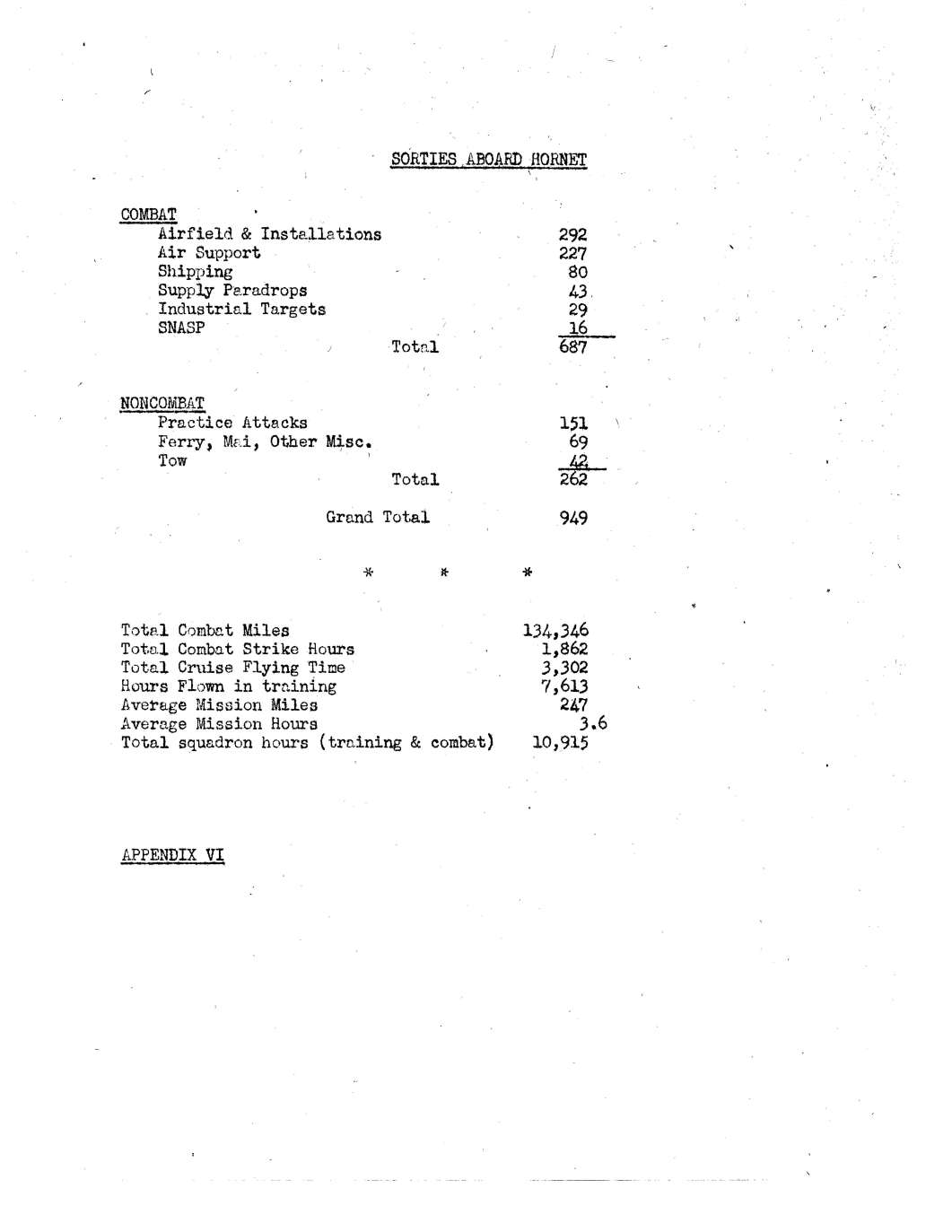
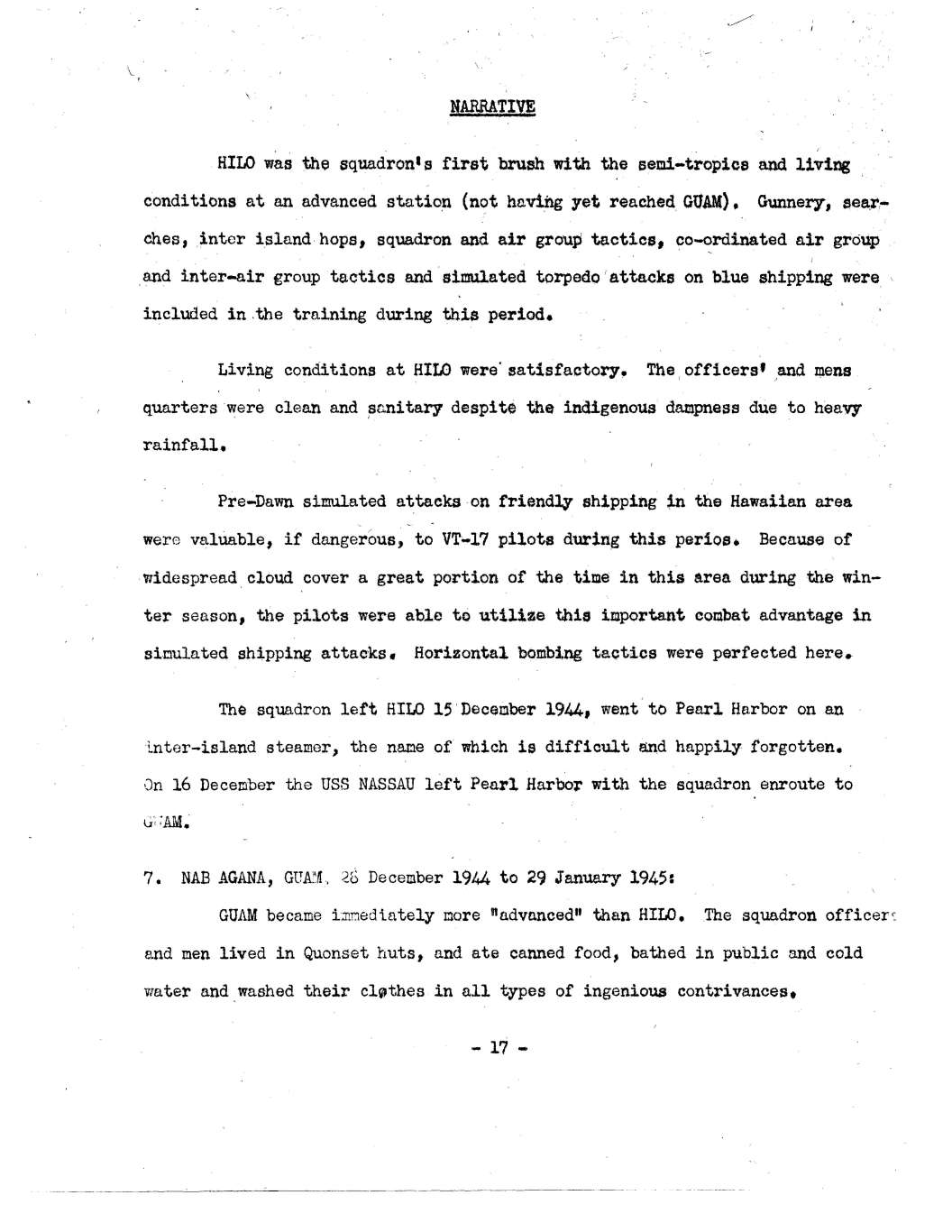
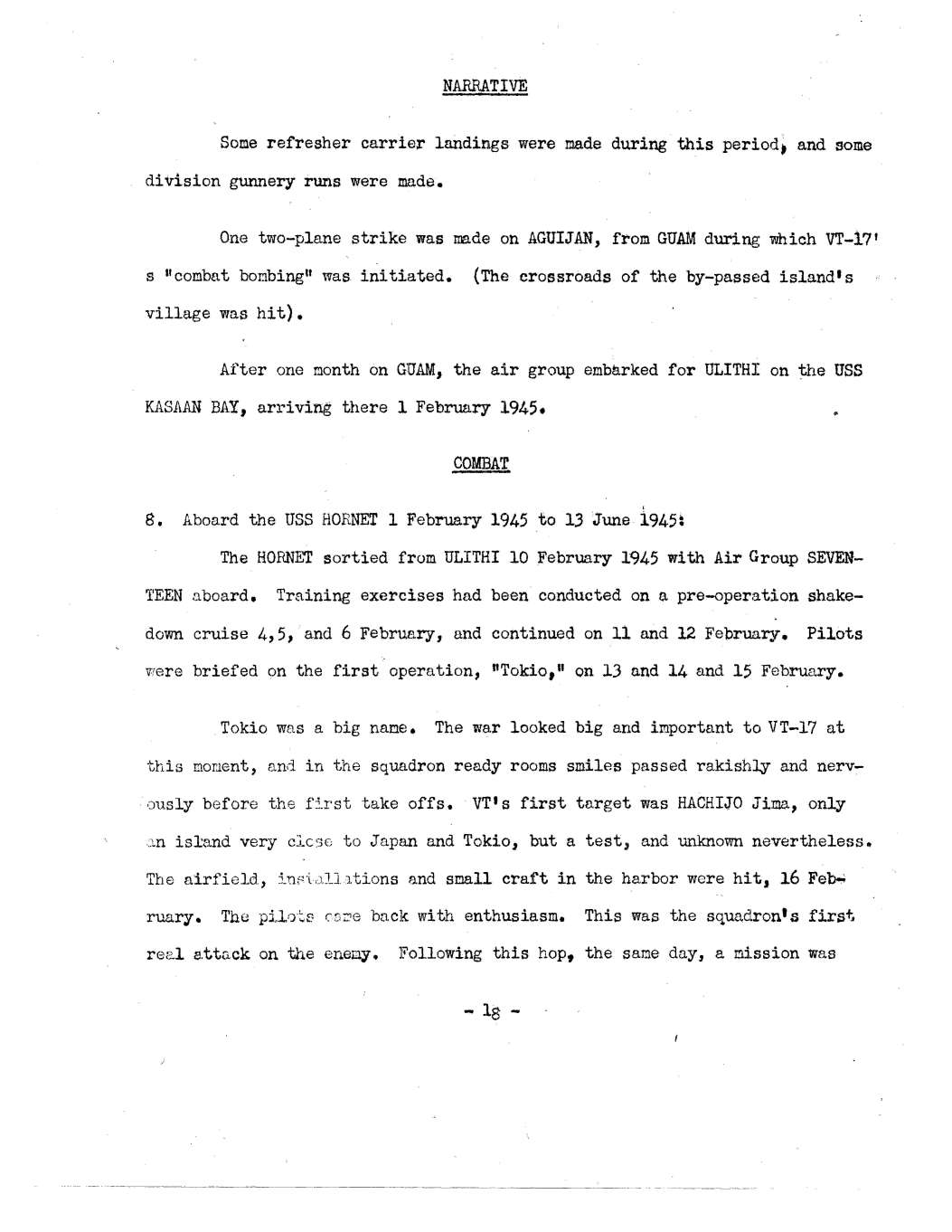
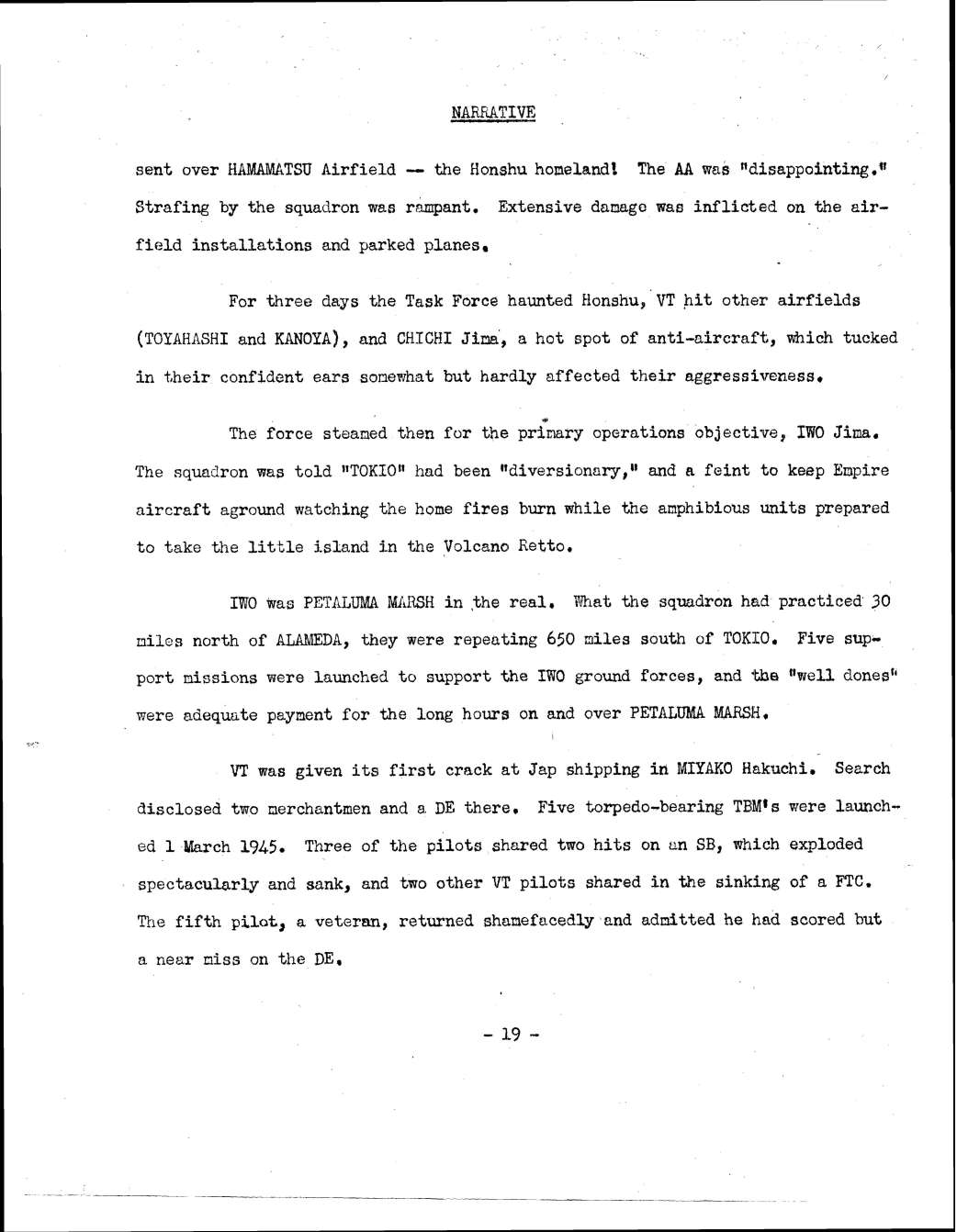
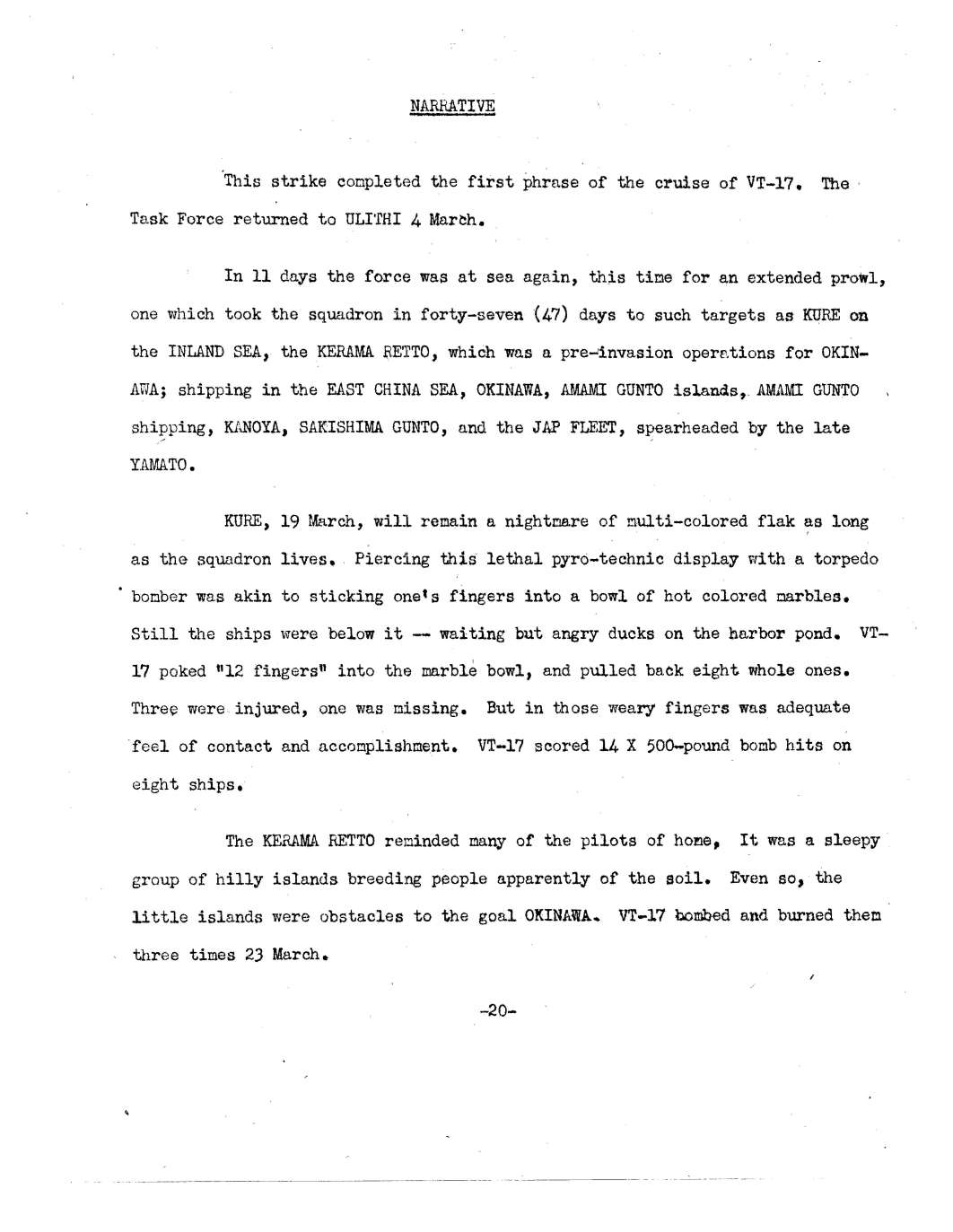
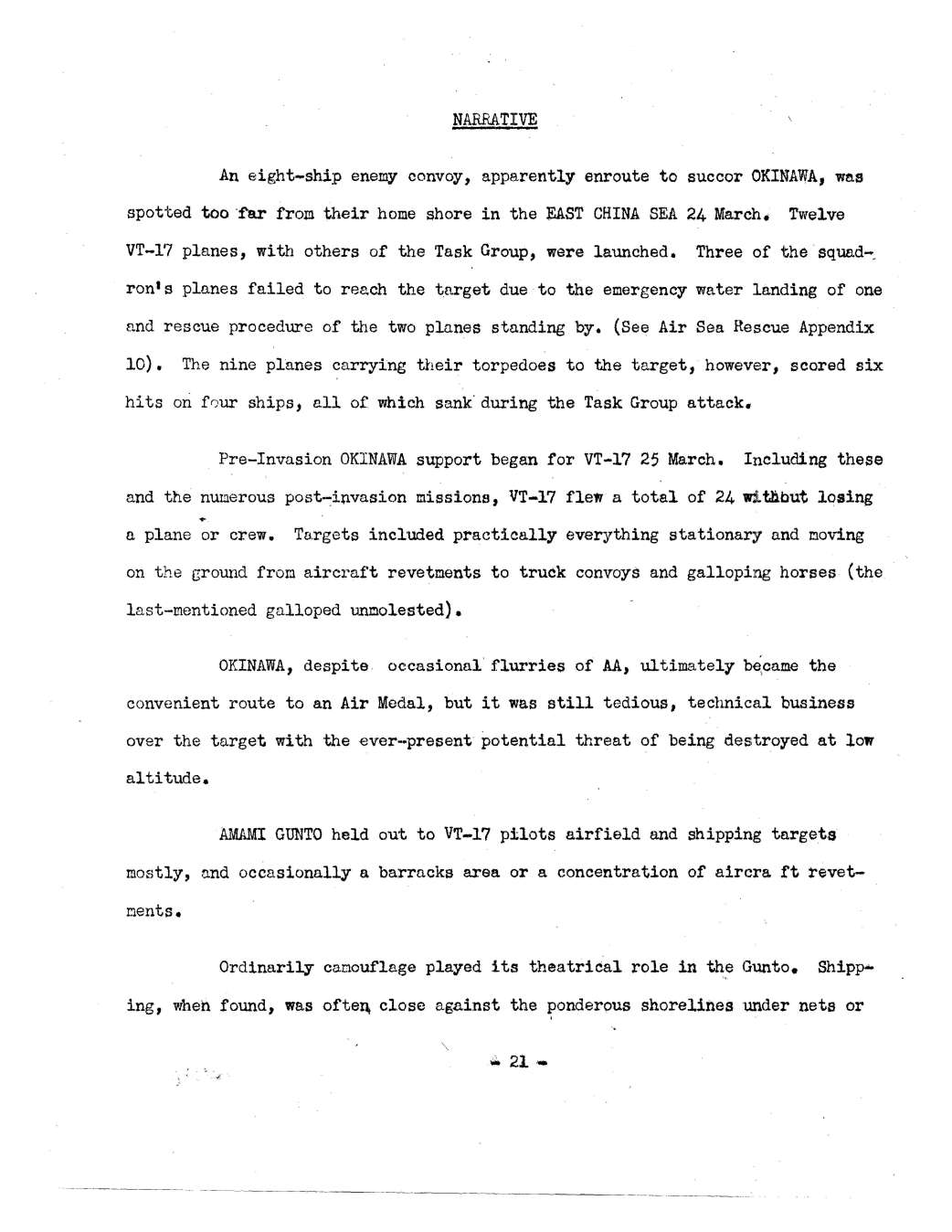
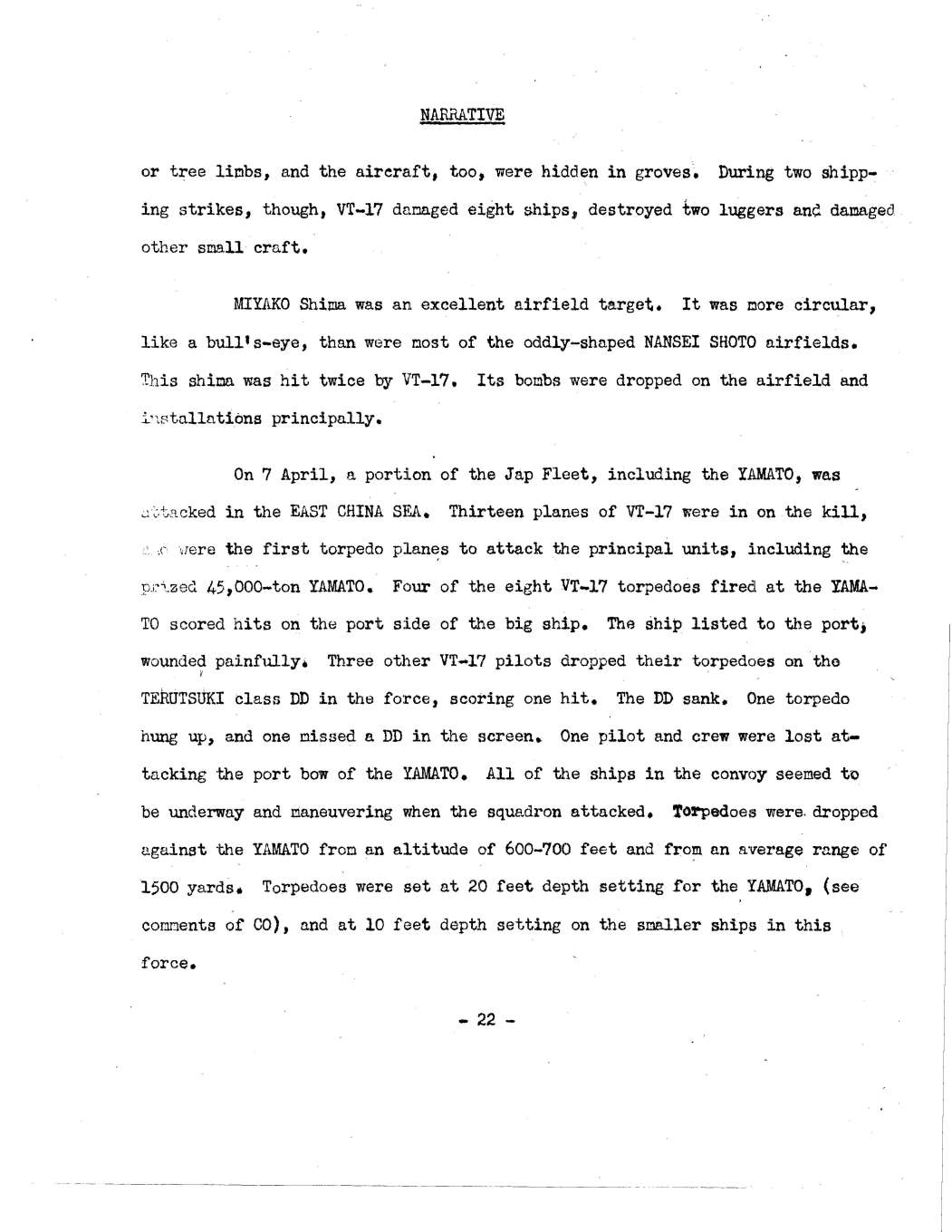
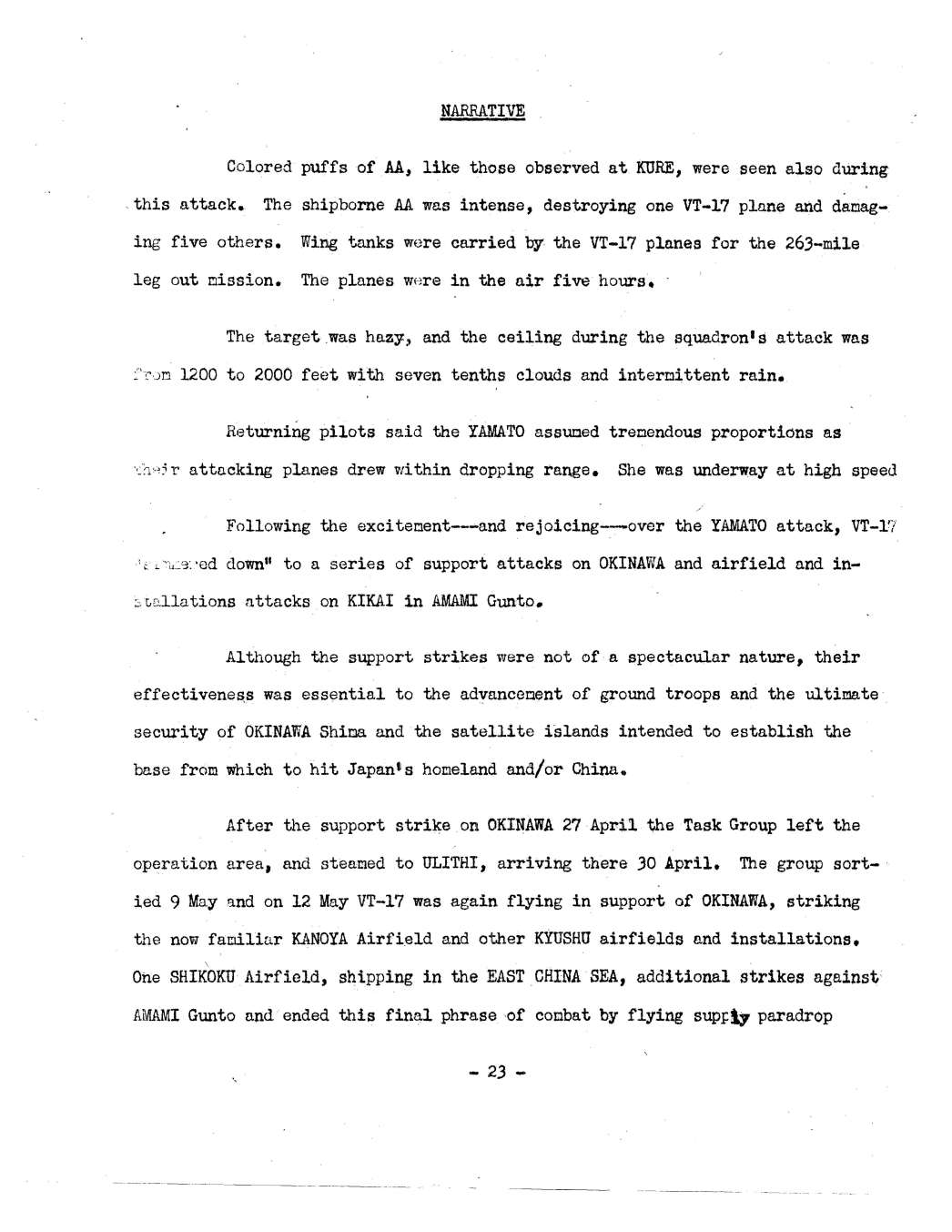
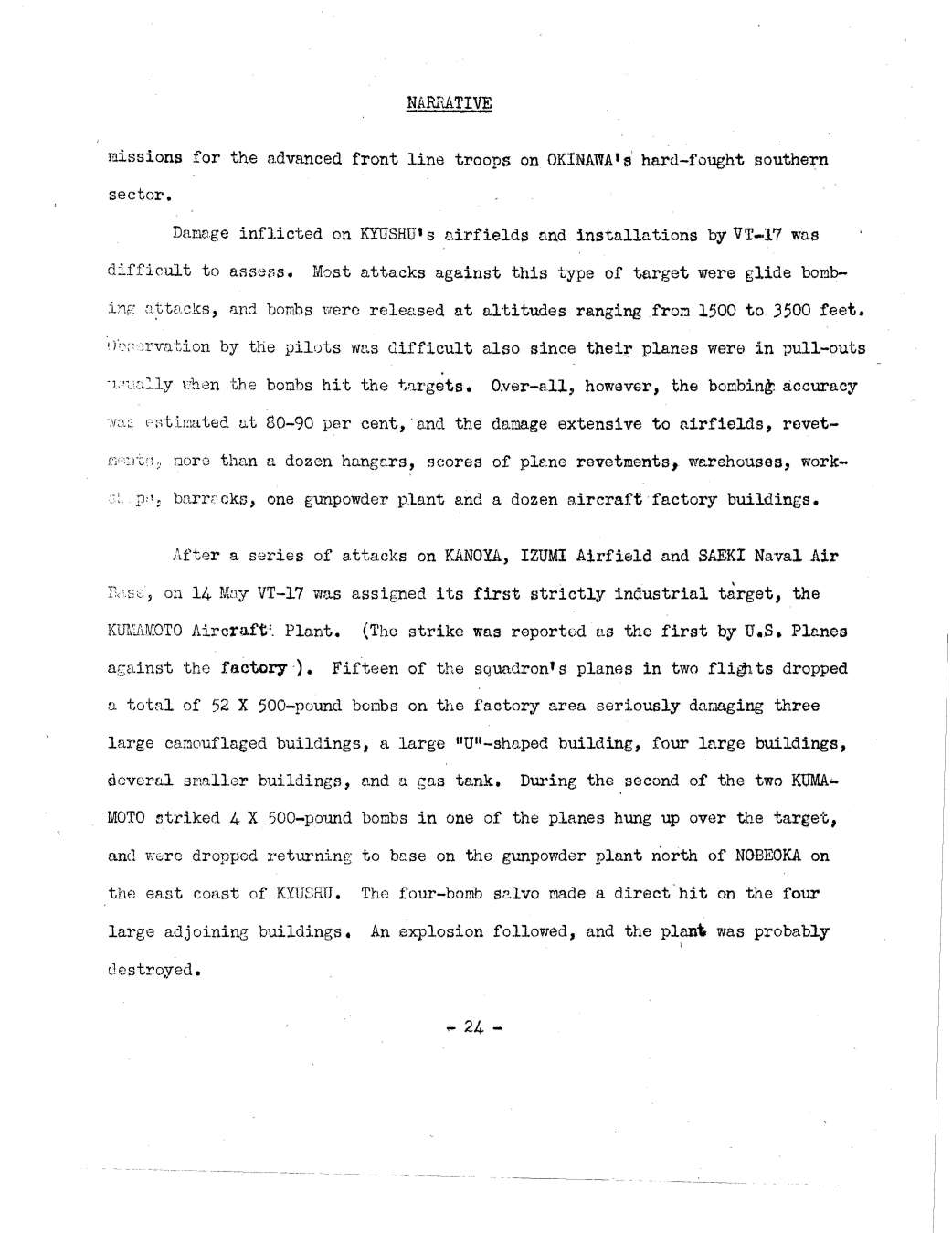
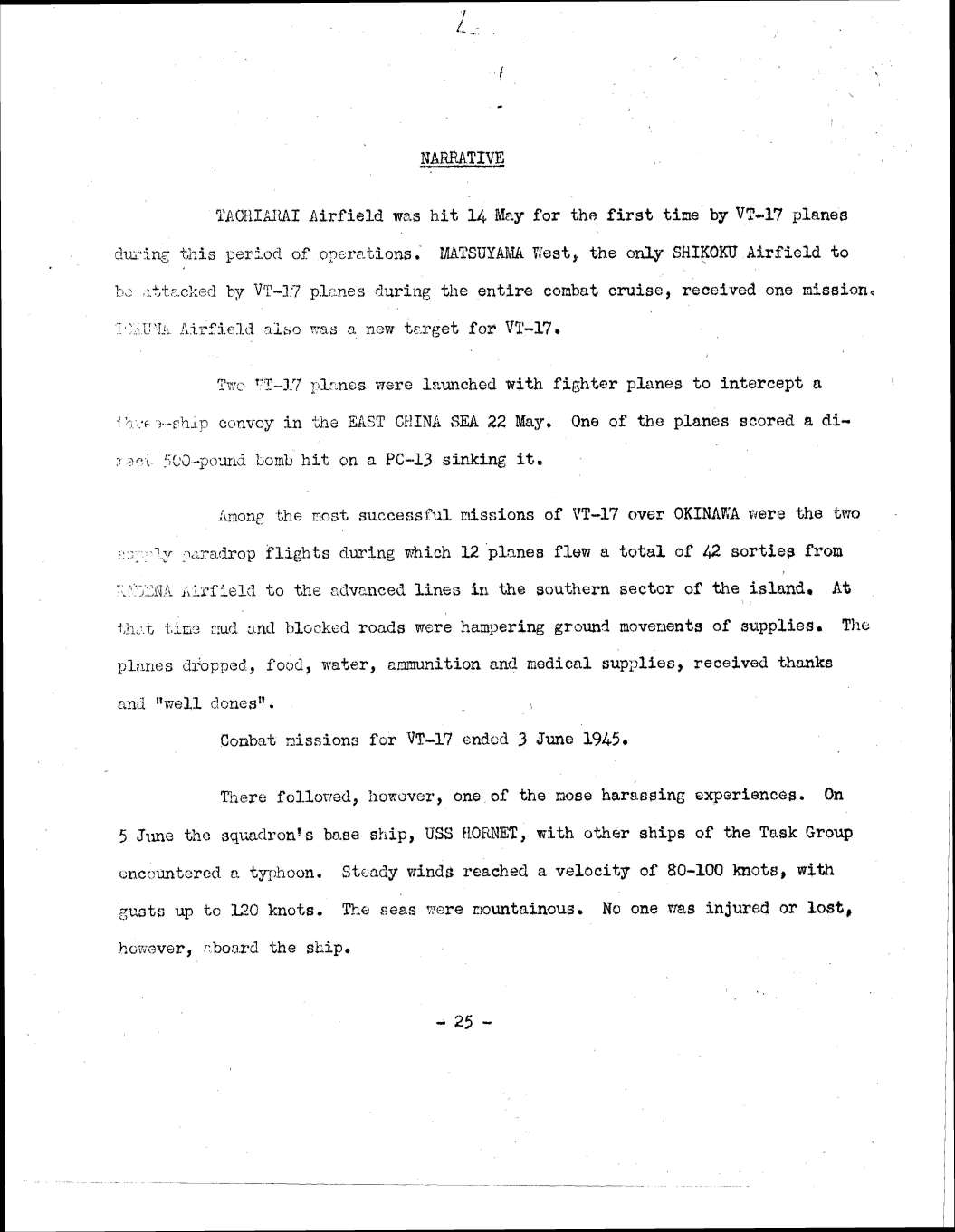
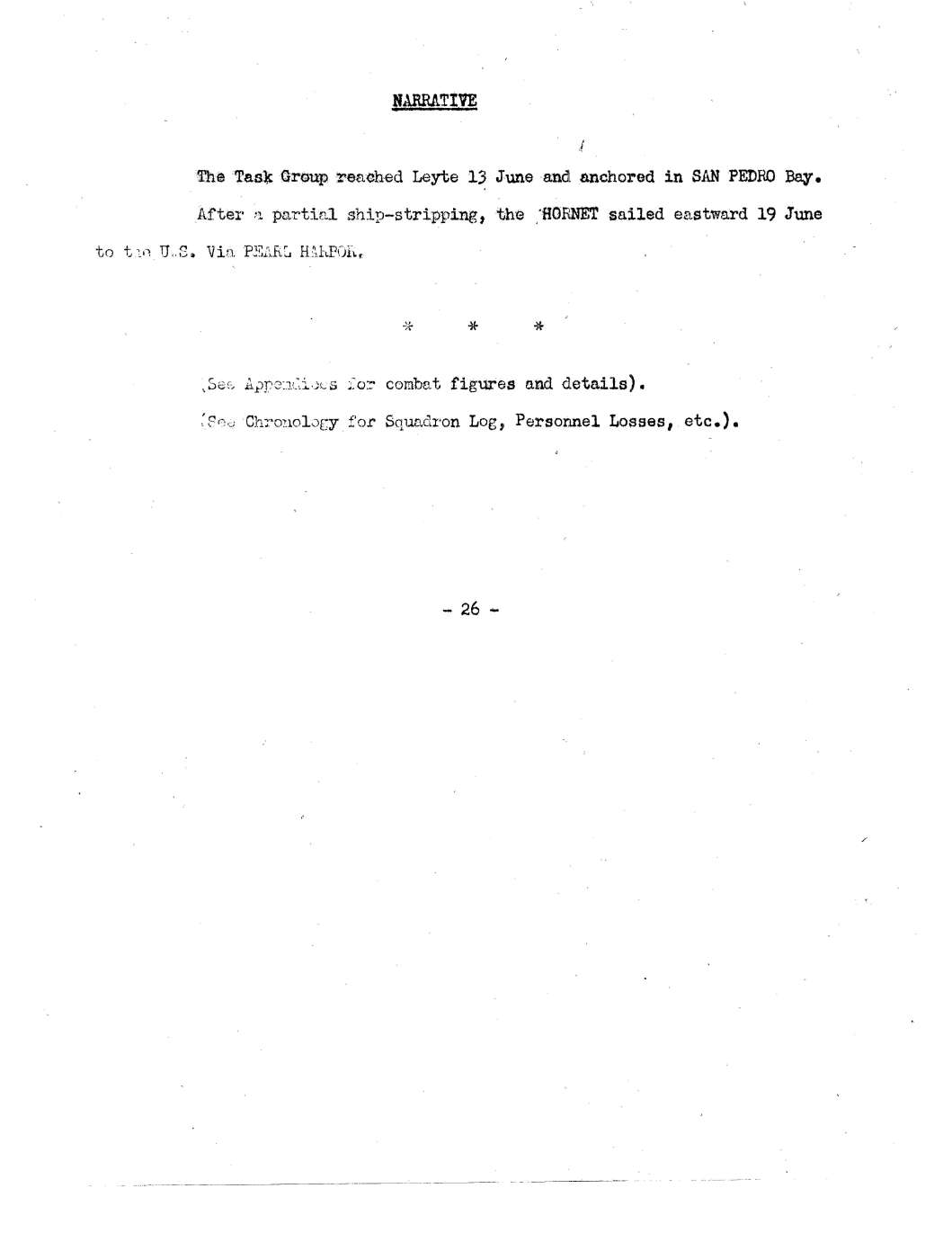
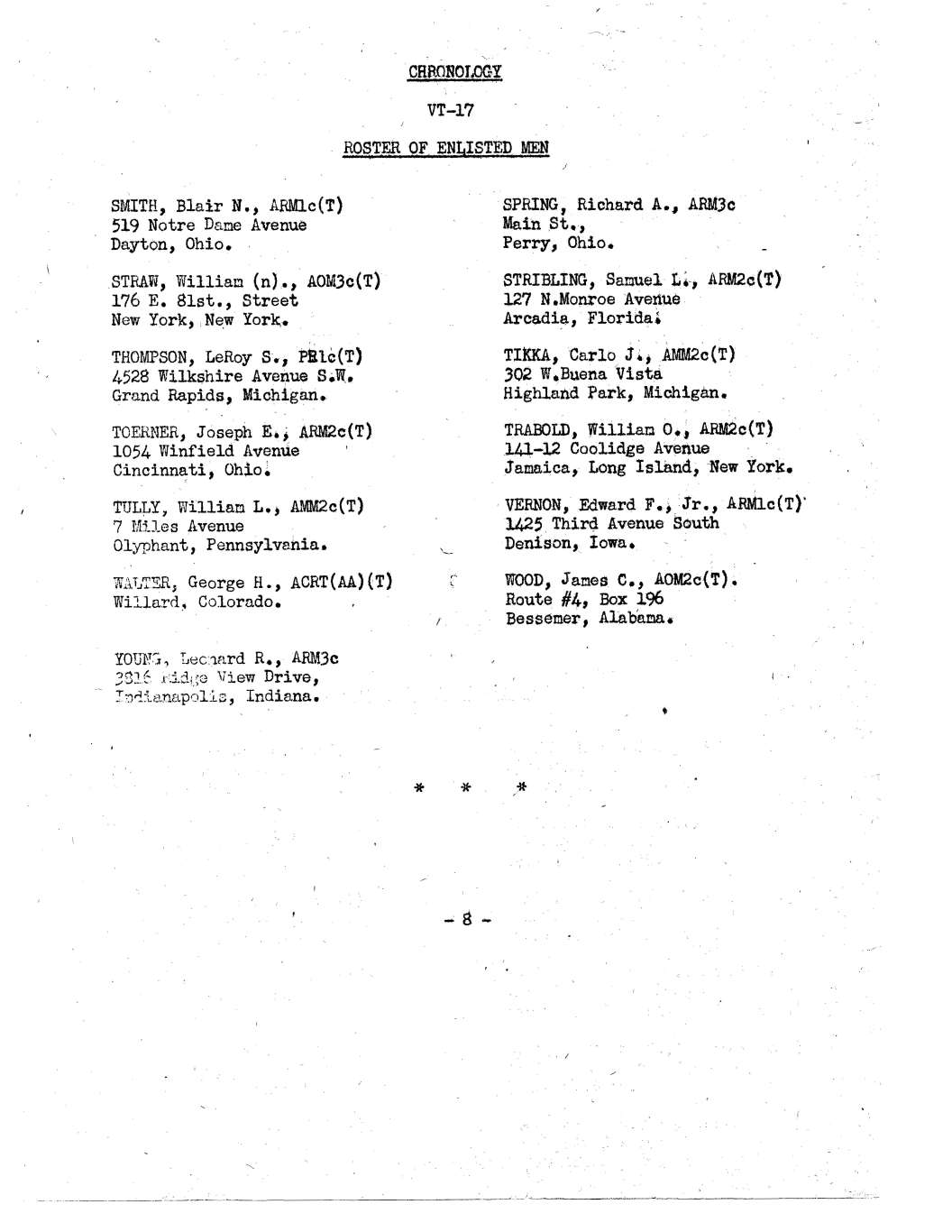
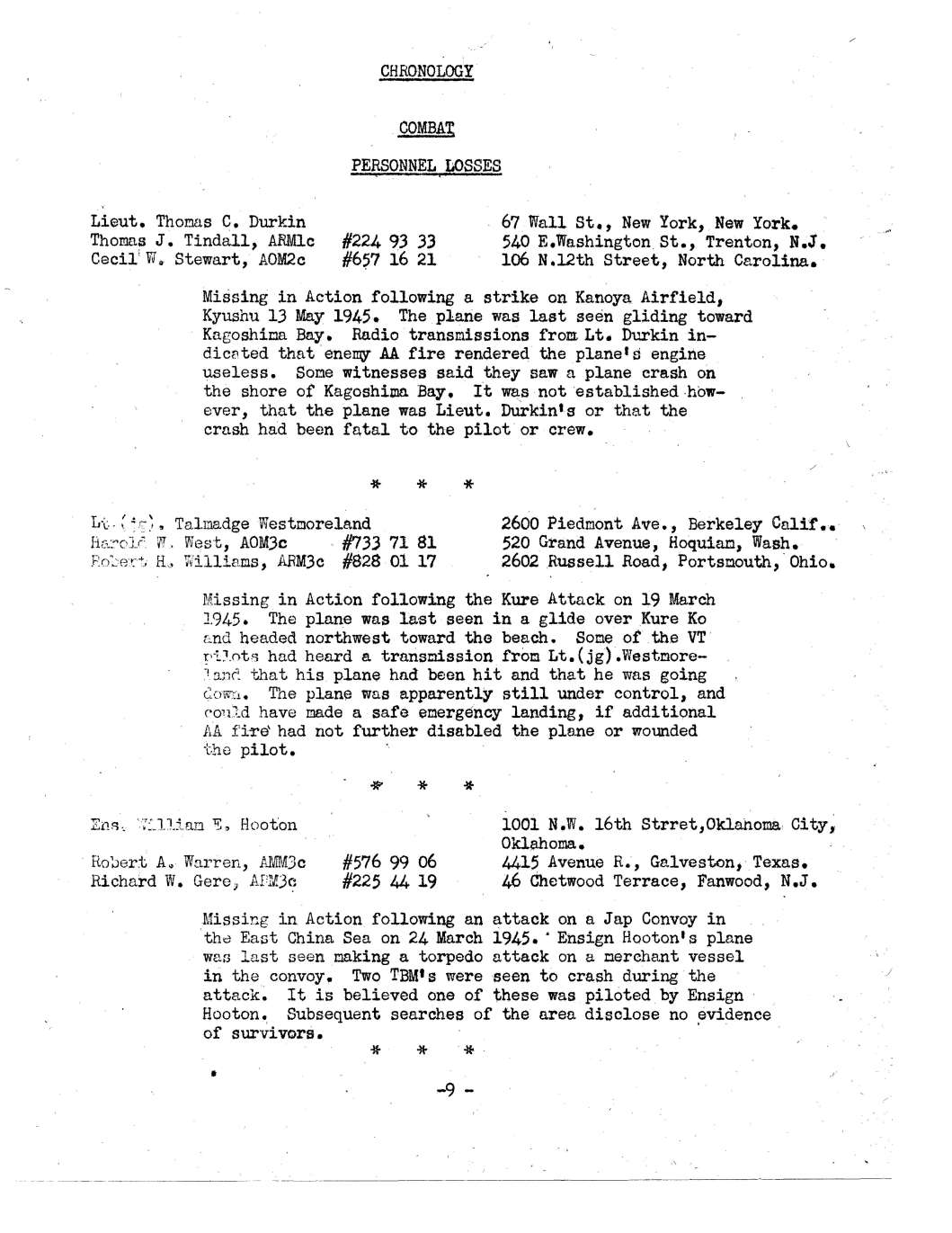
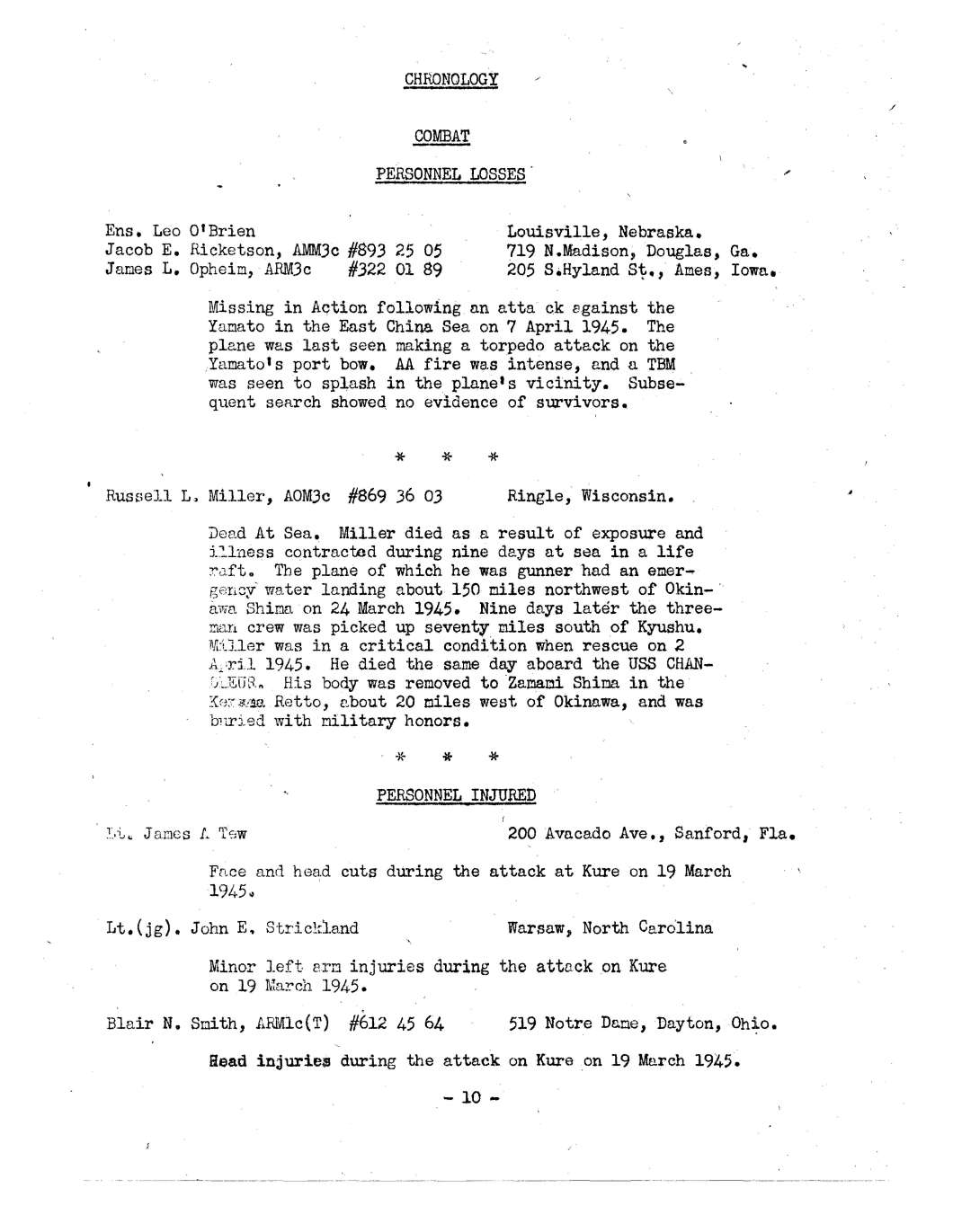
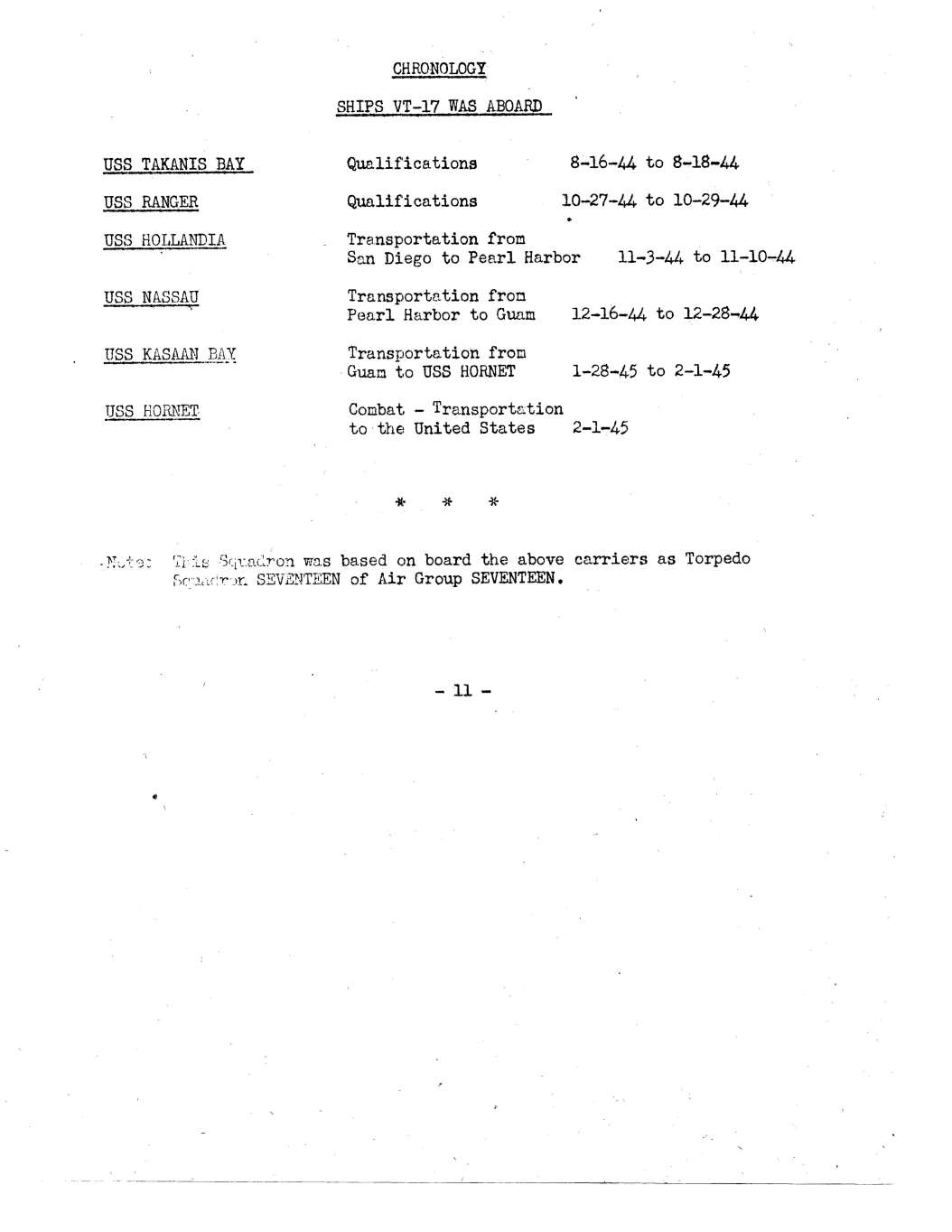
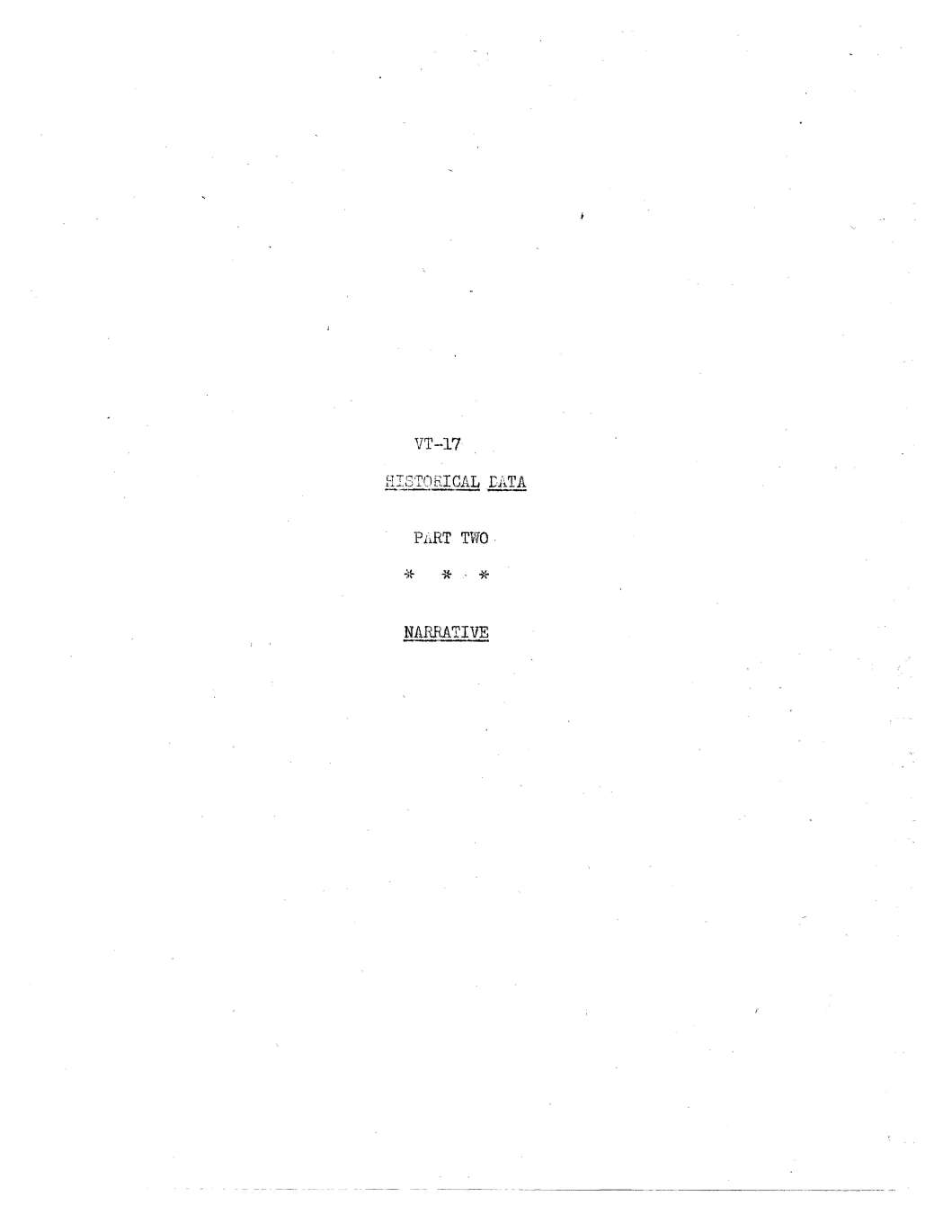
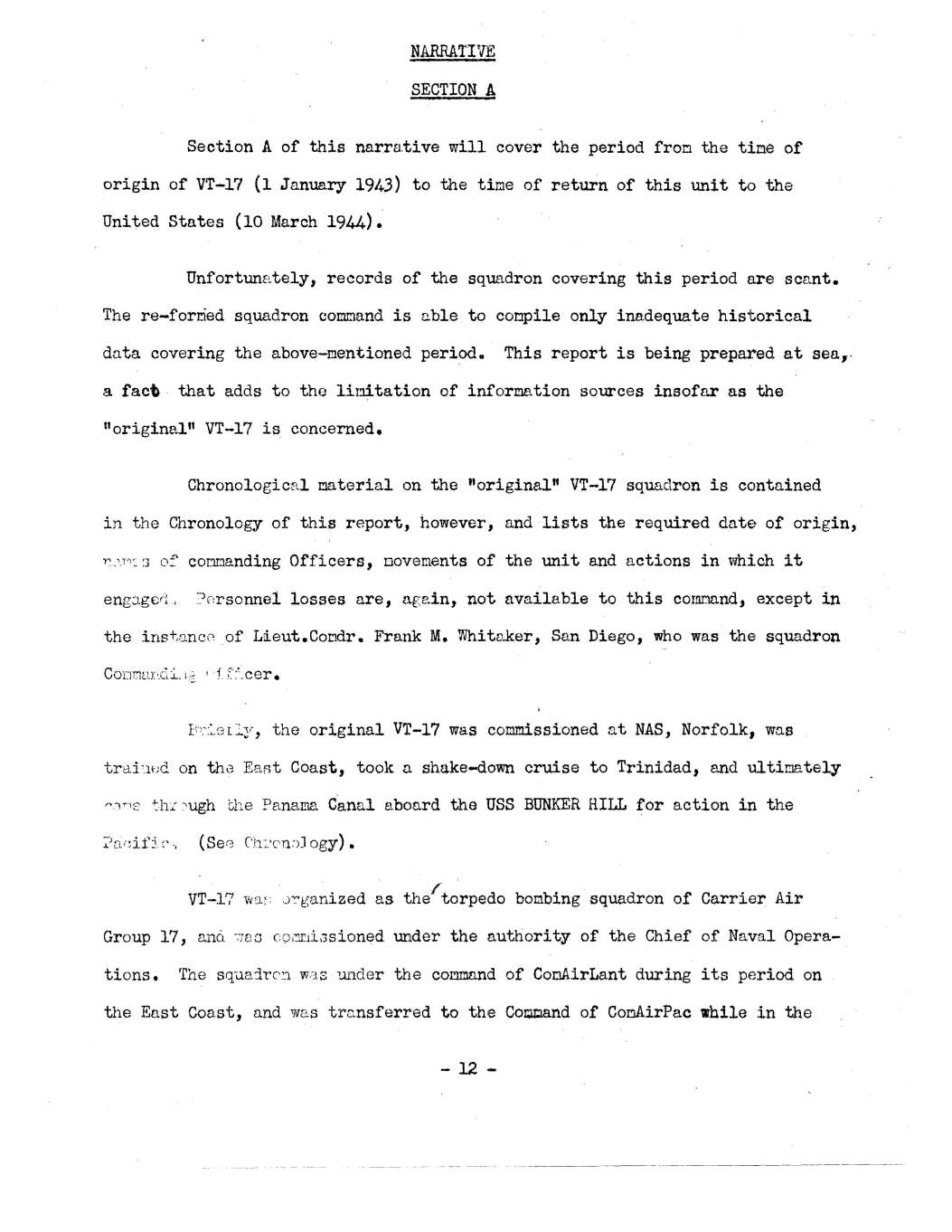
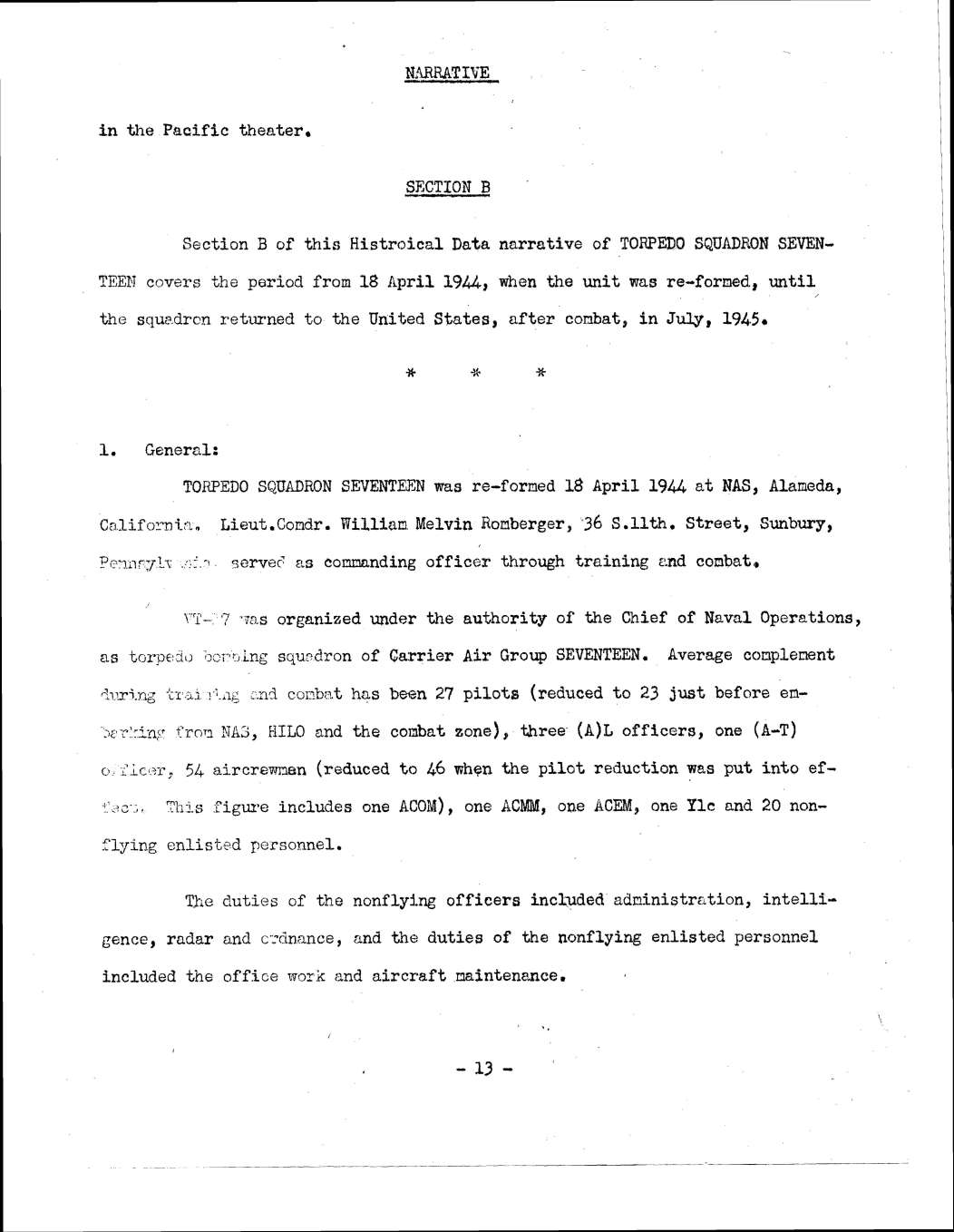
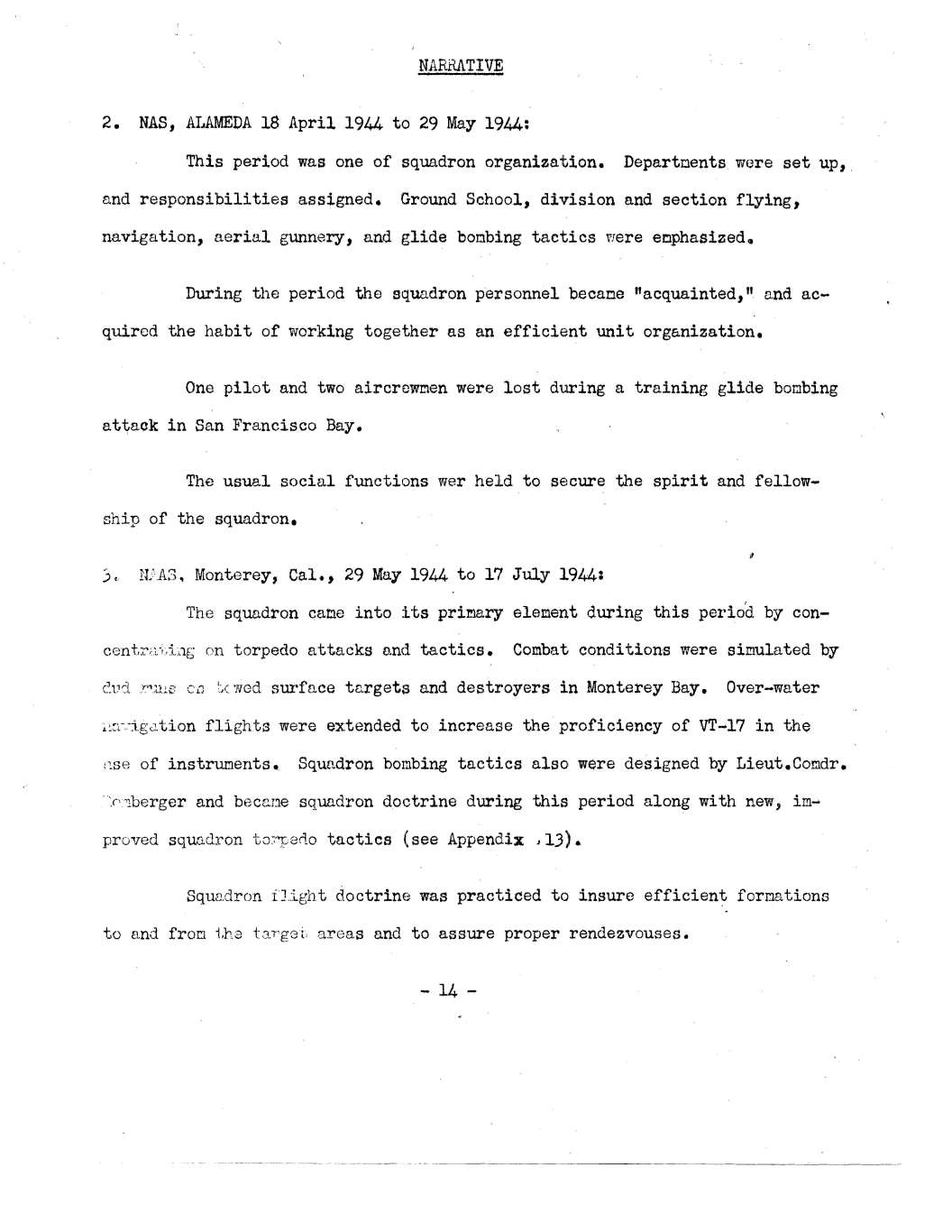
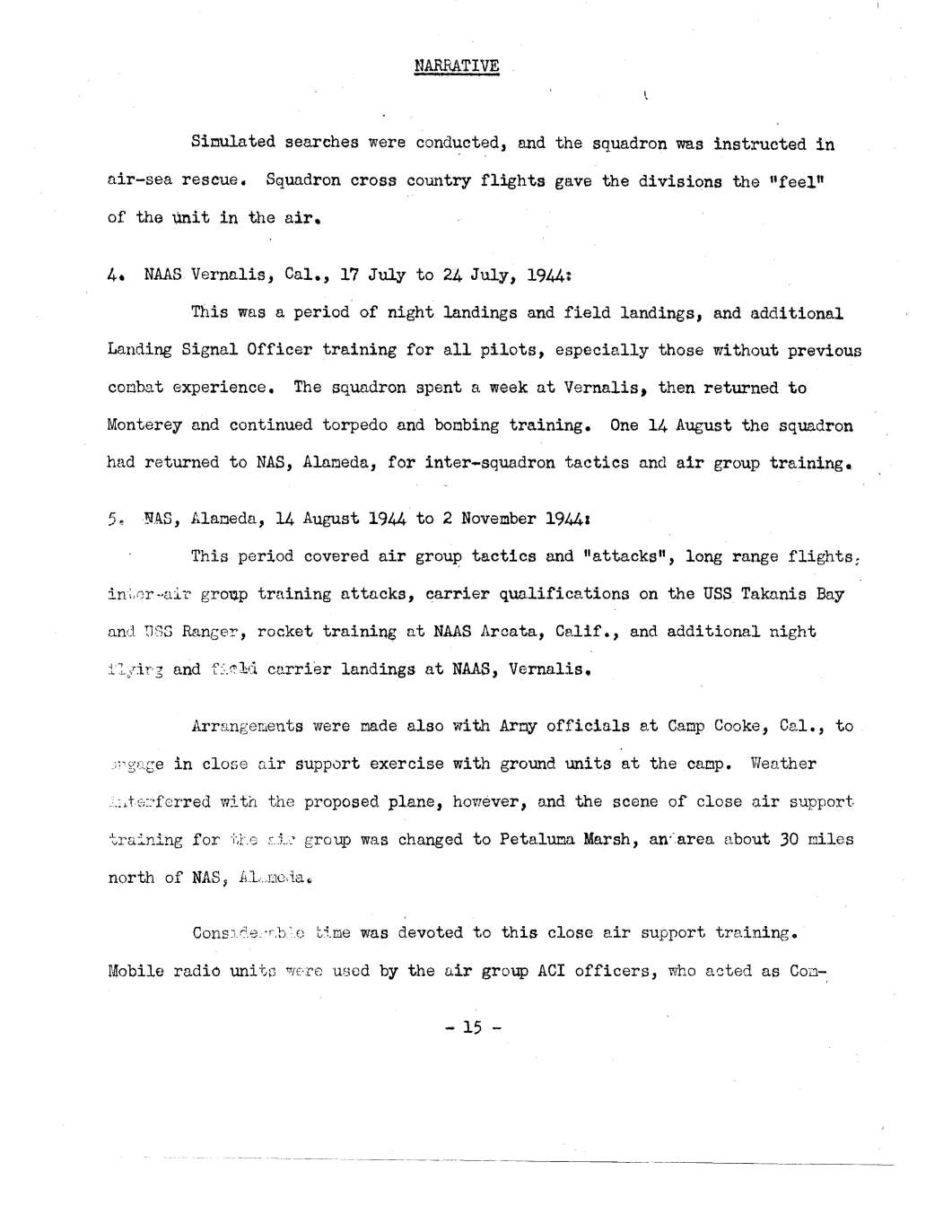
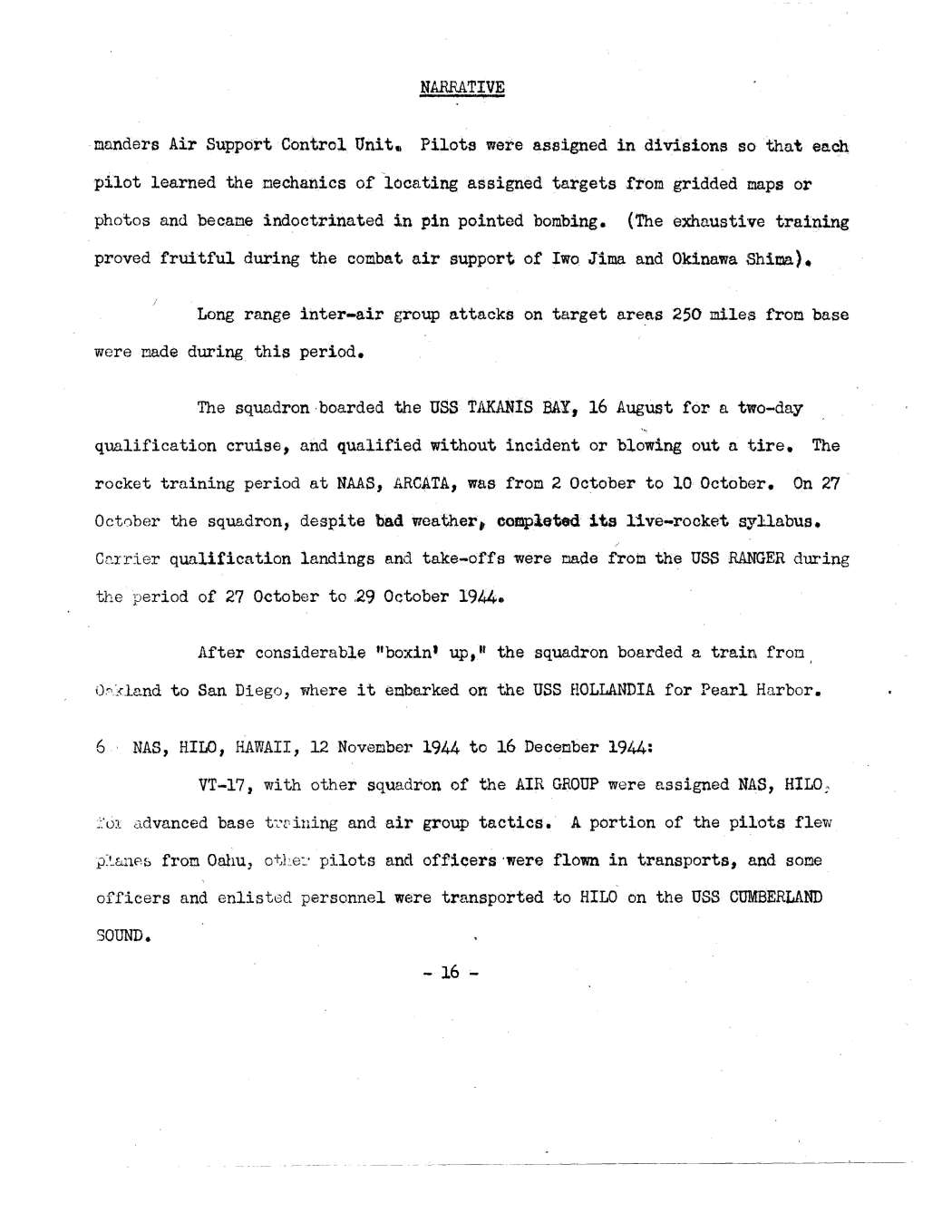










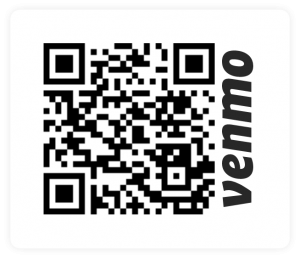 Donations appreciated.
Donations appreciated.